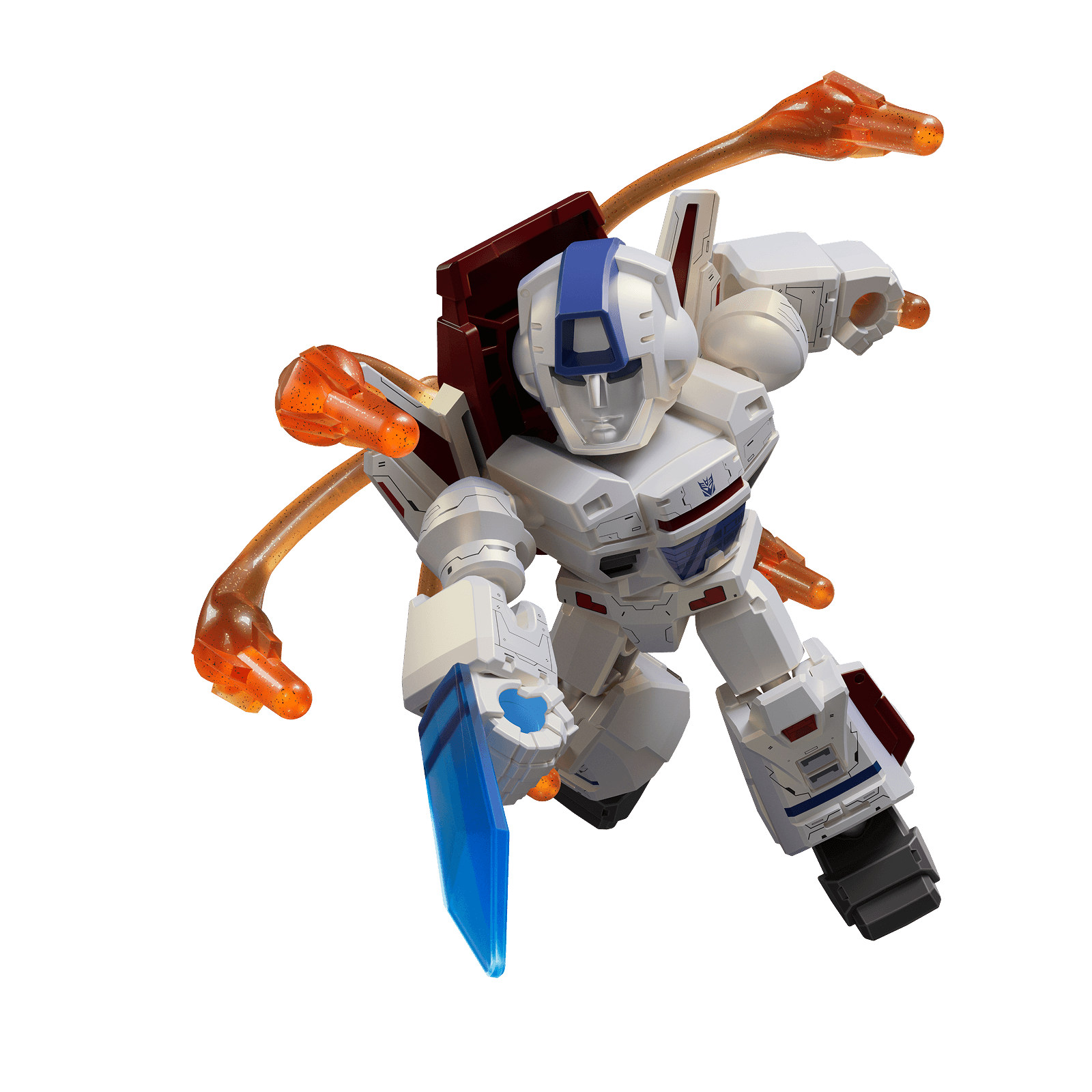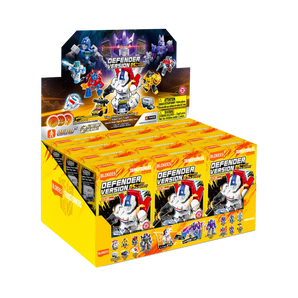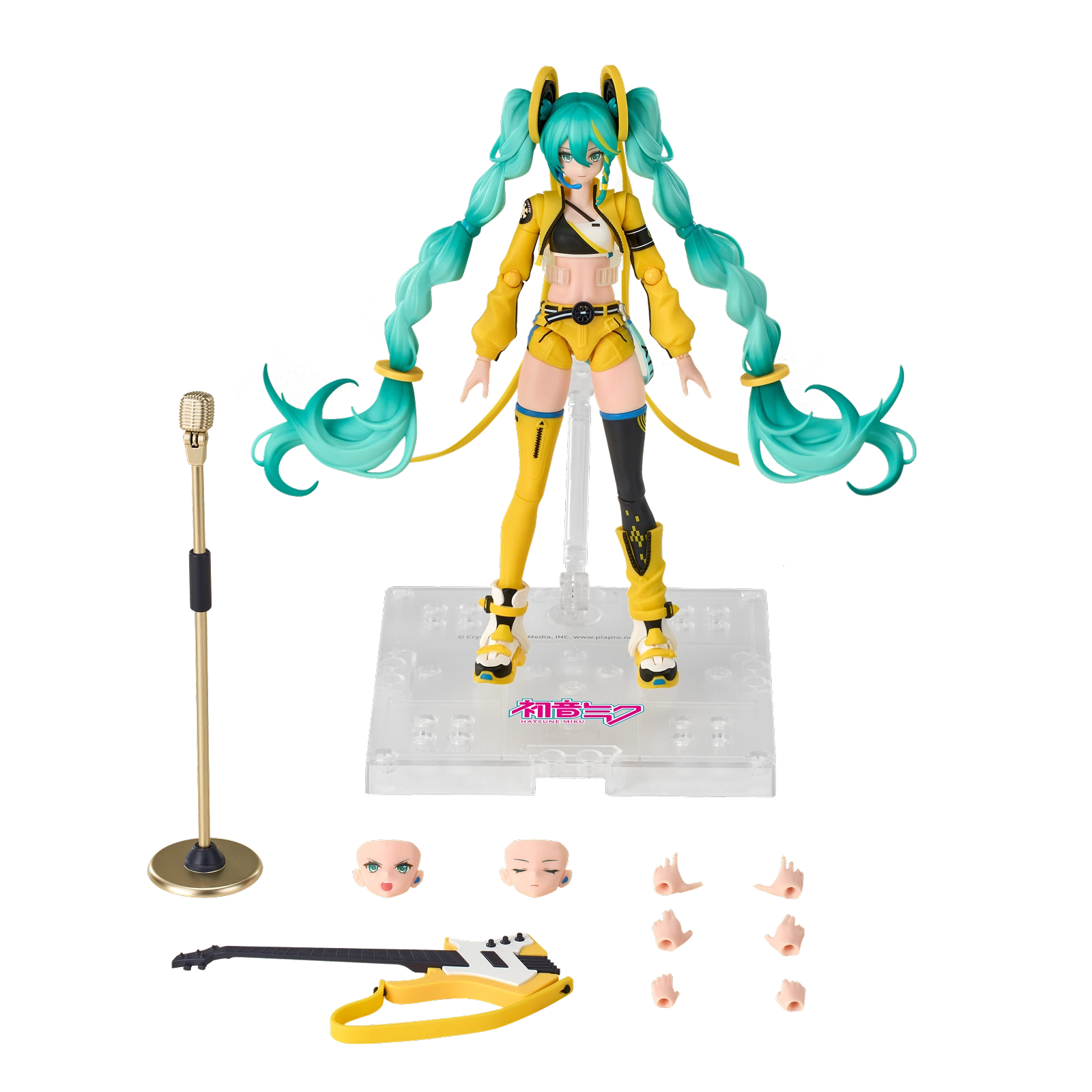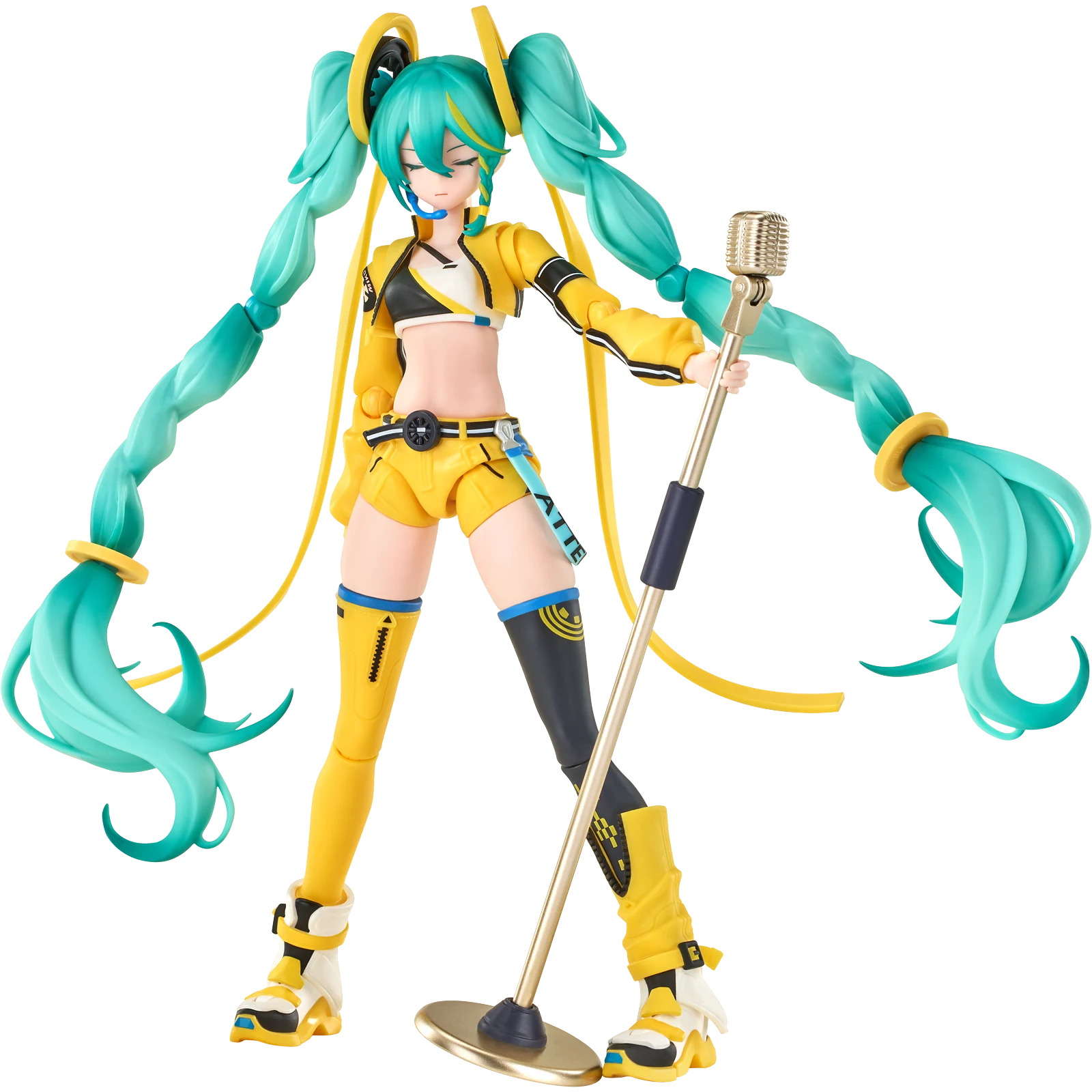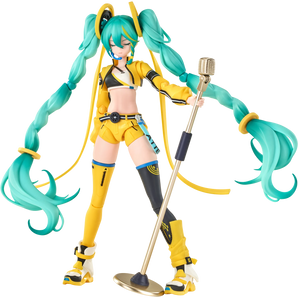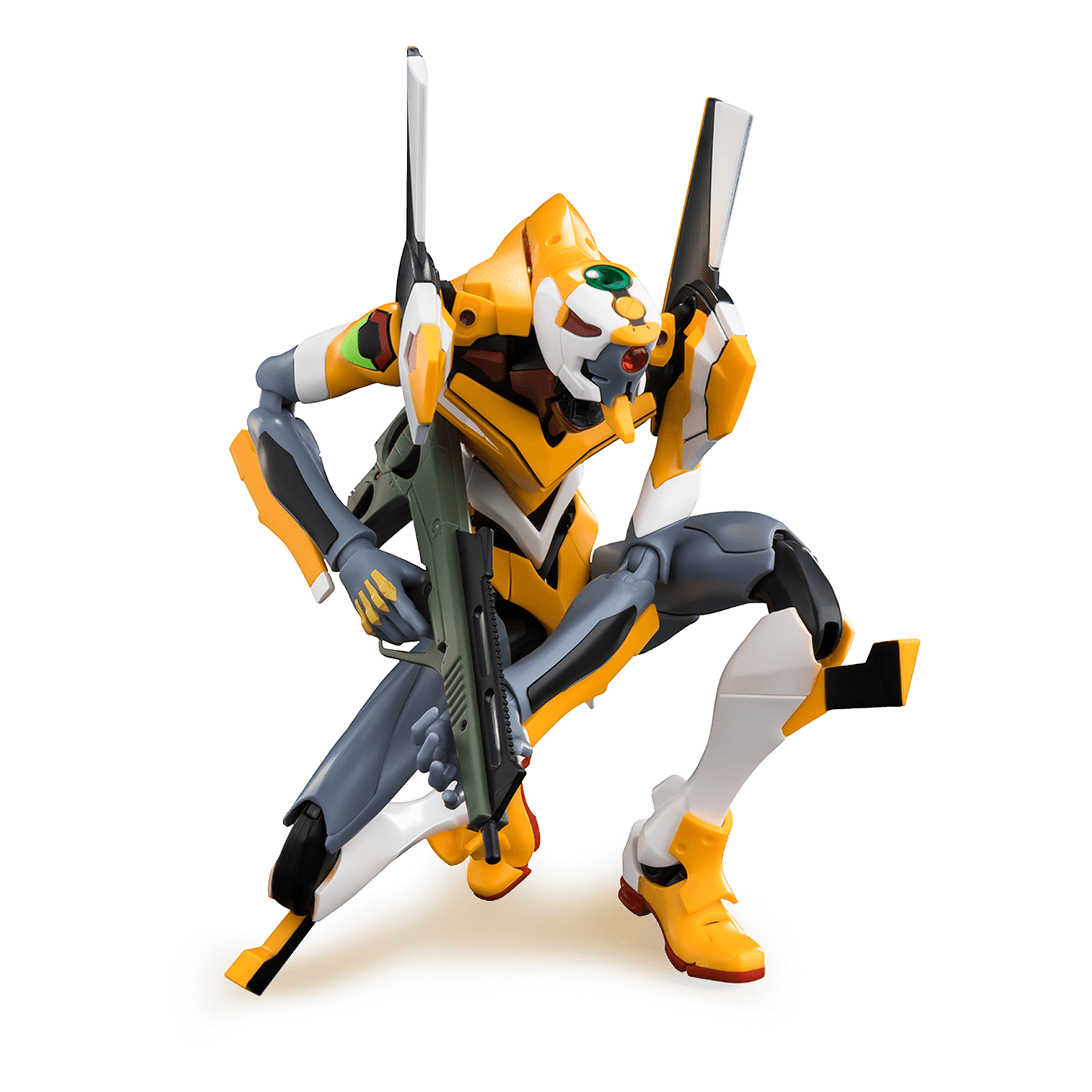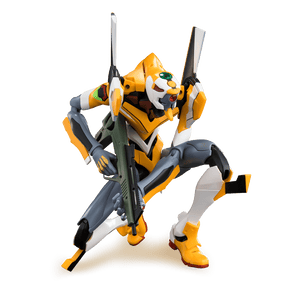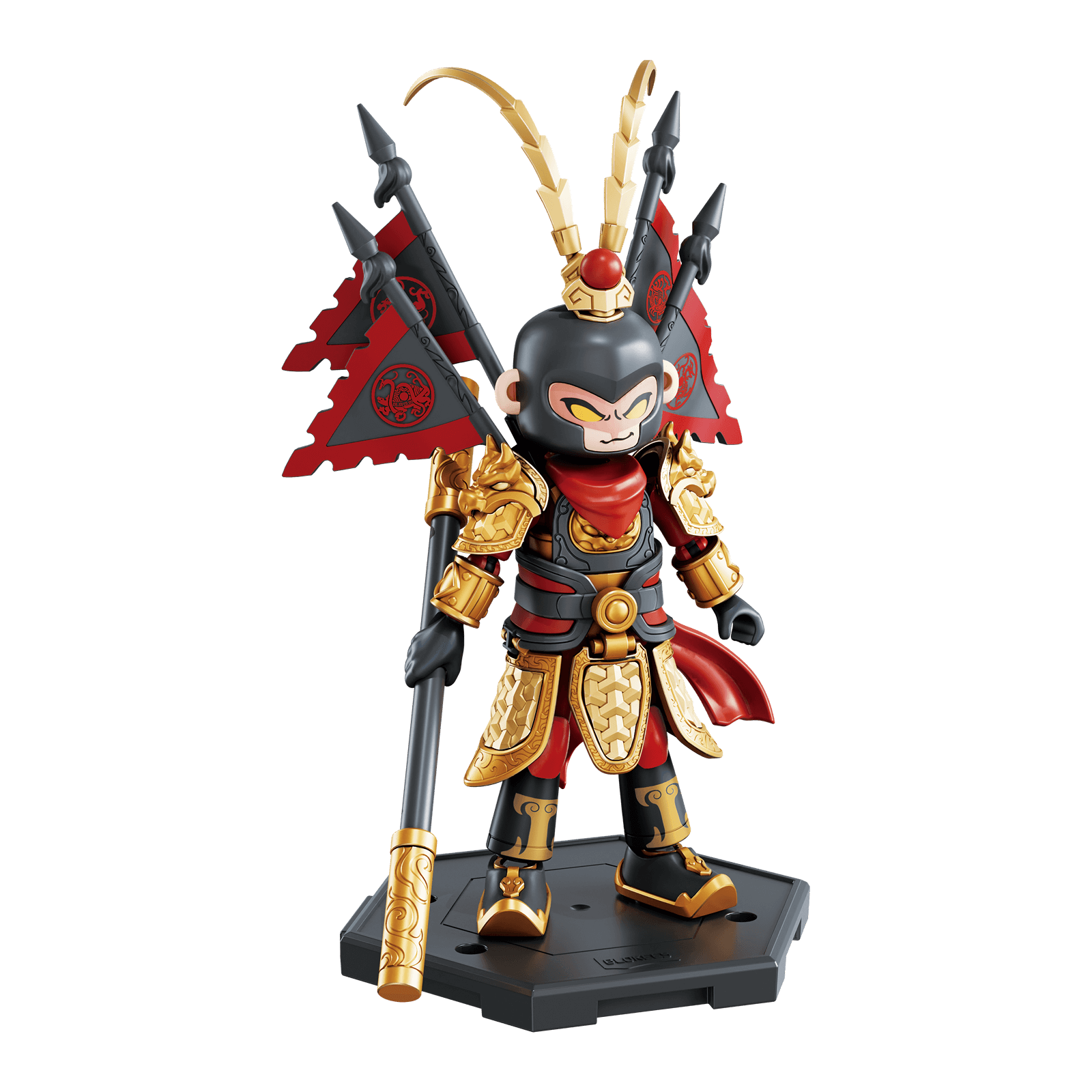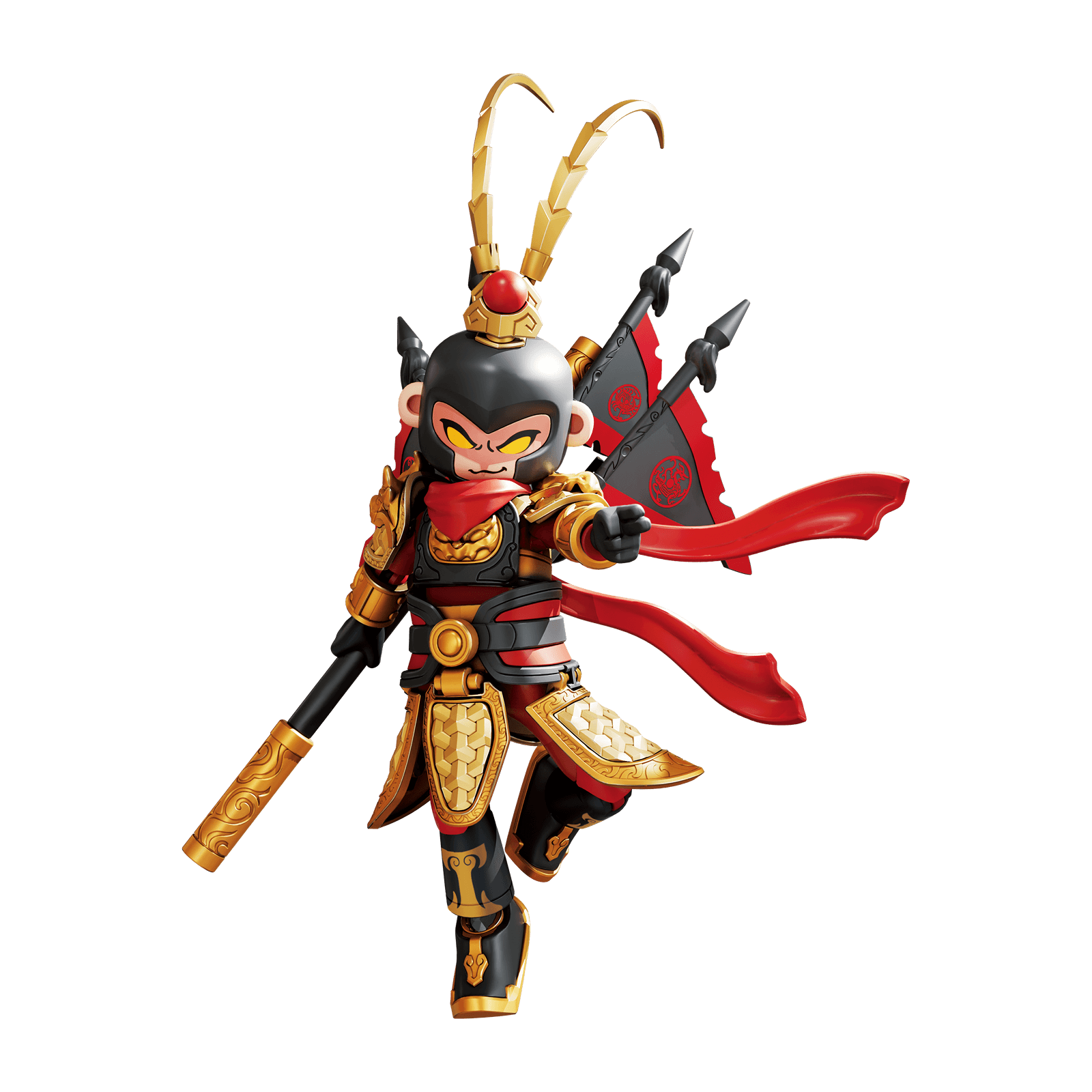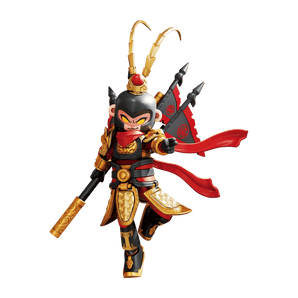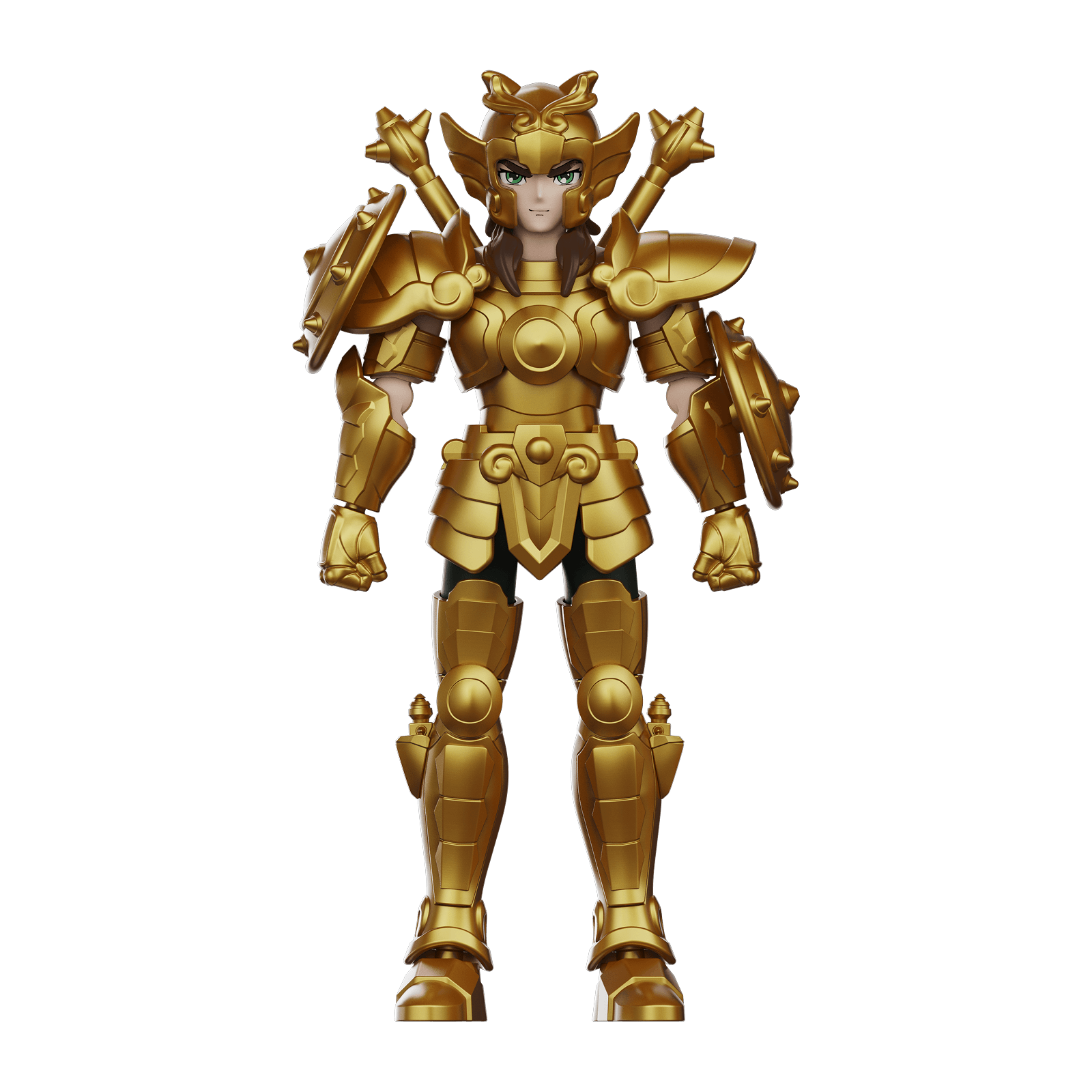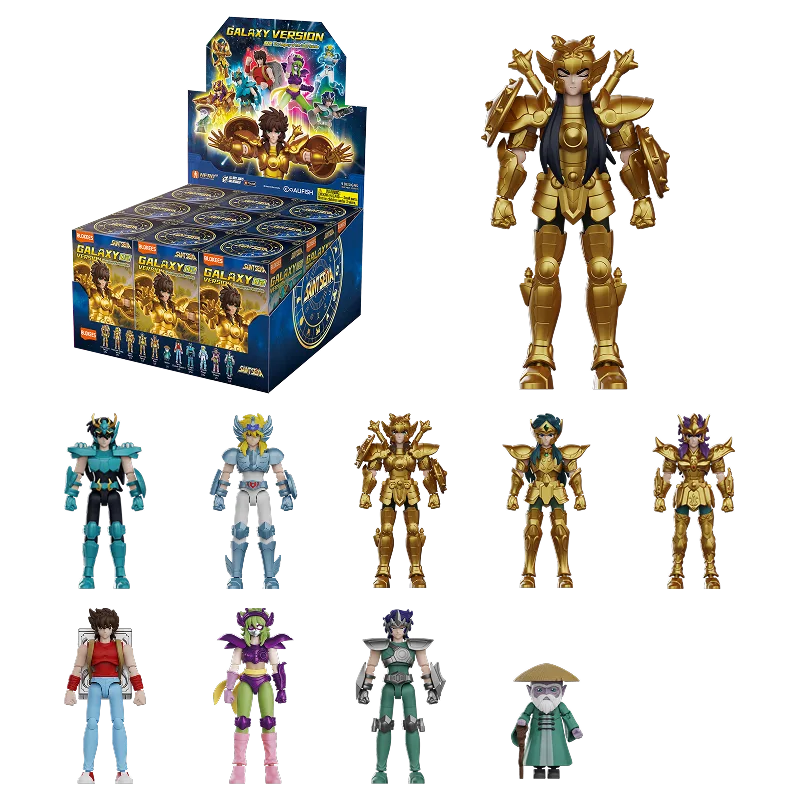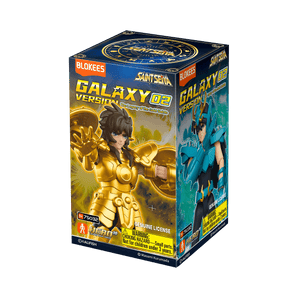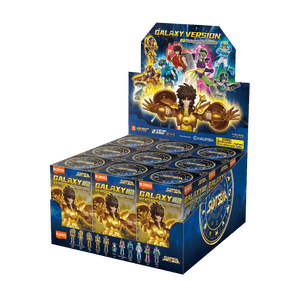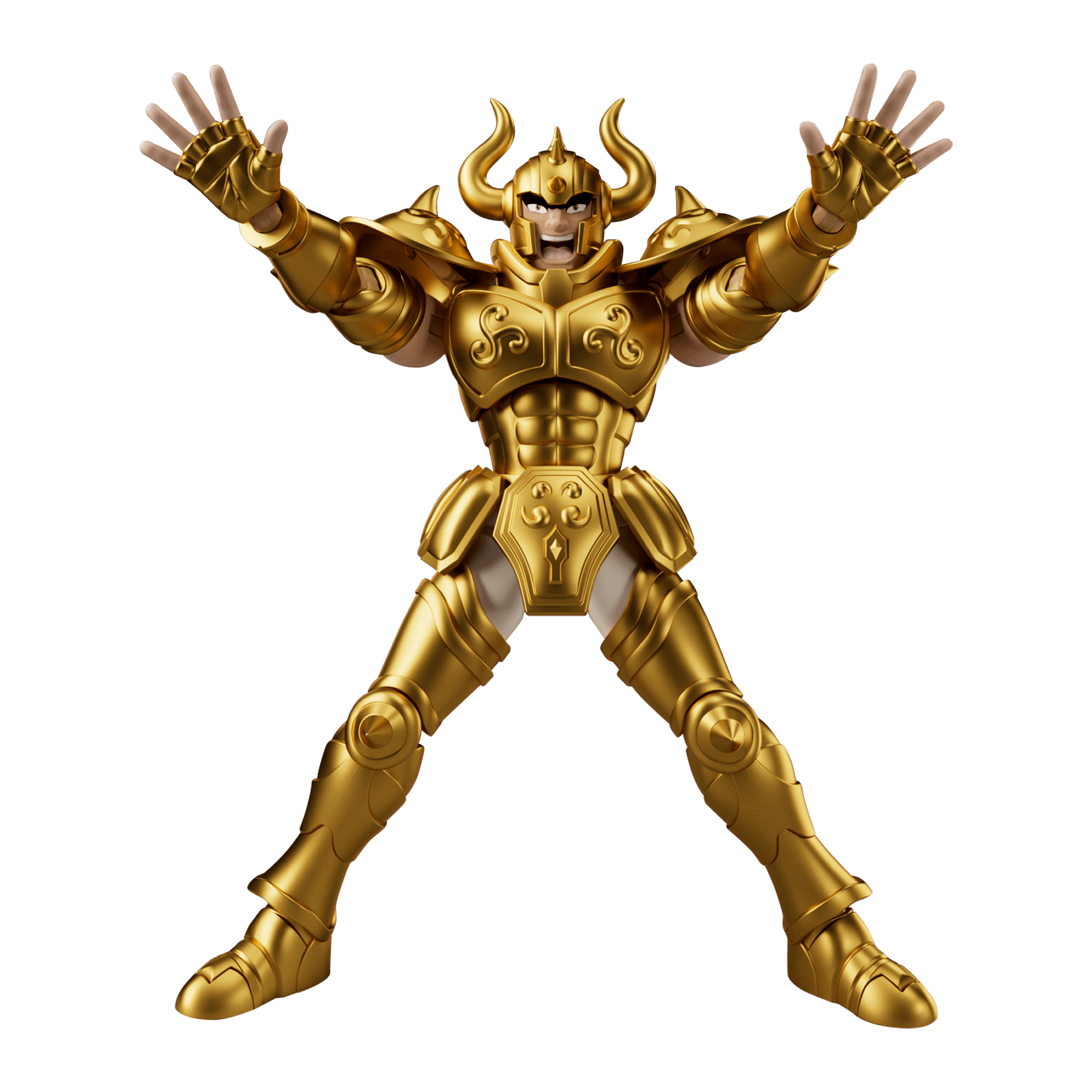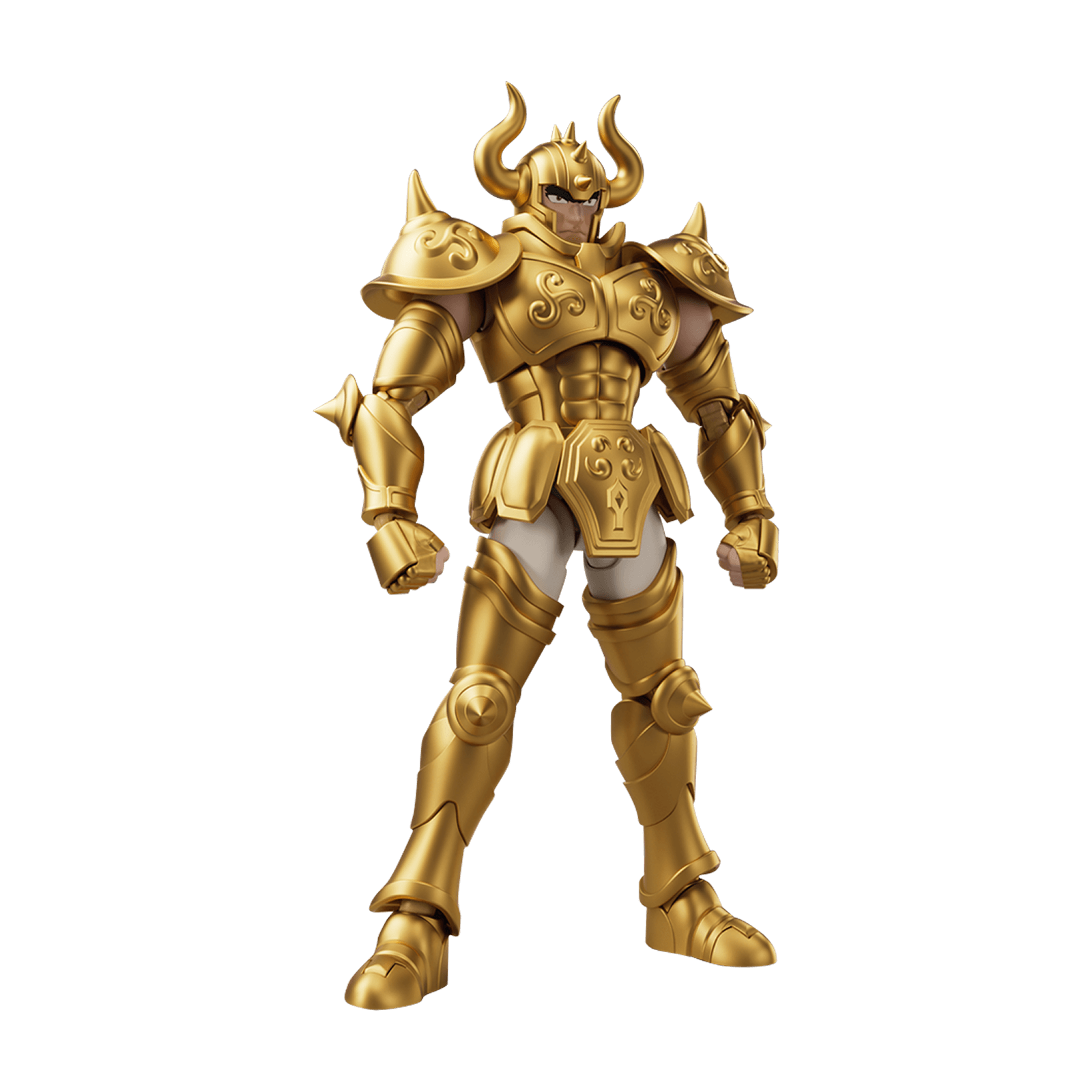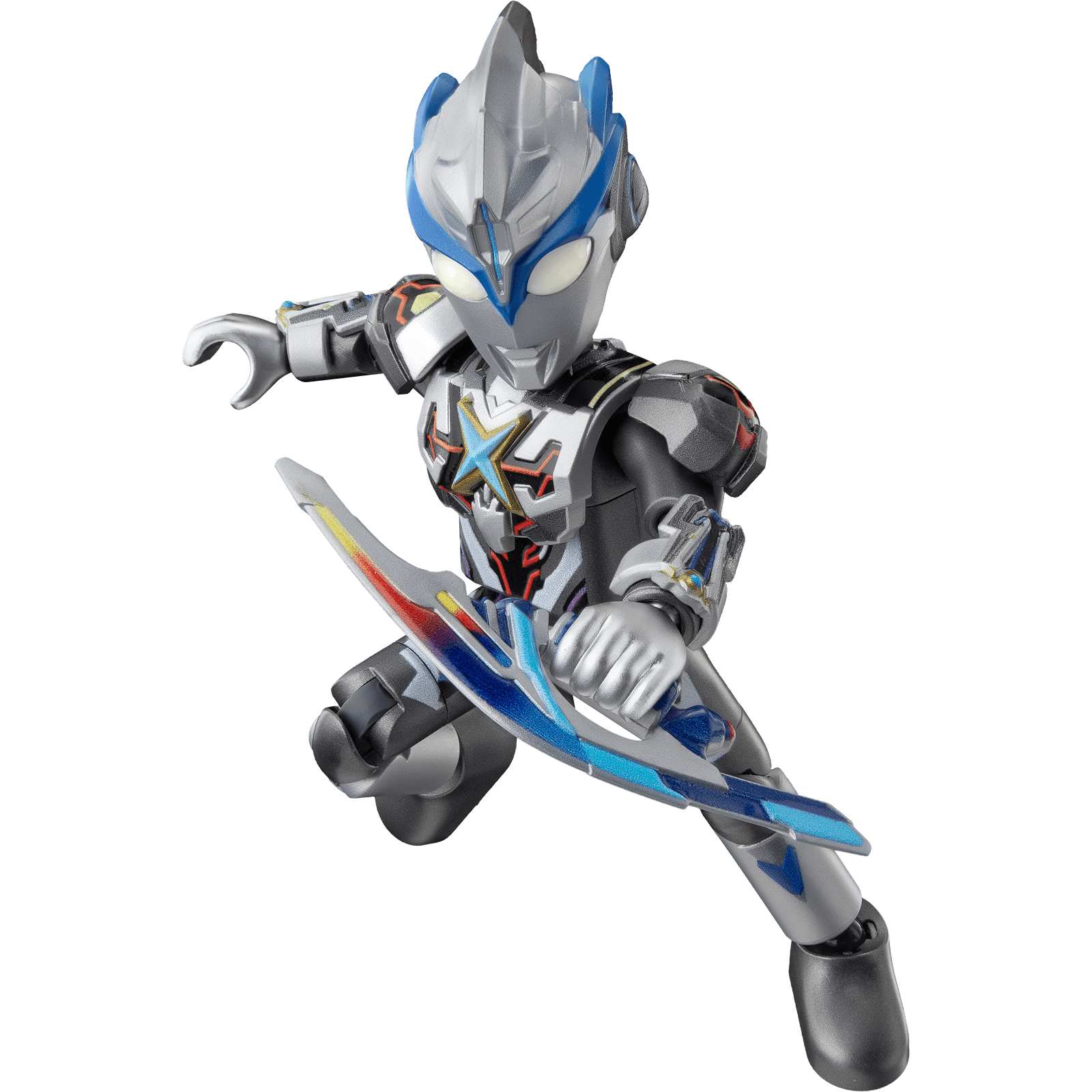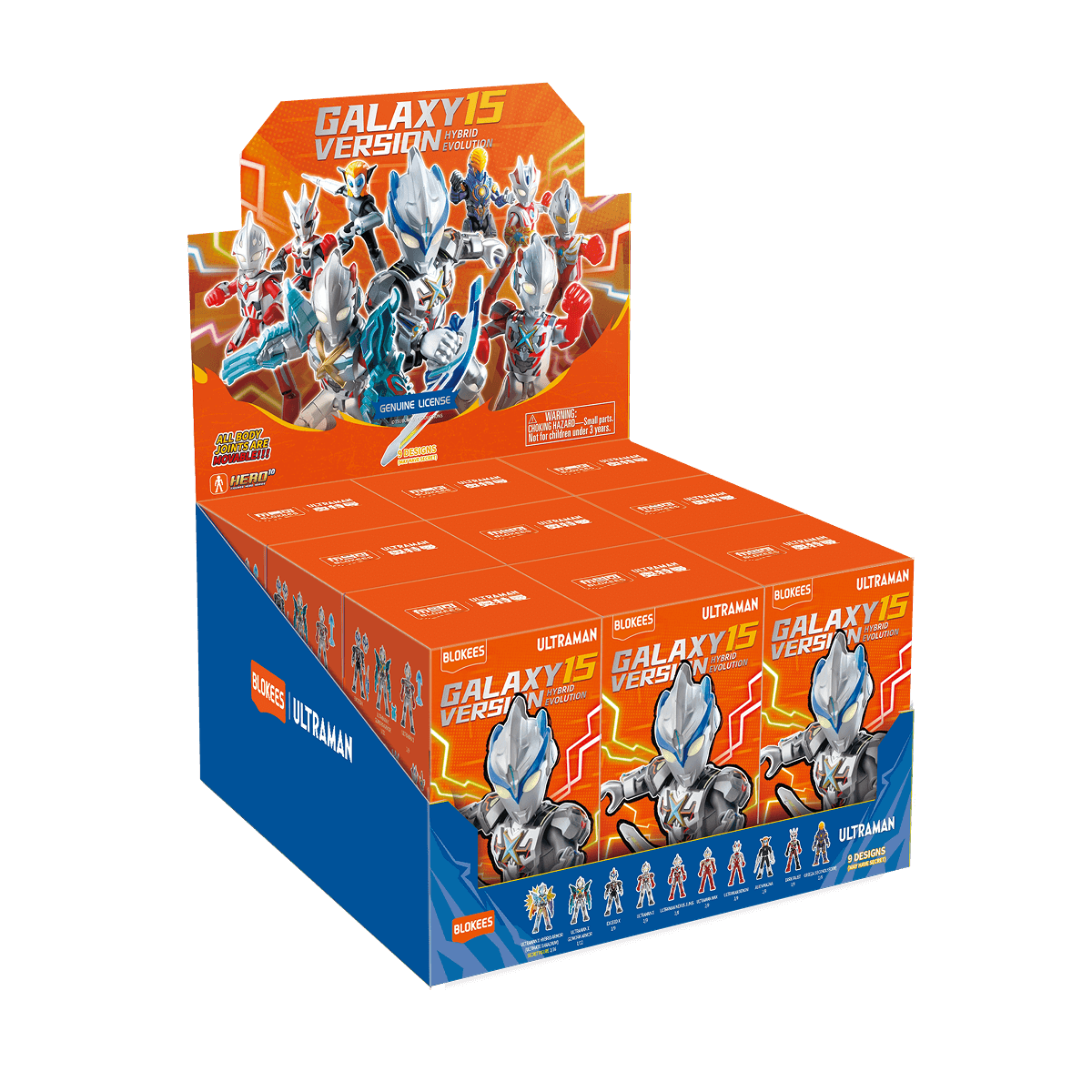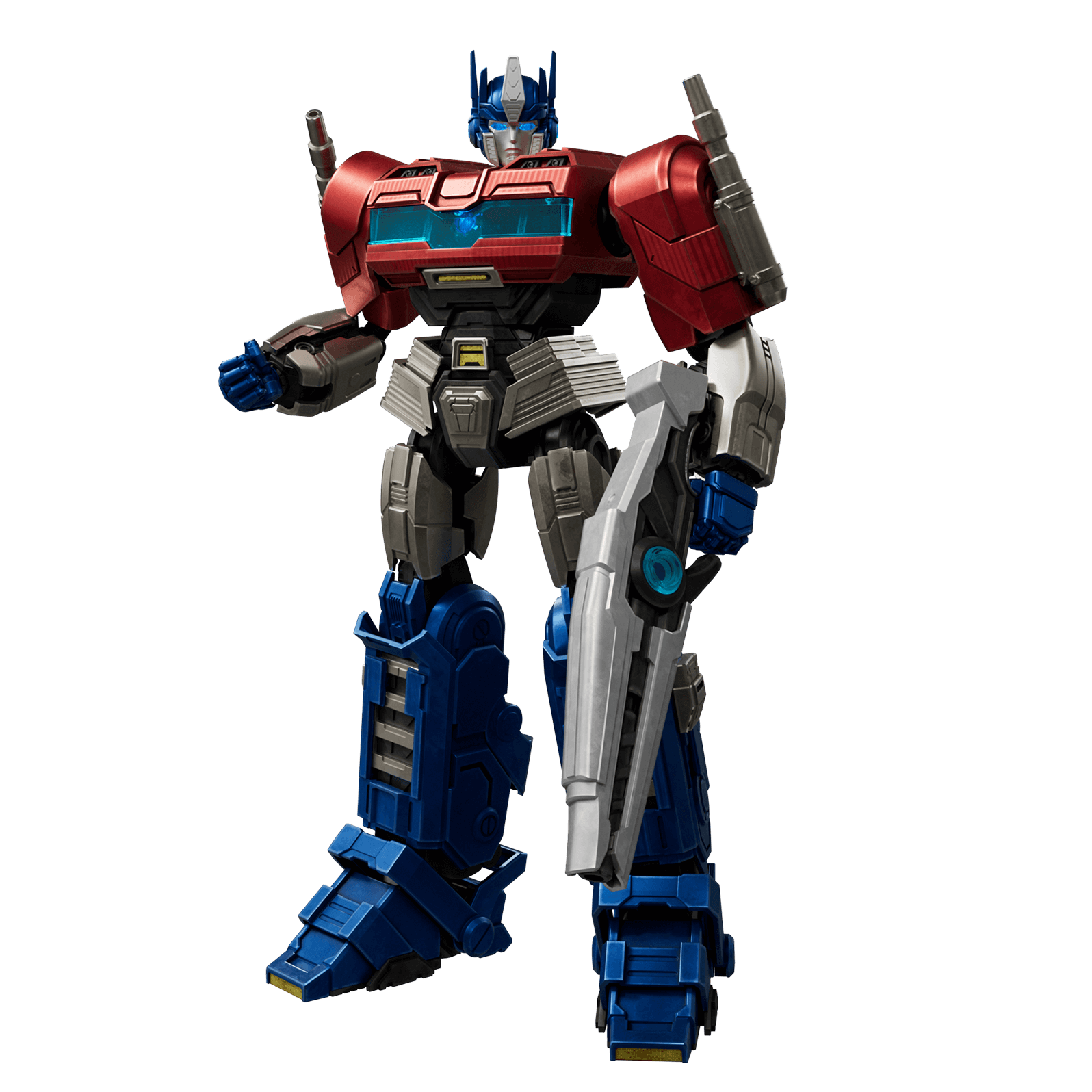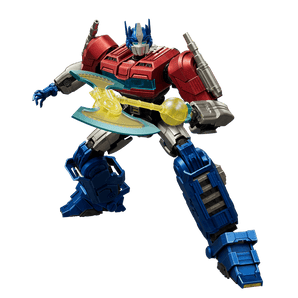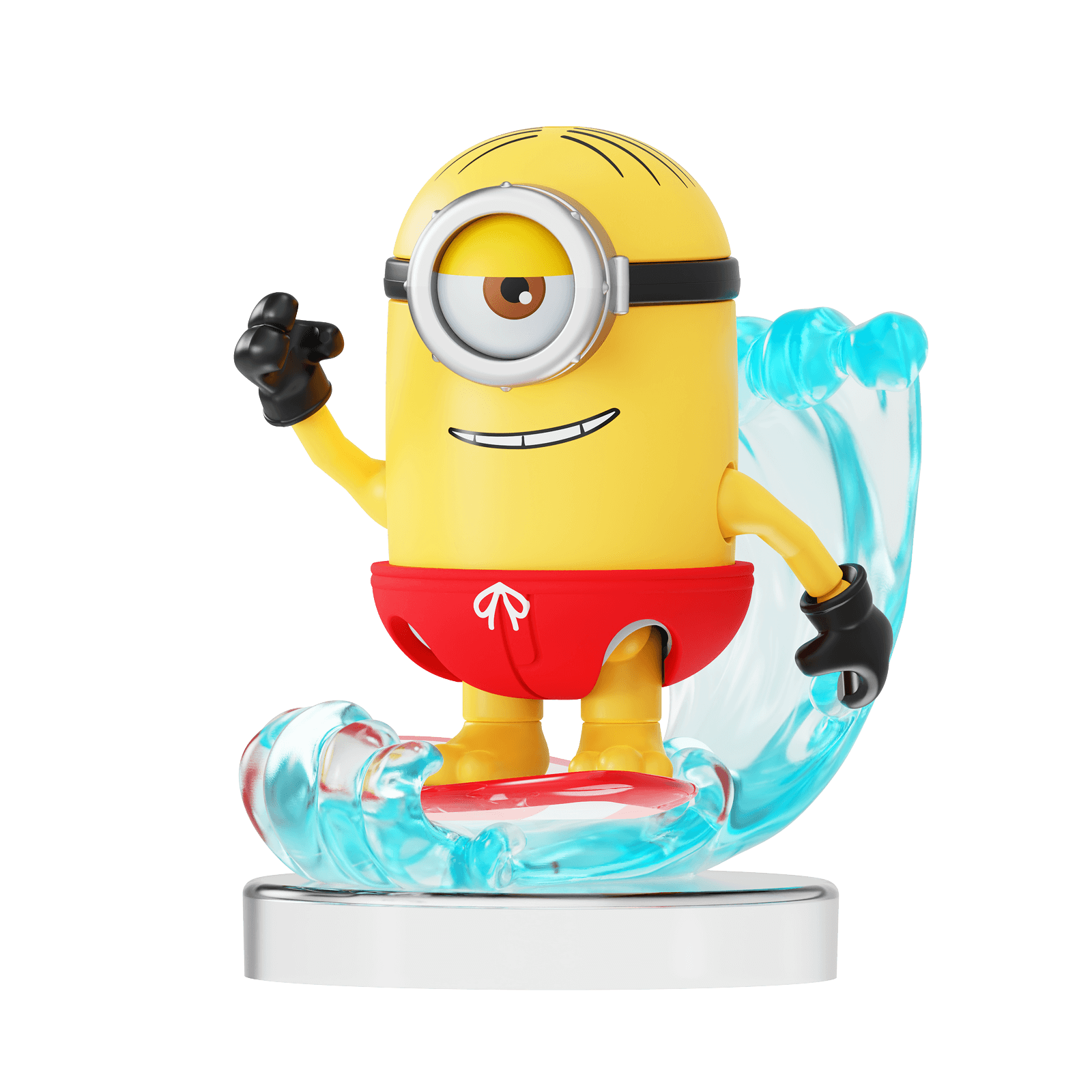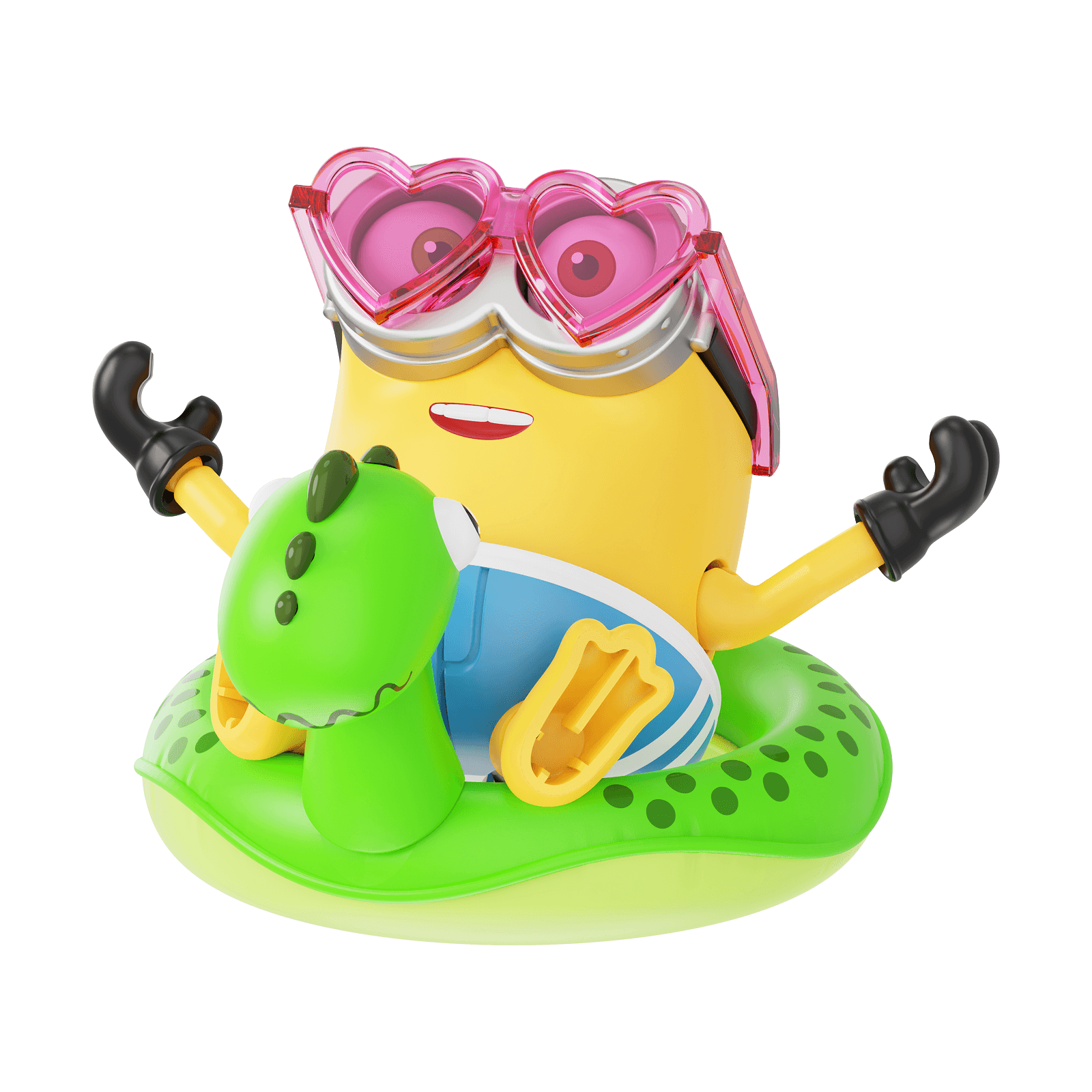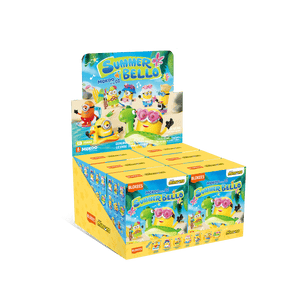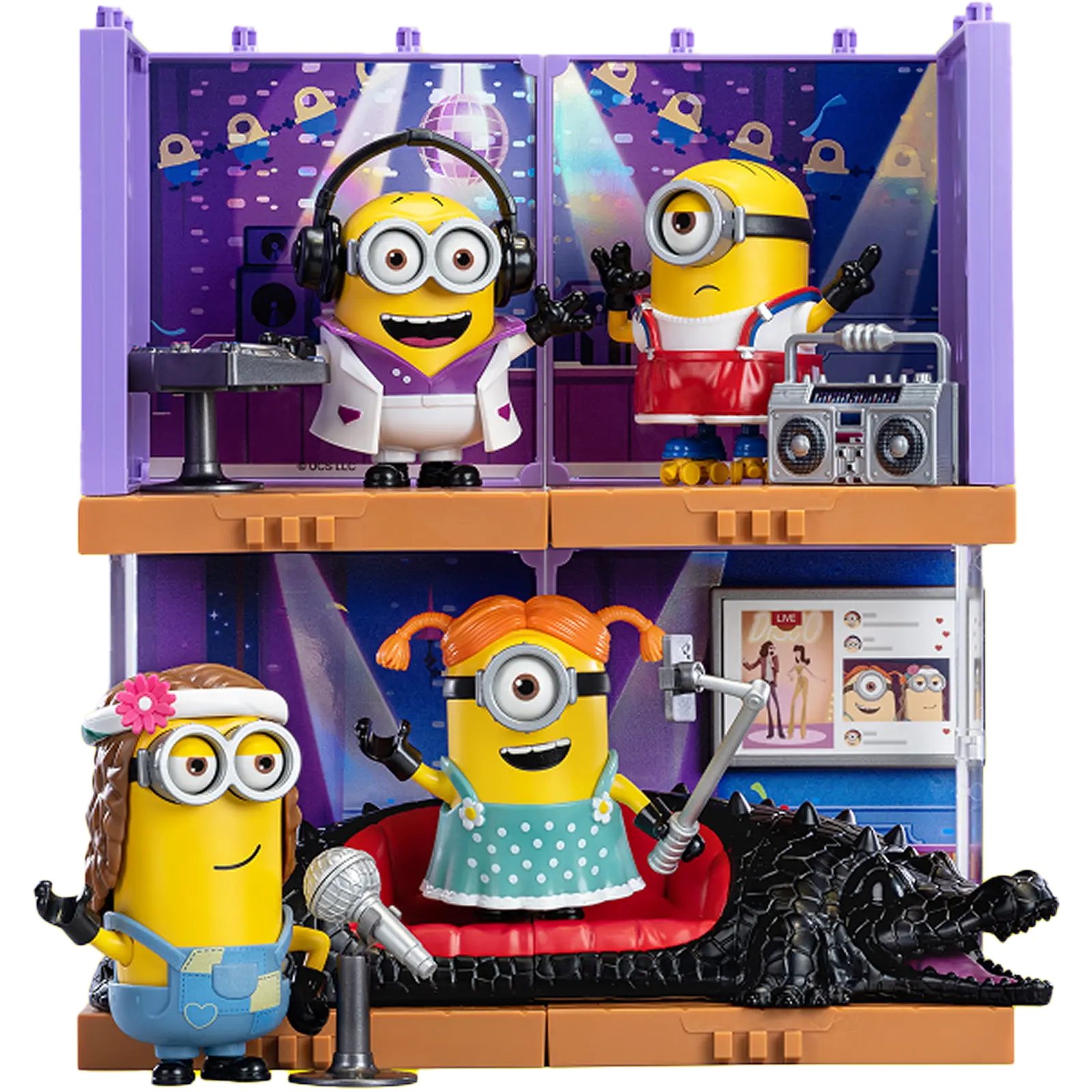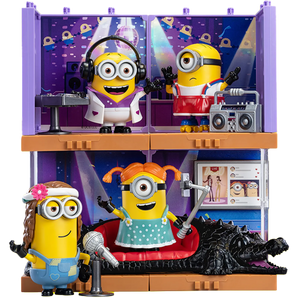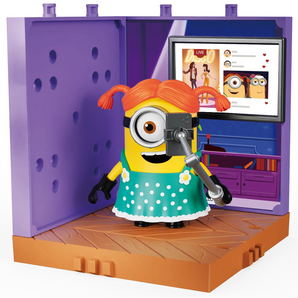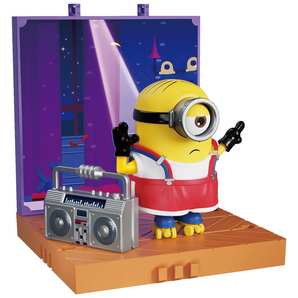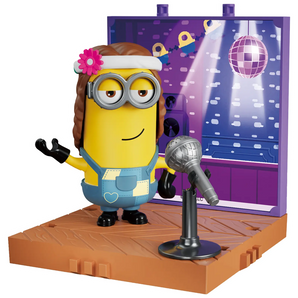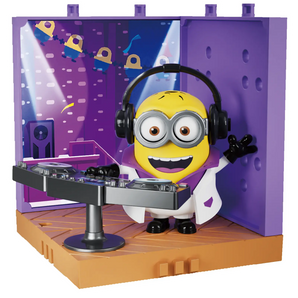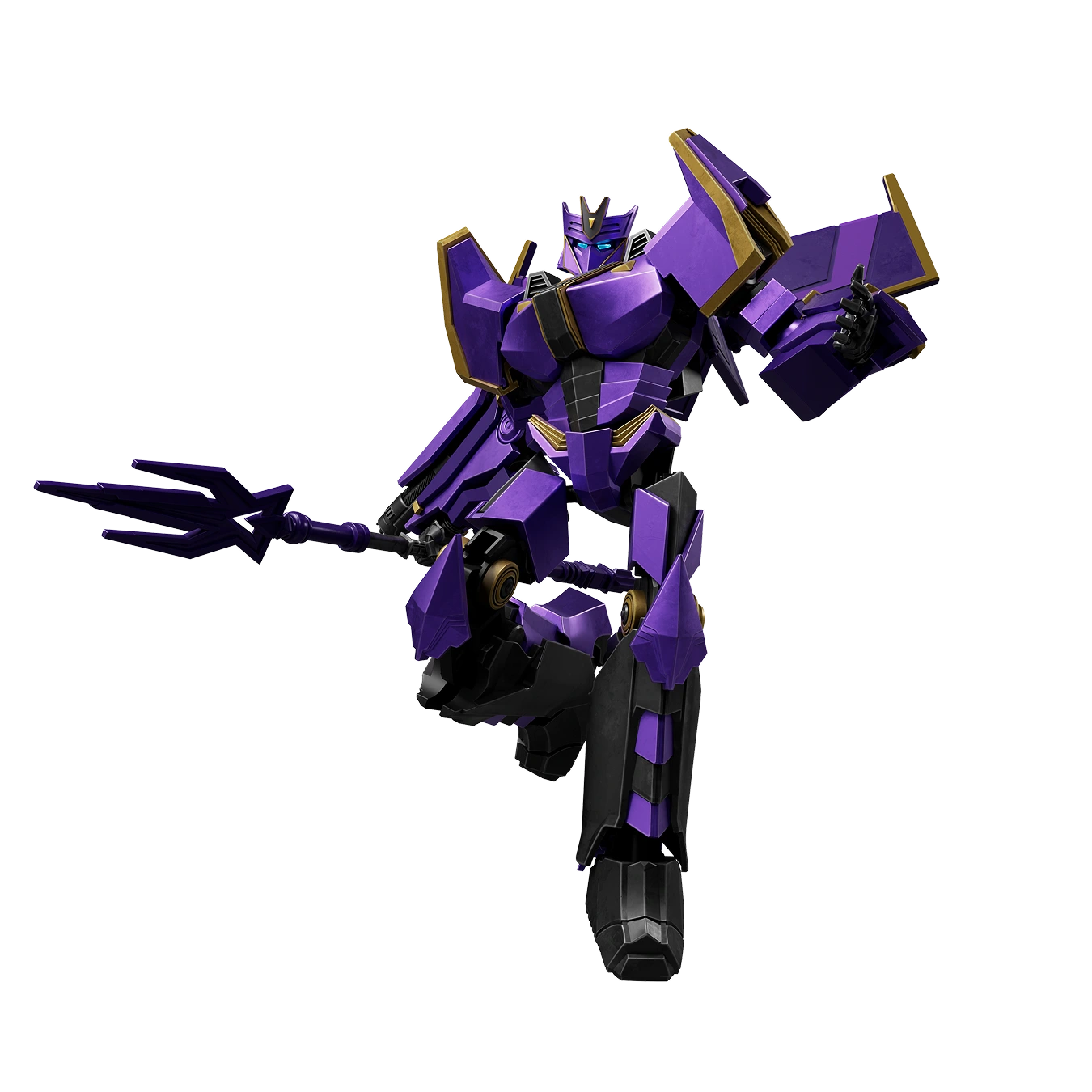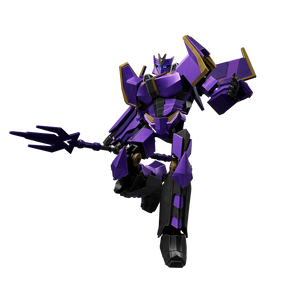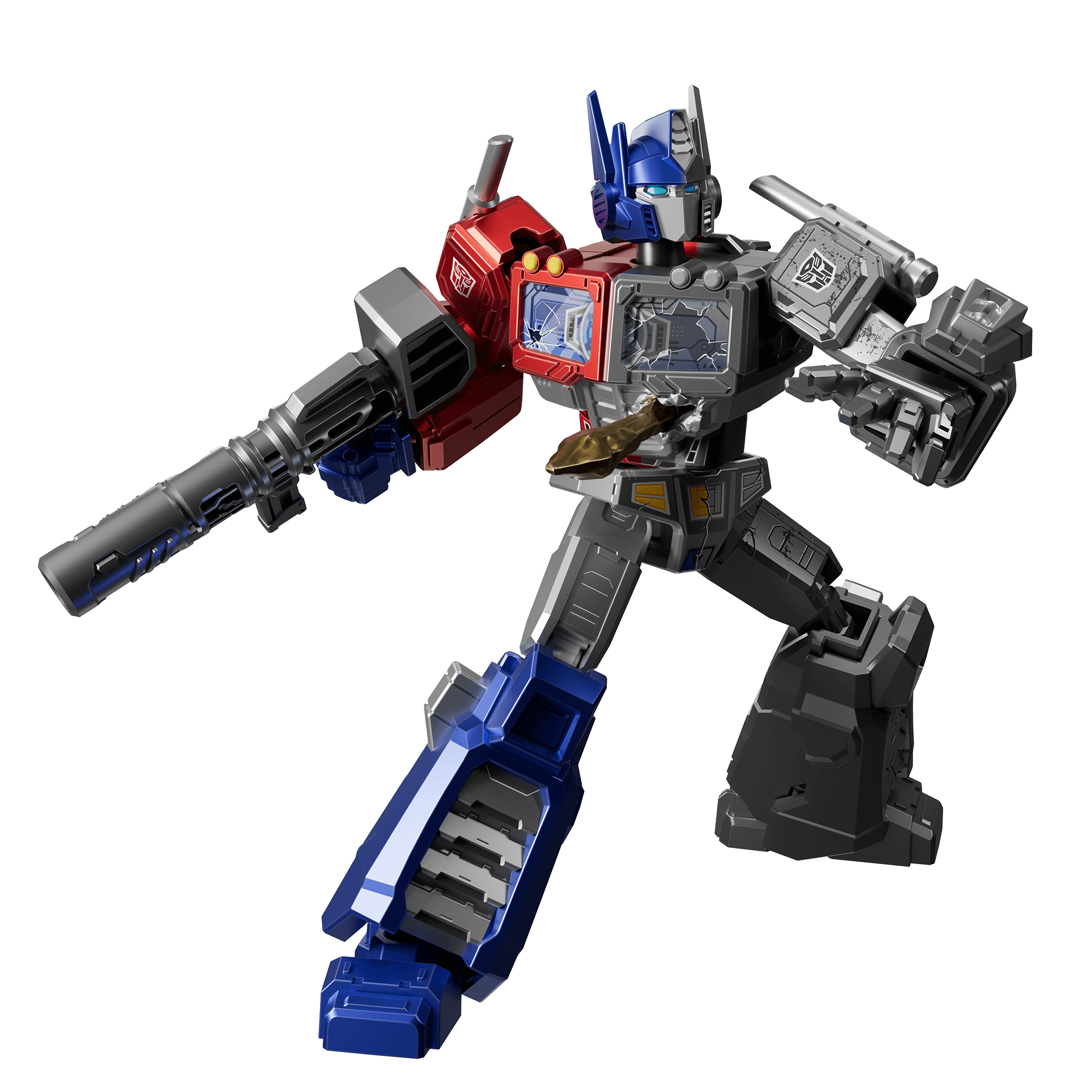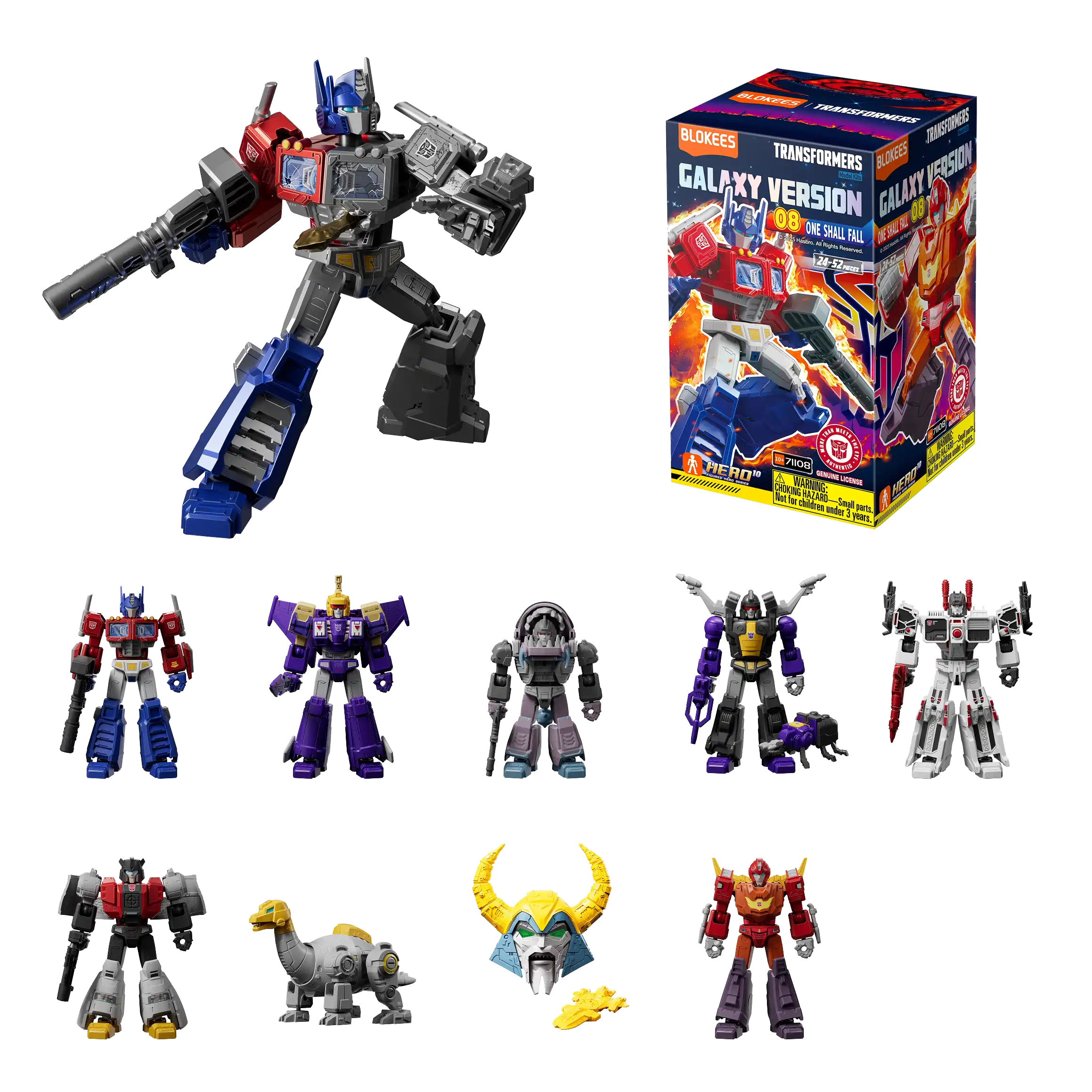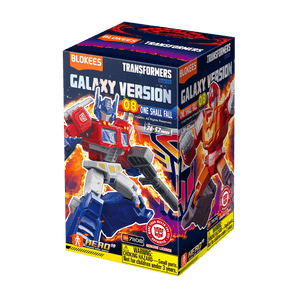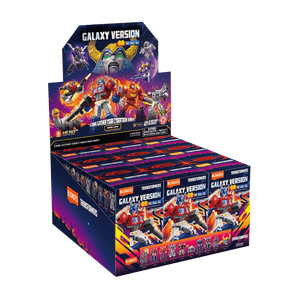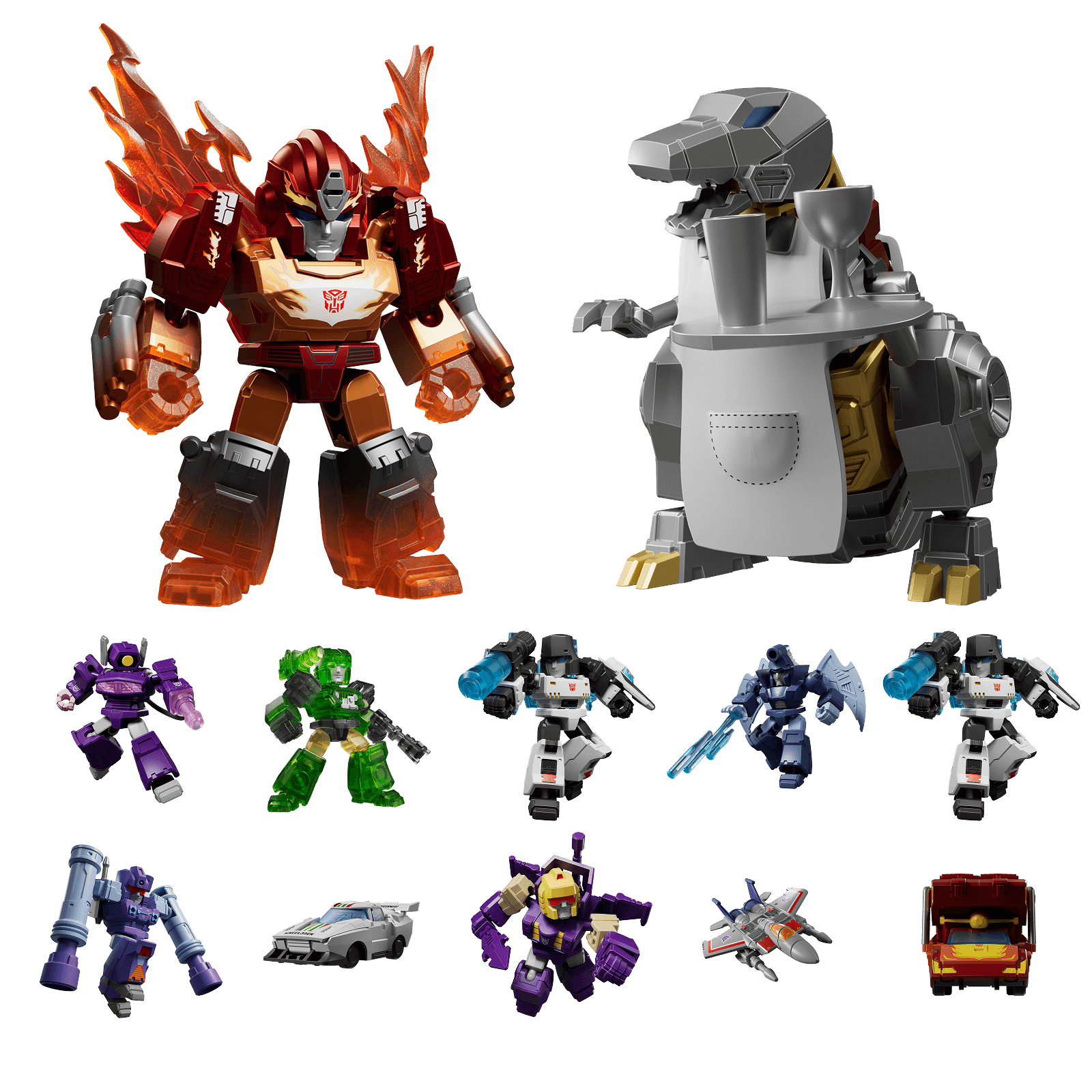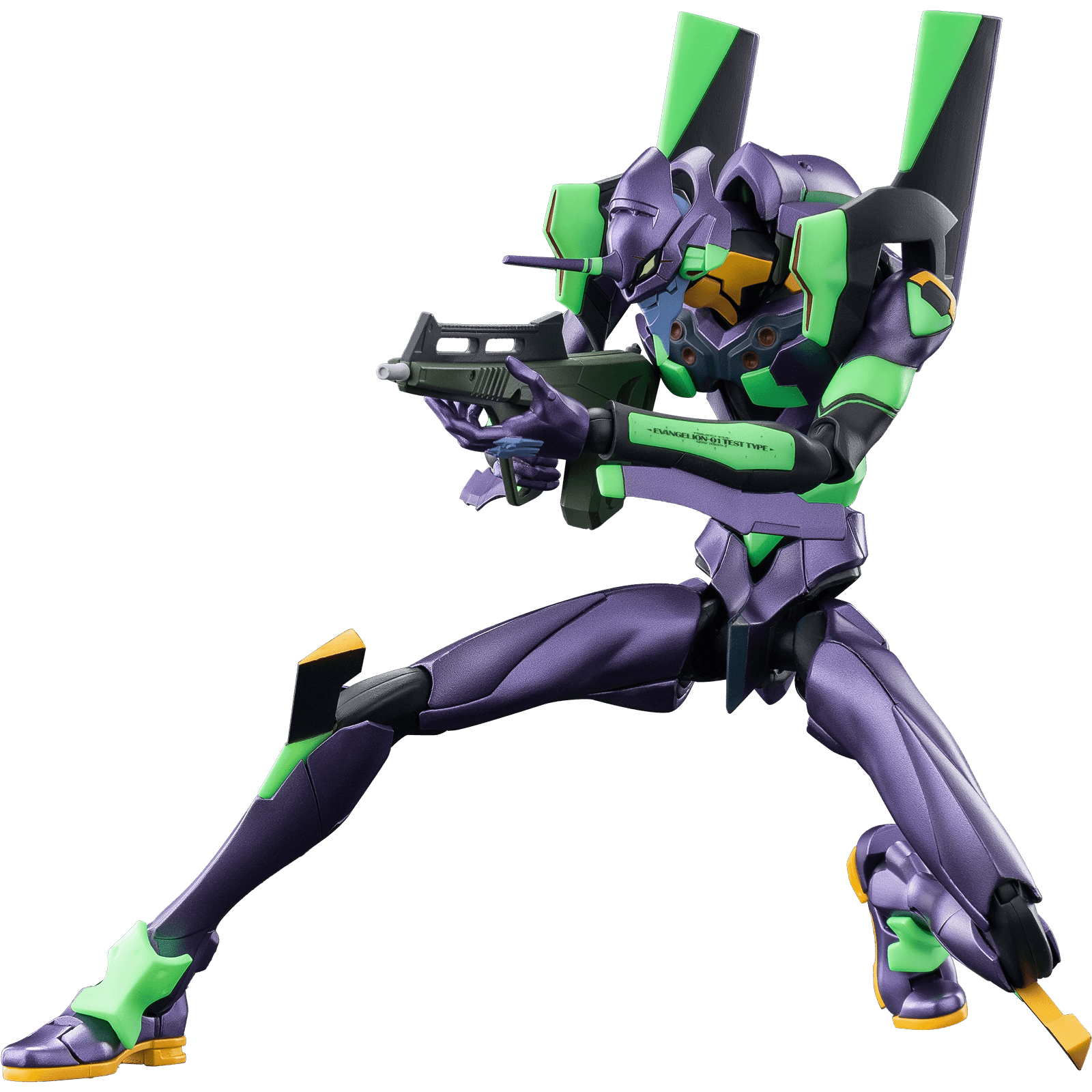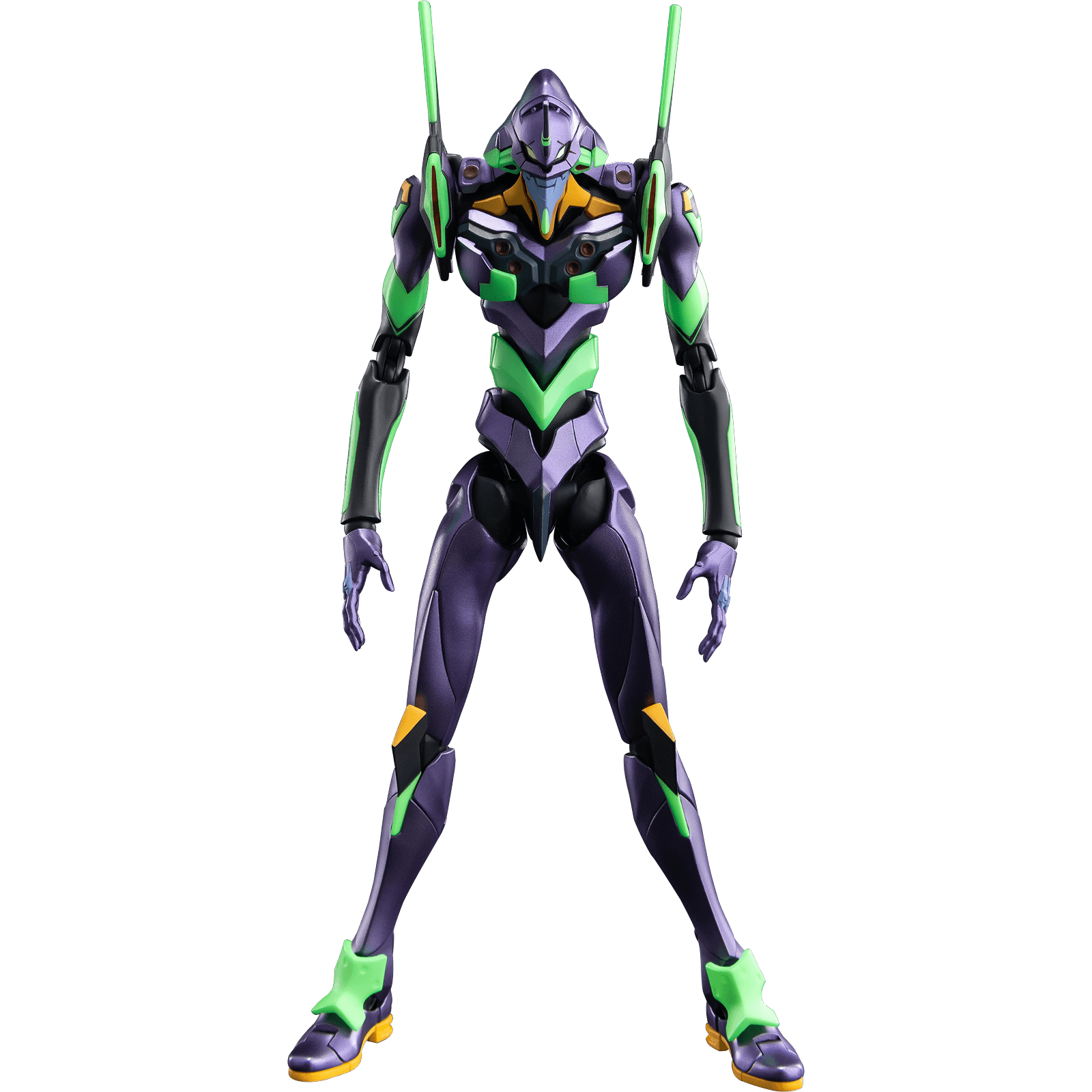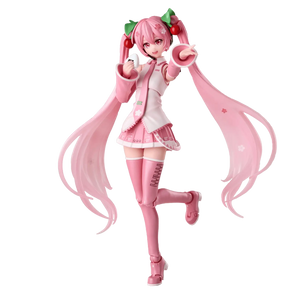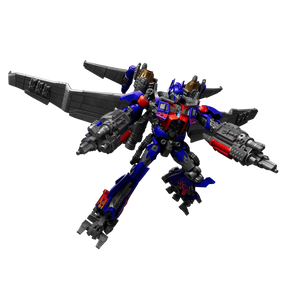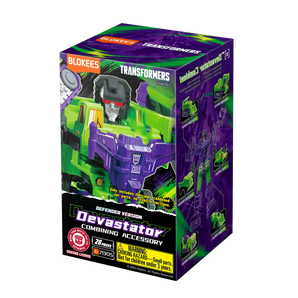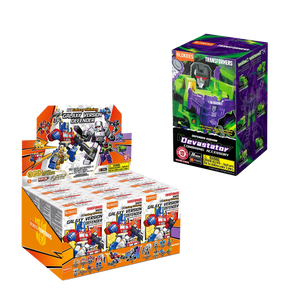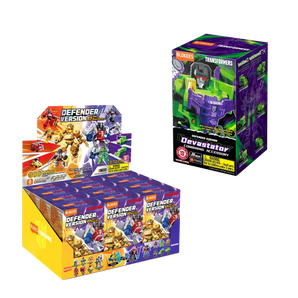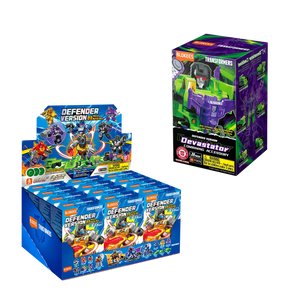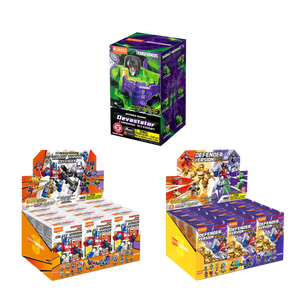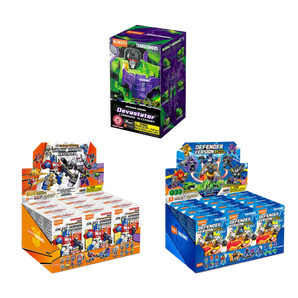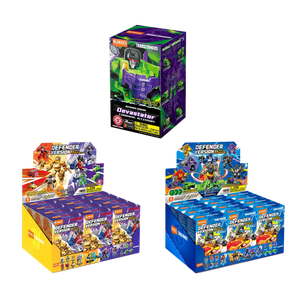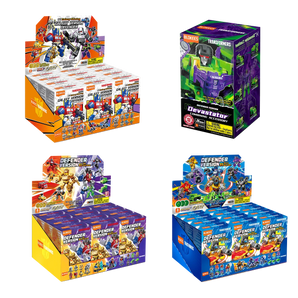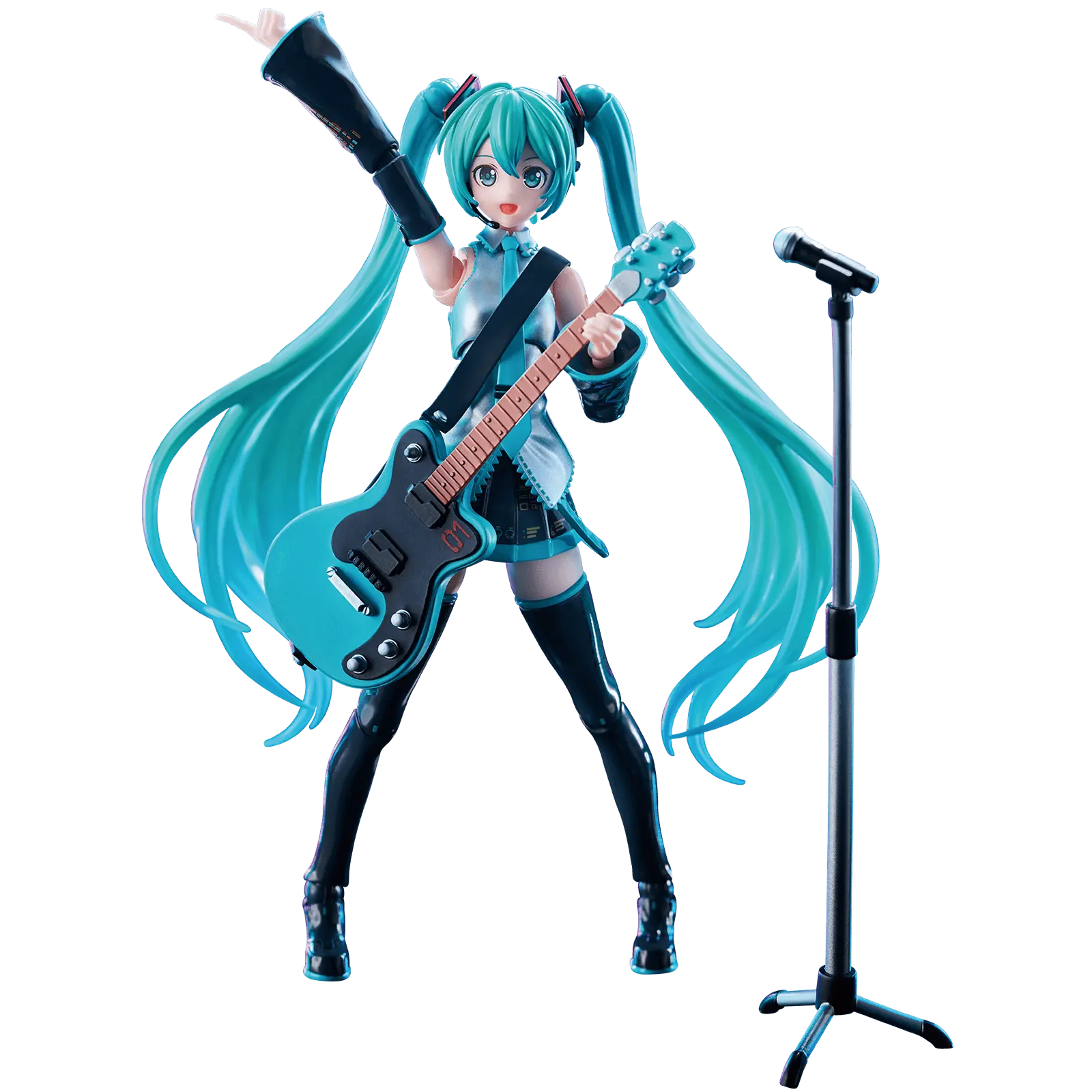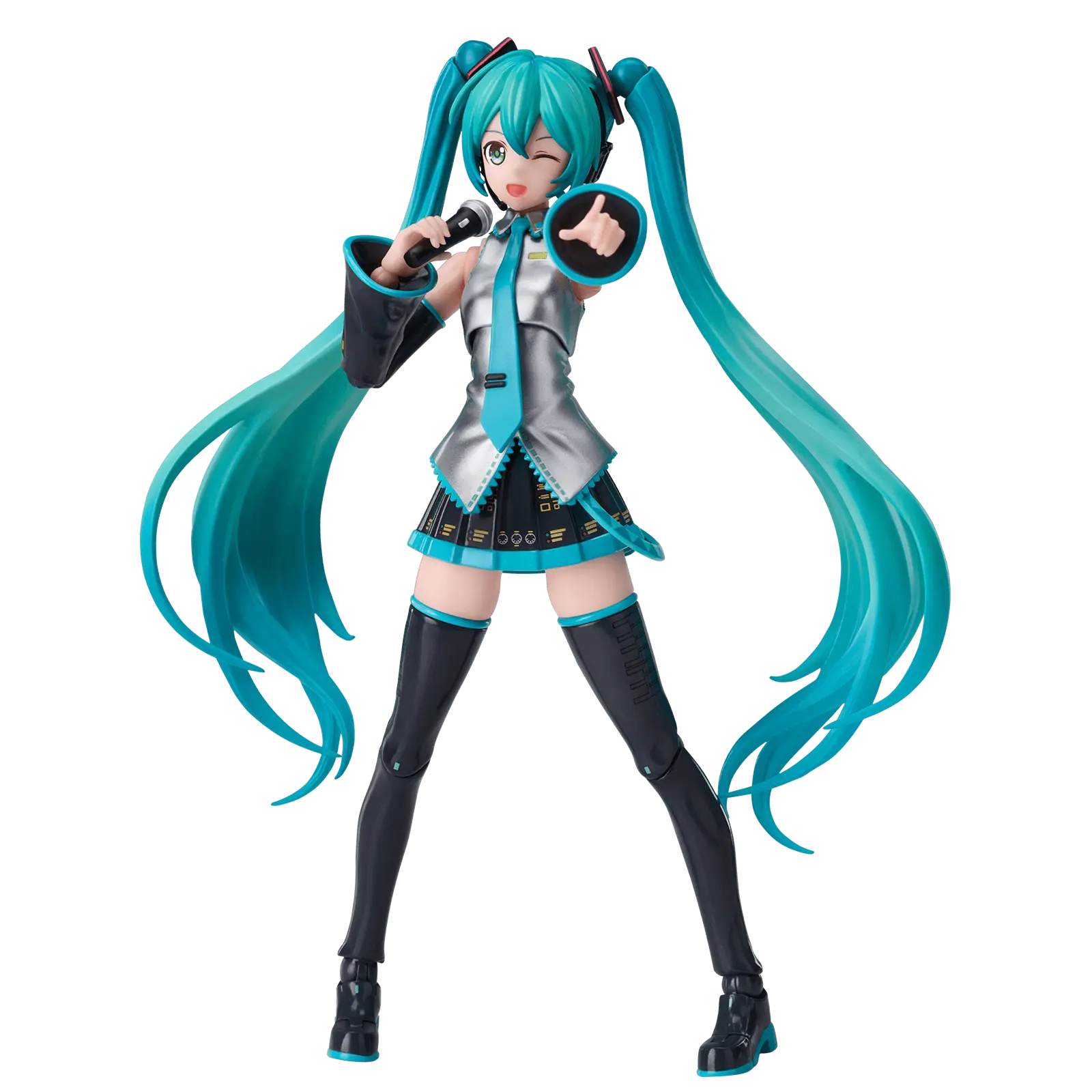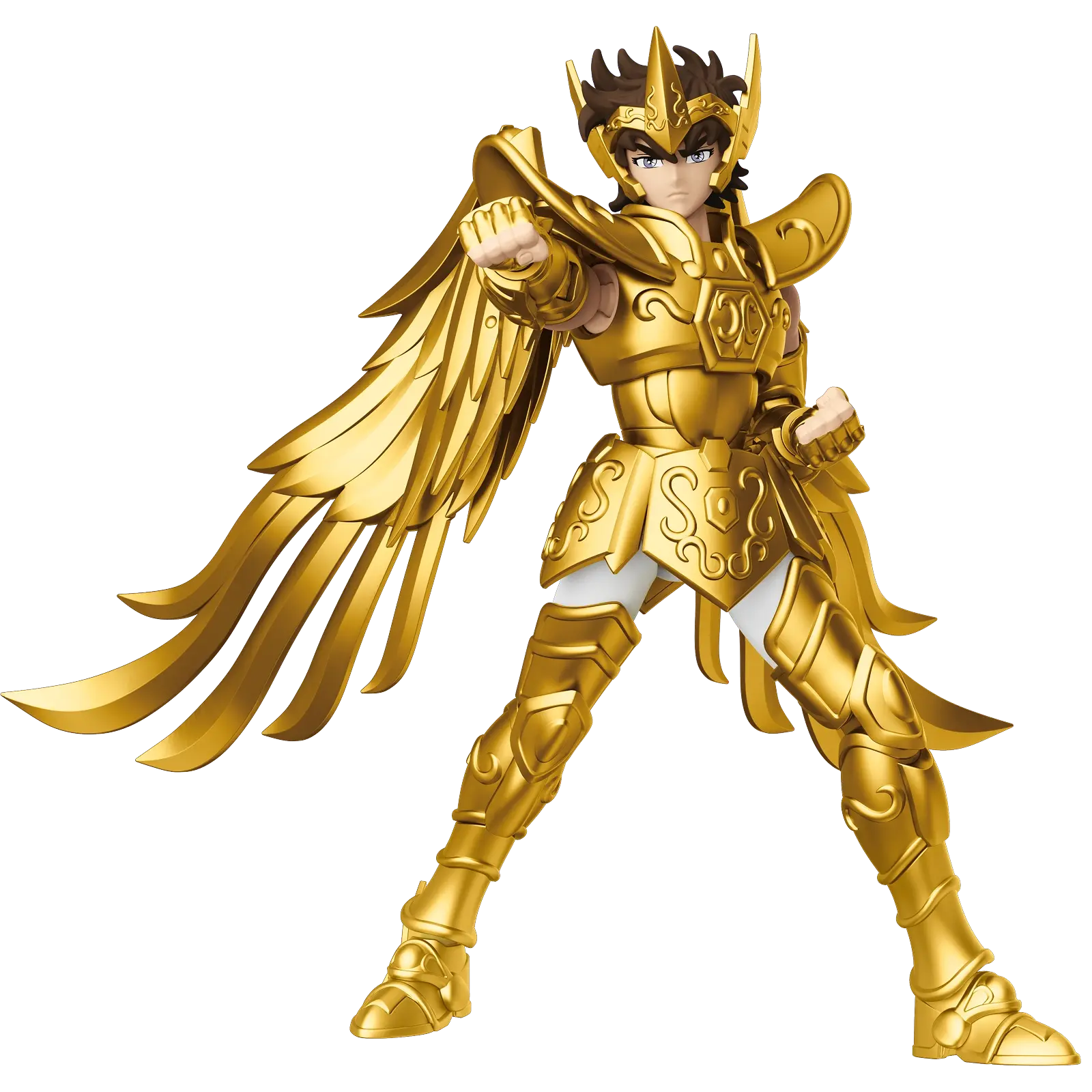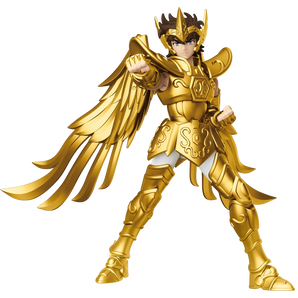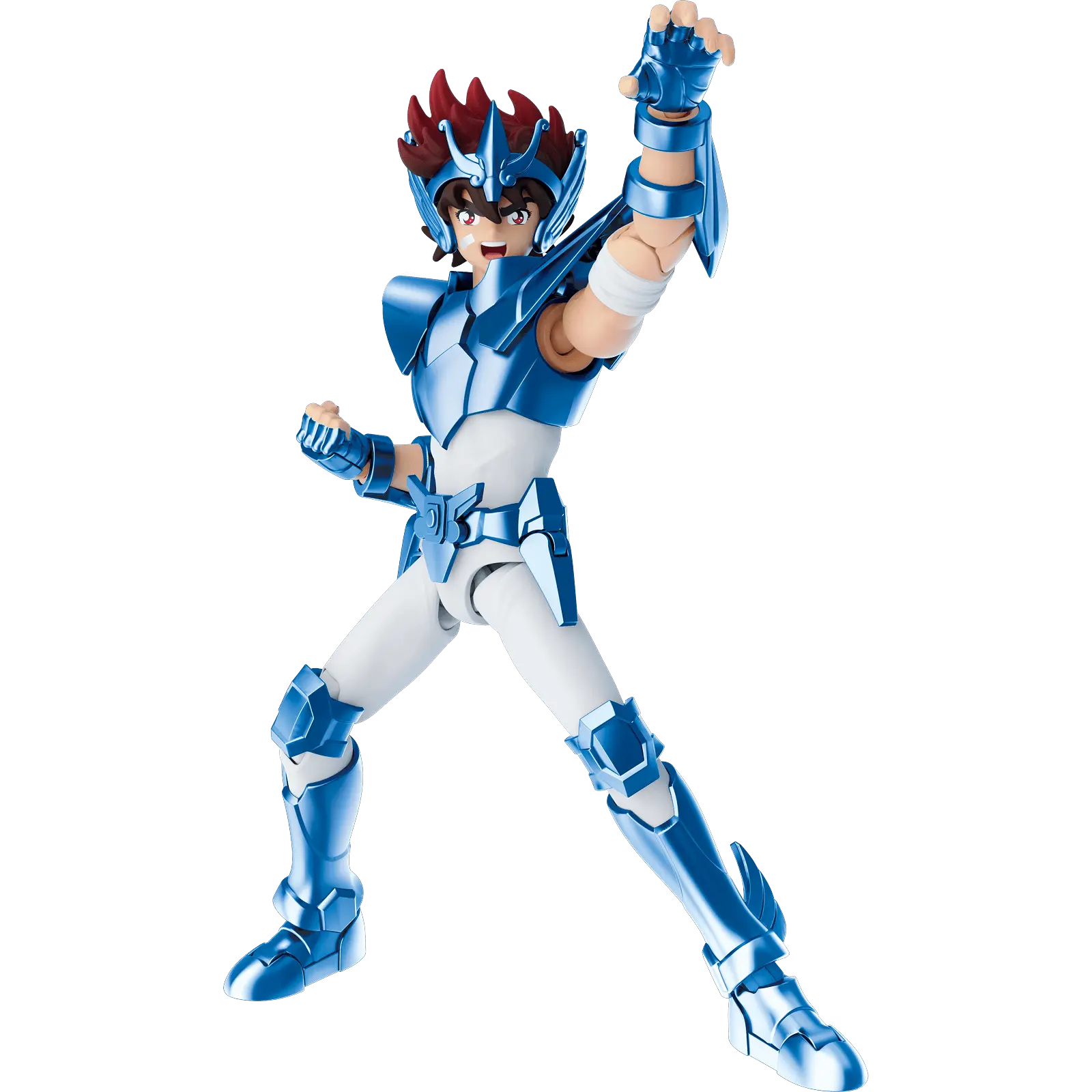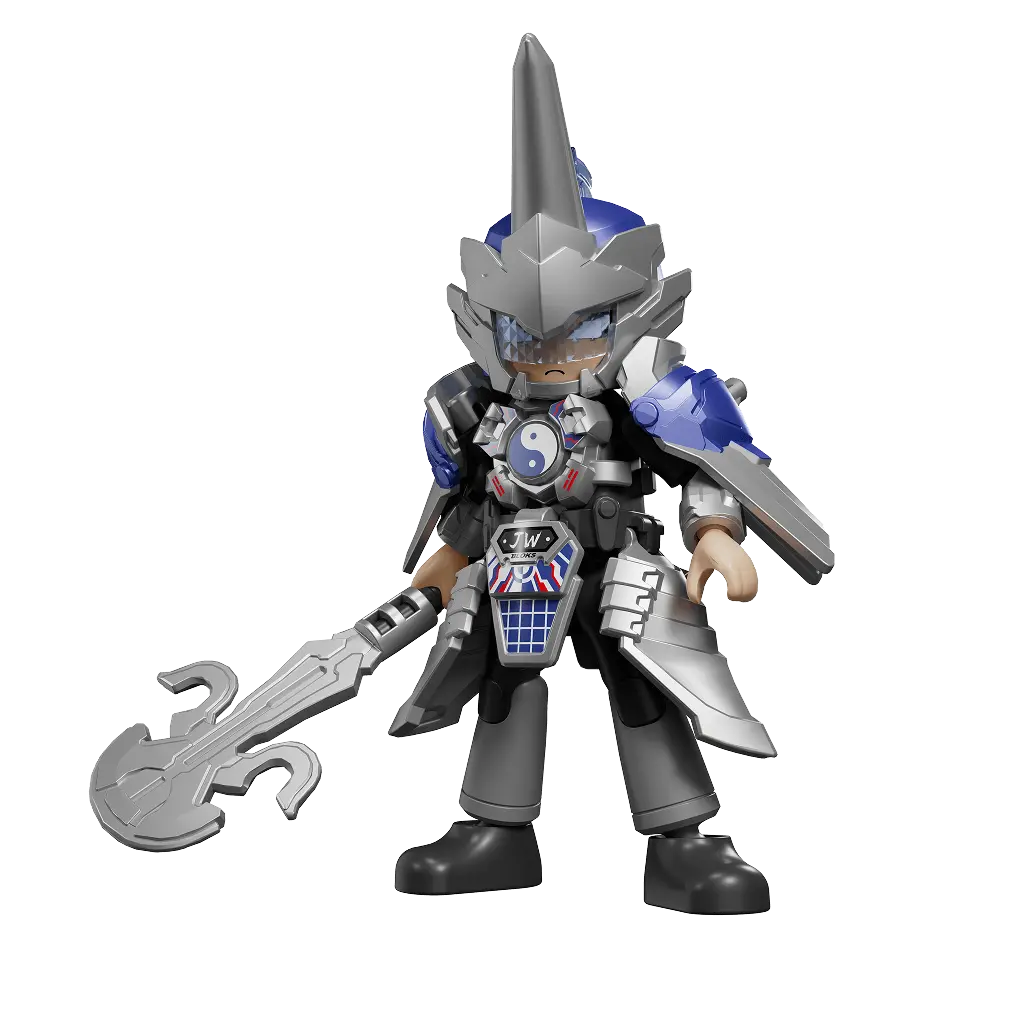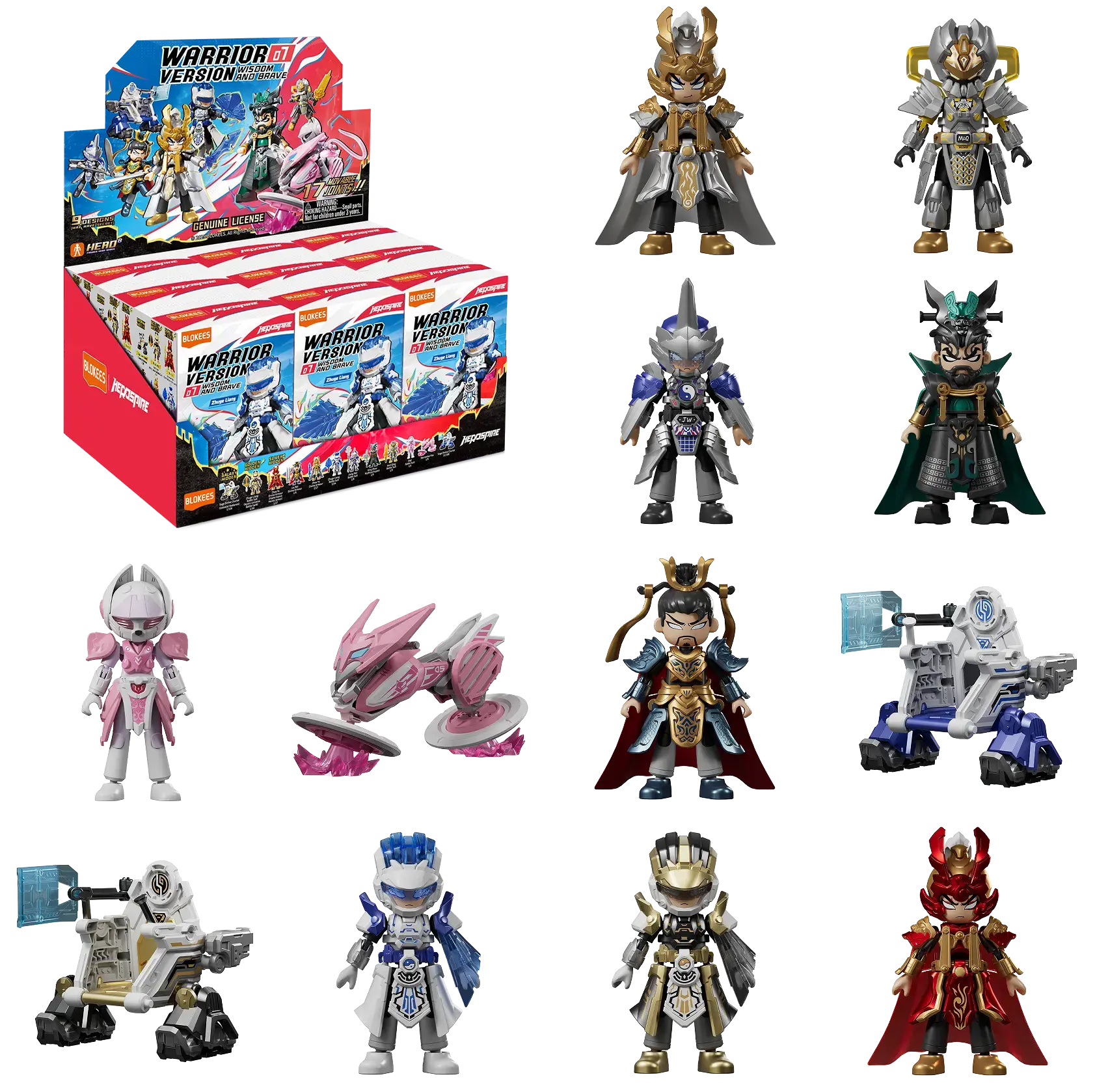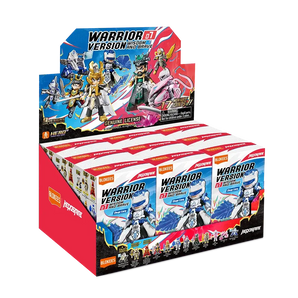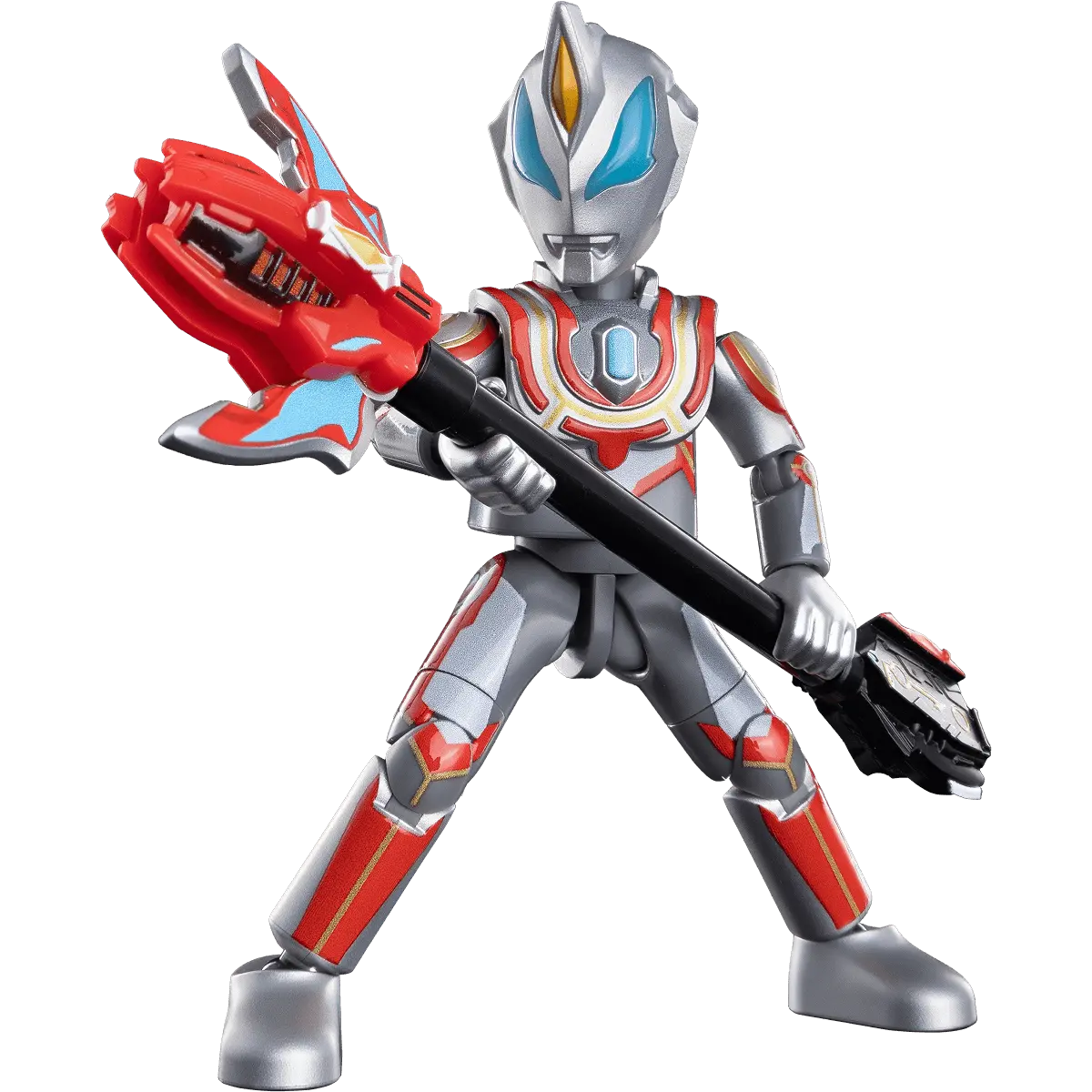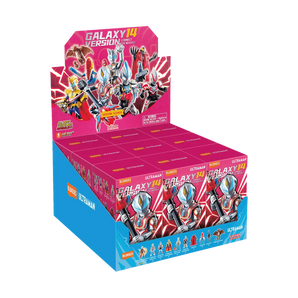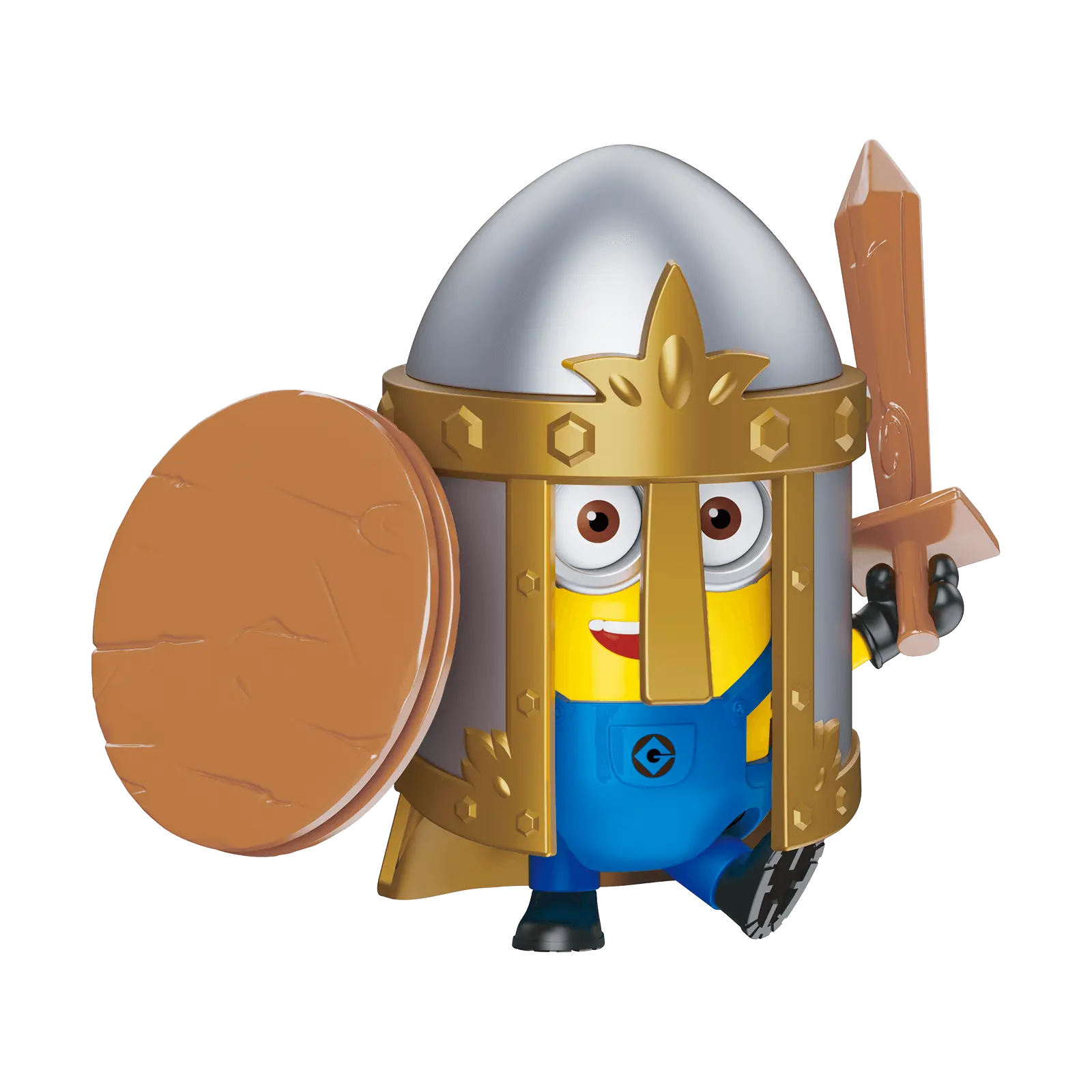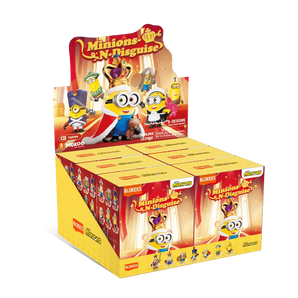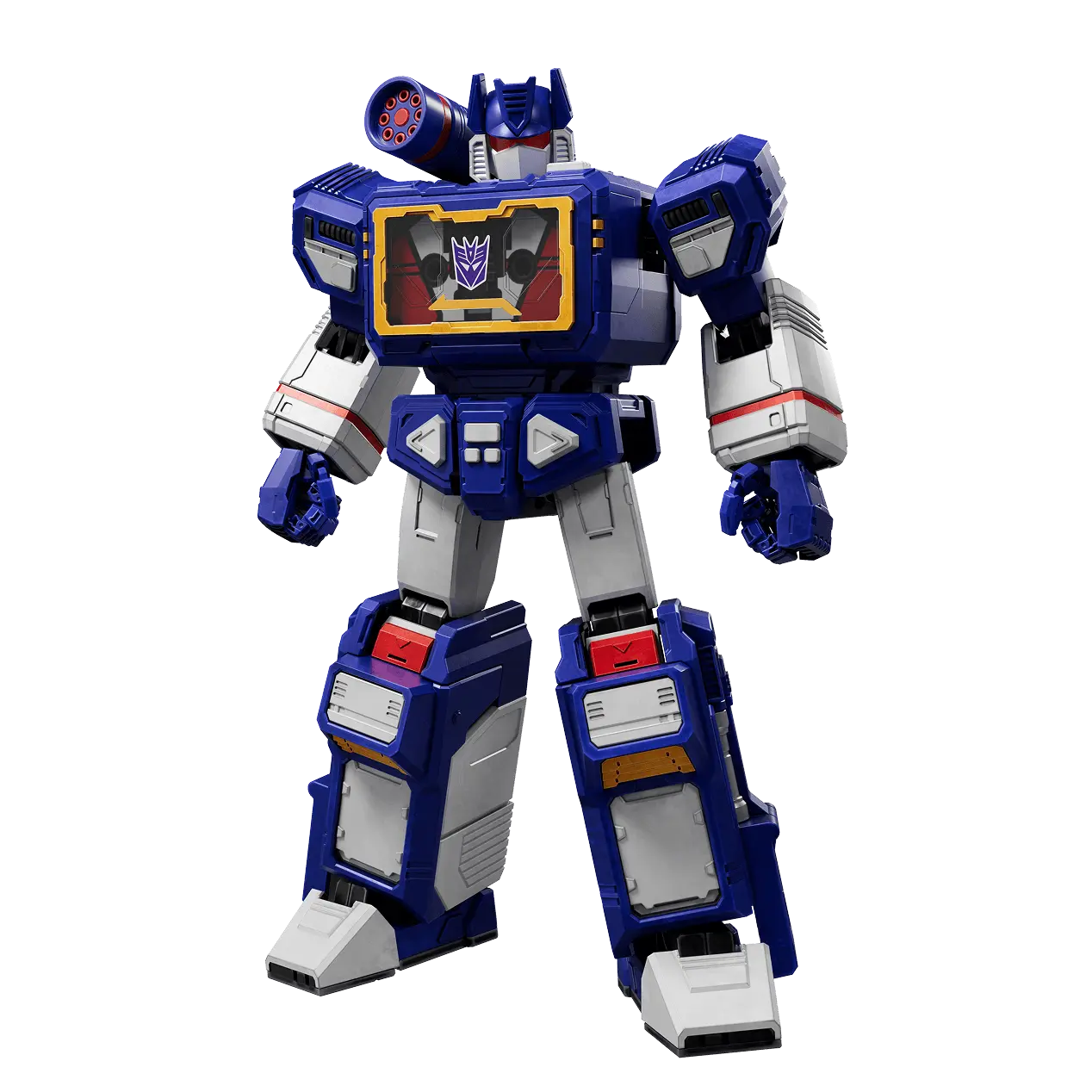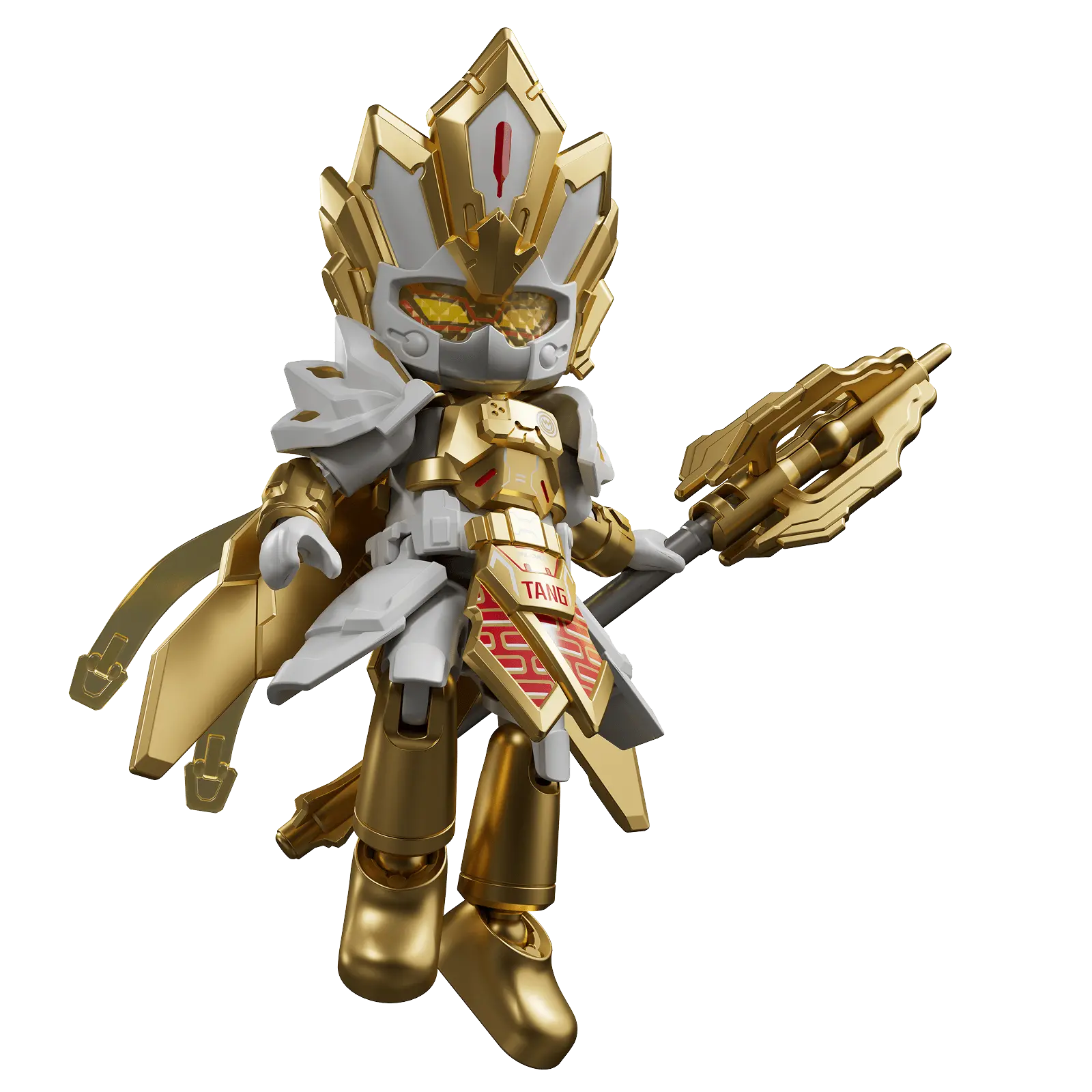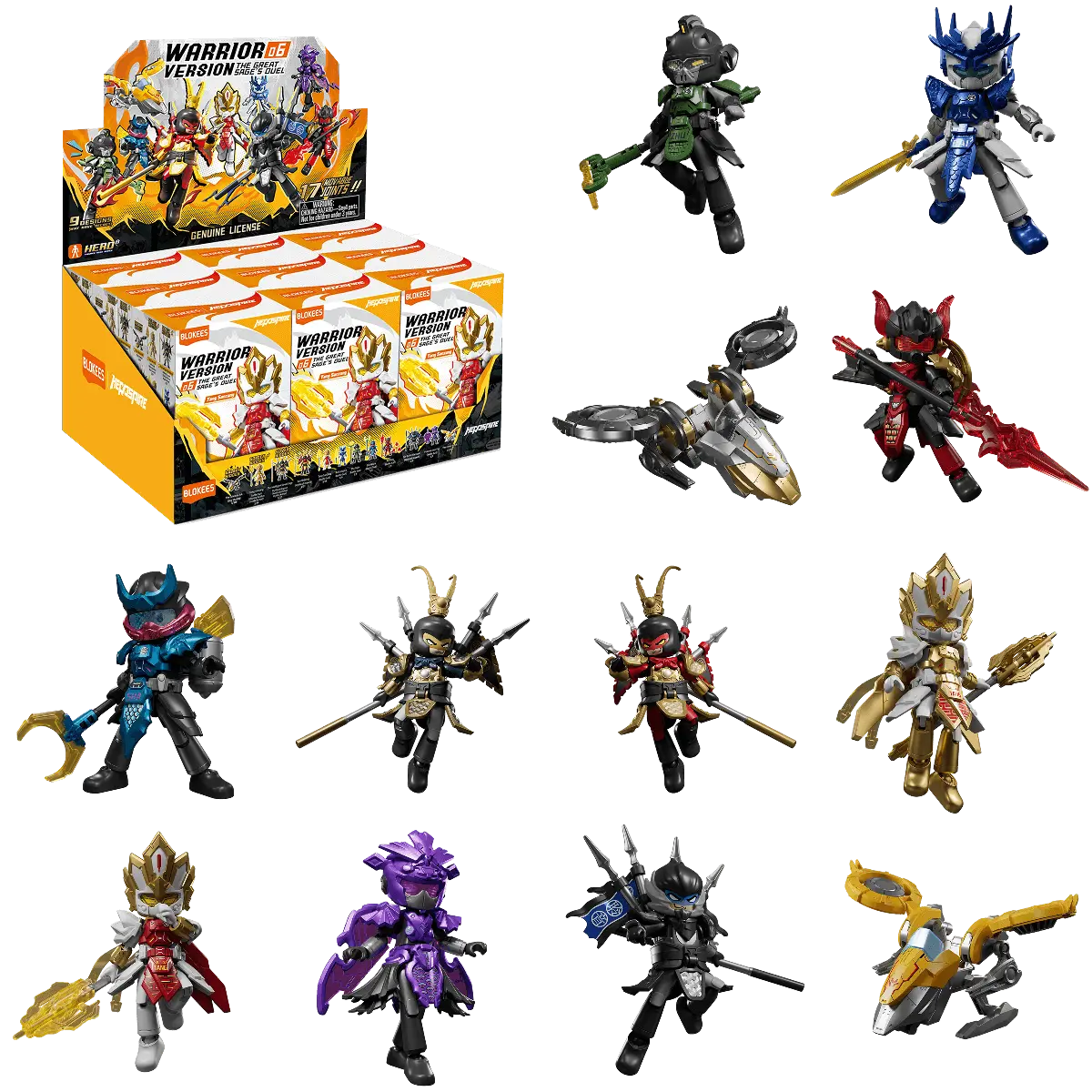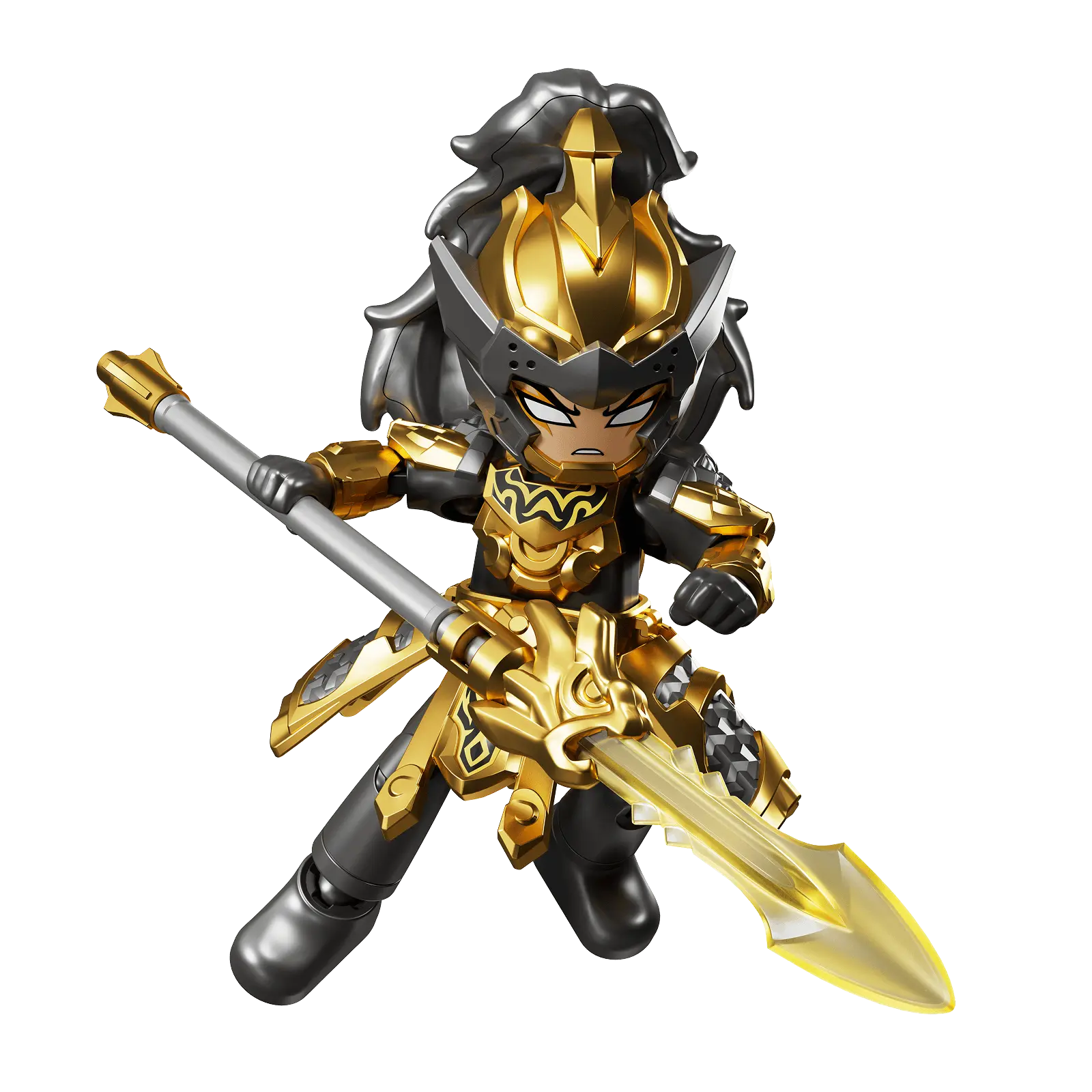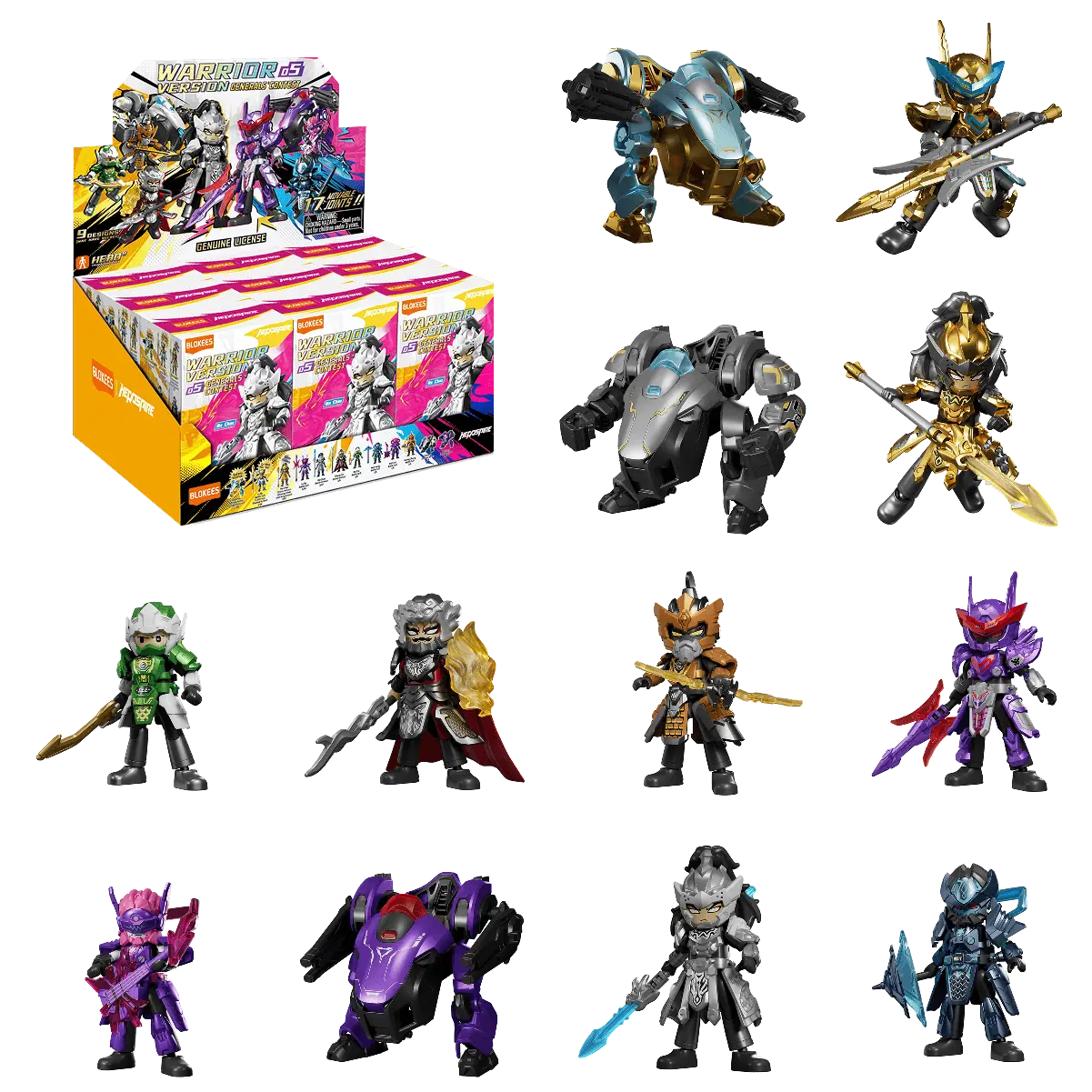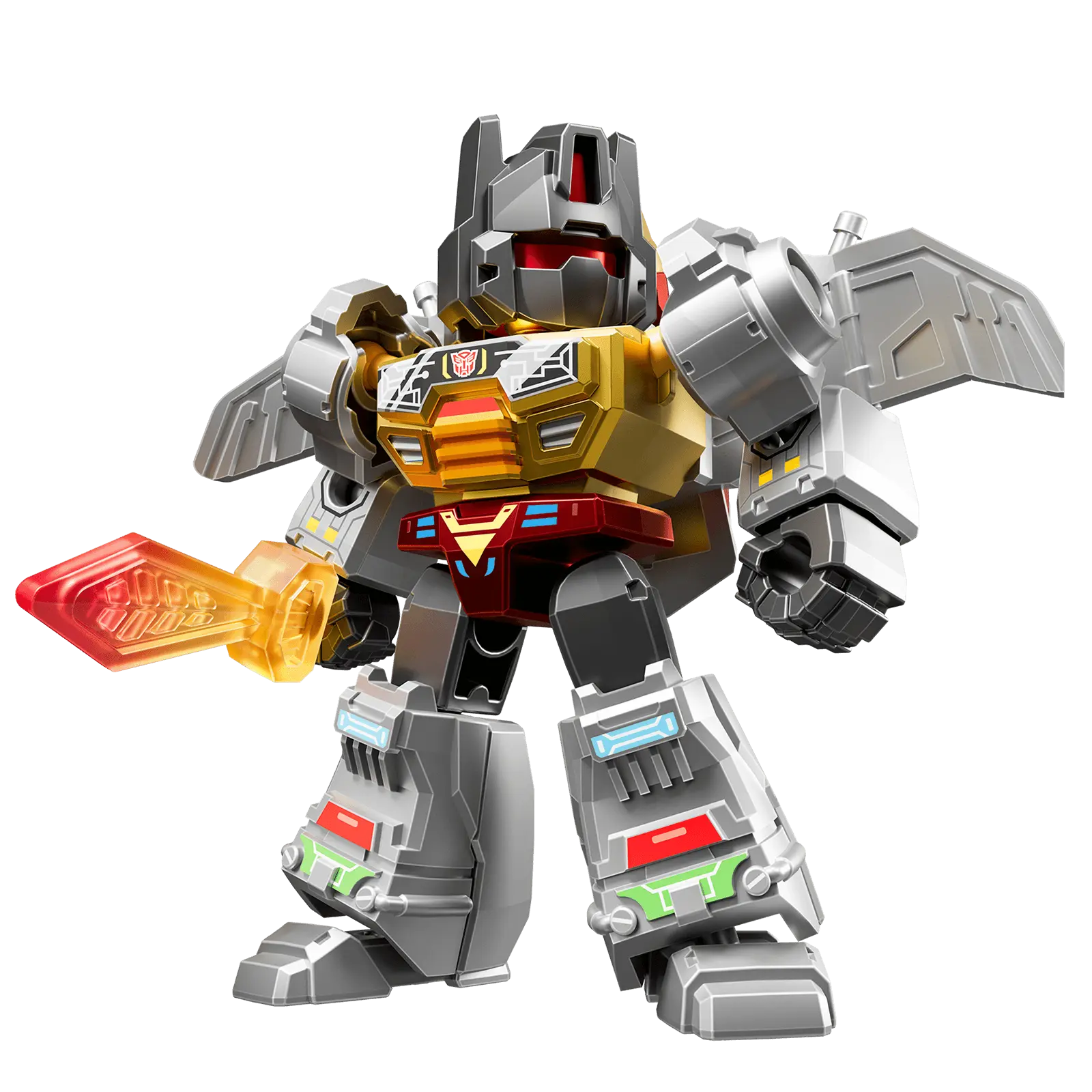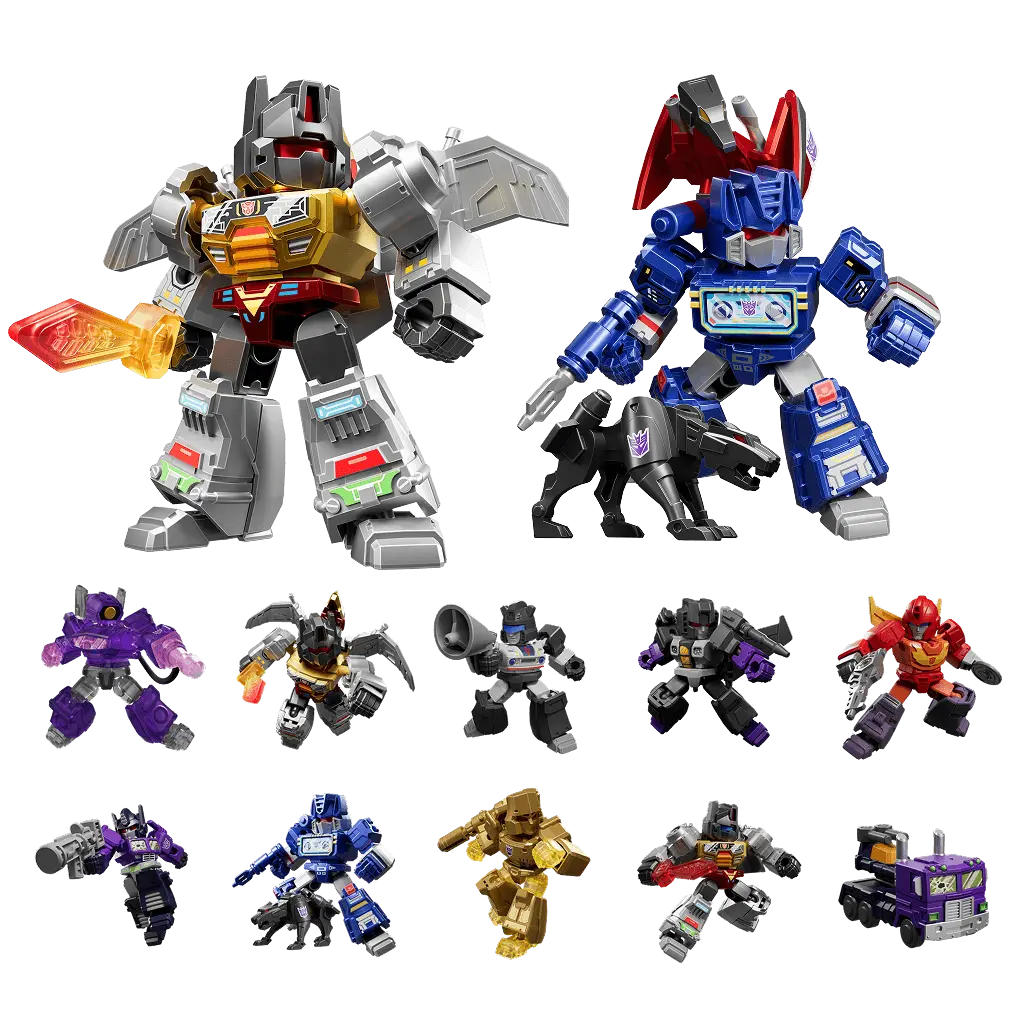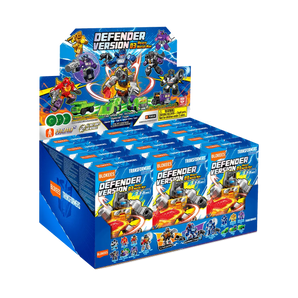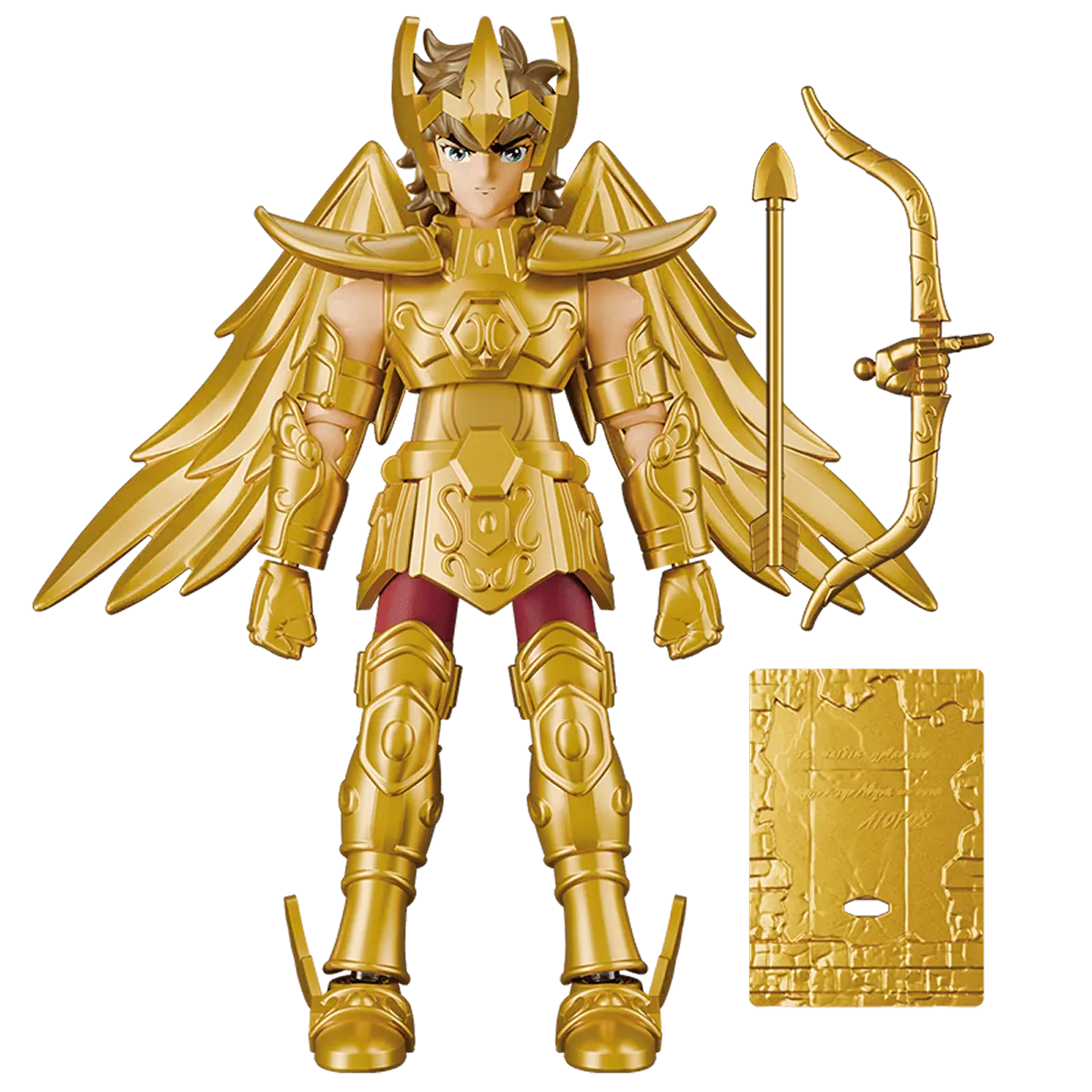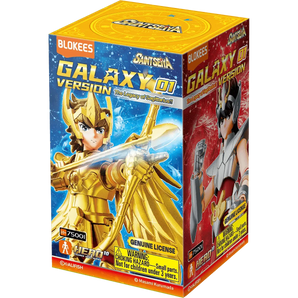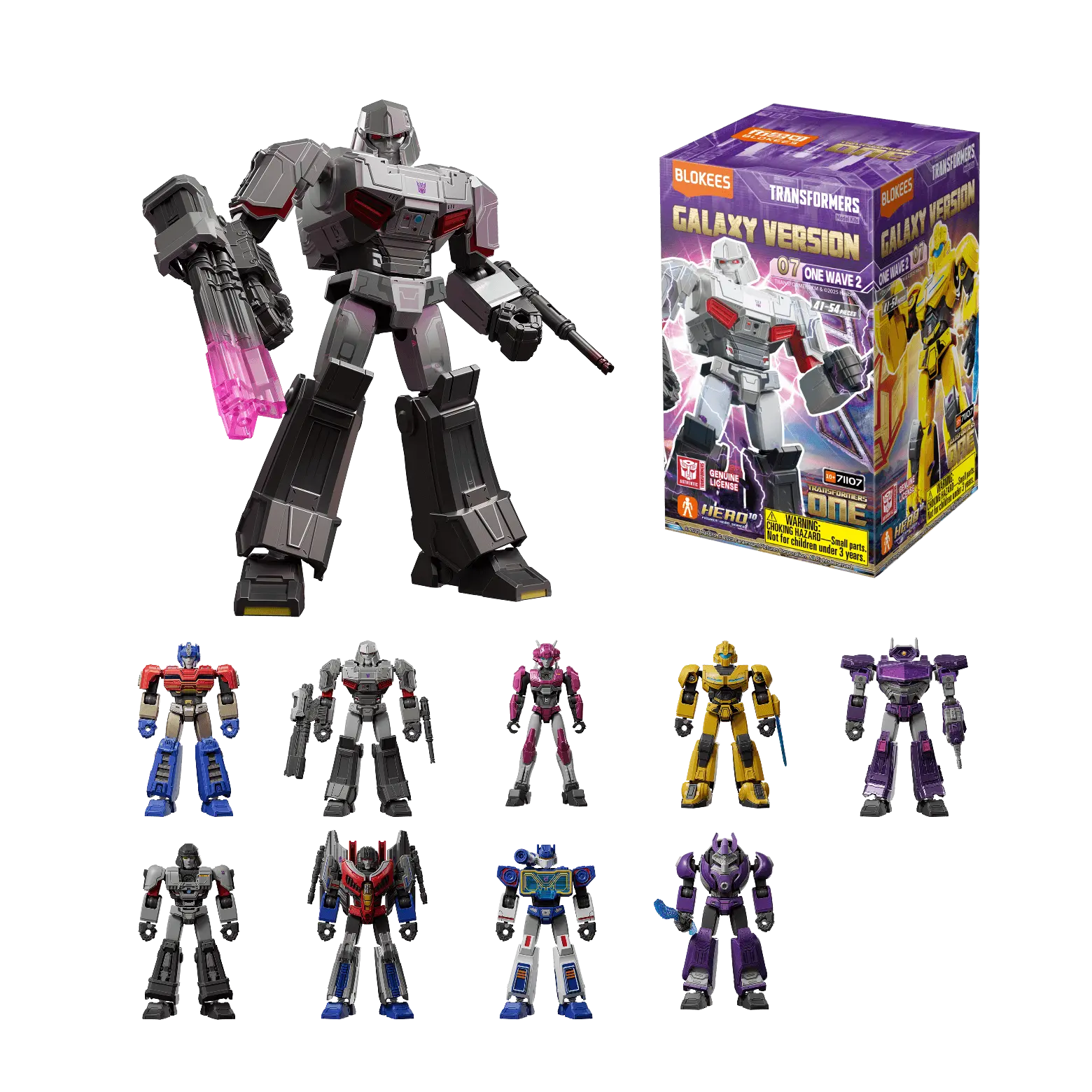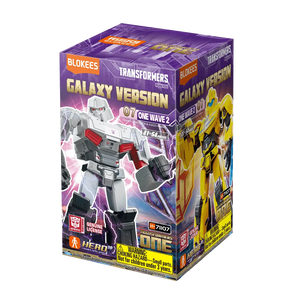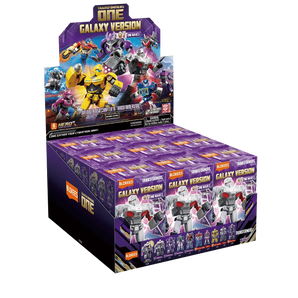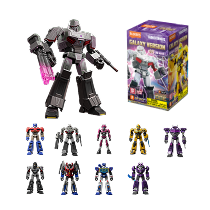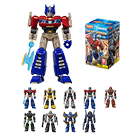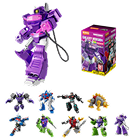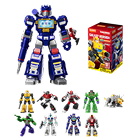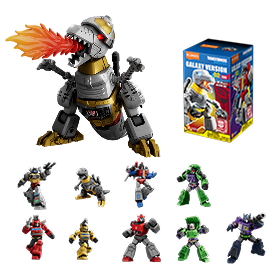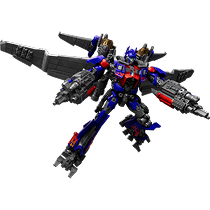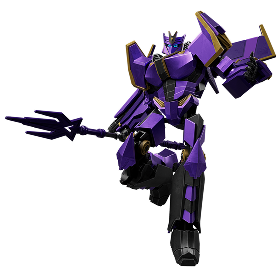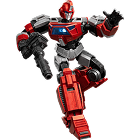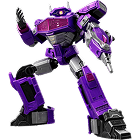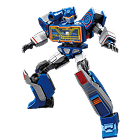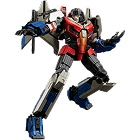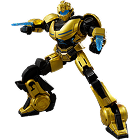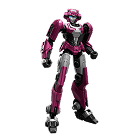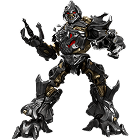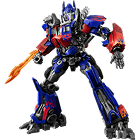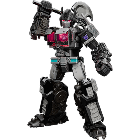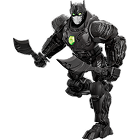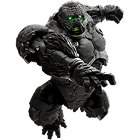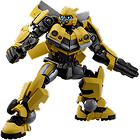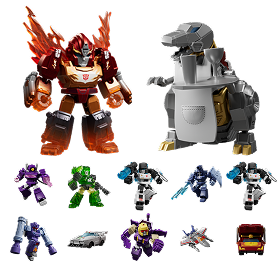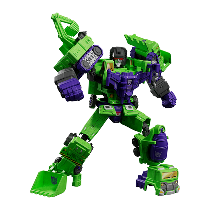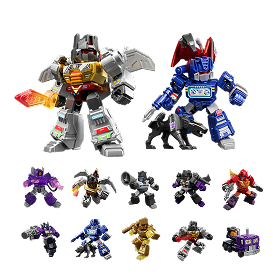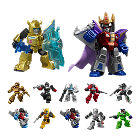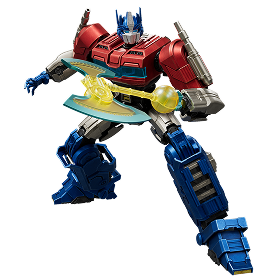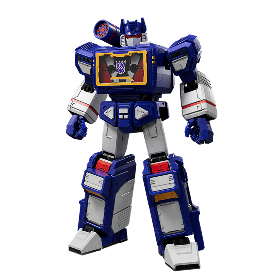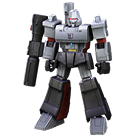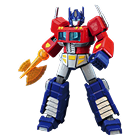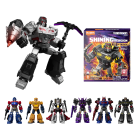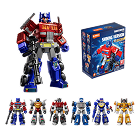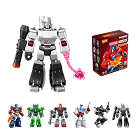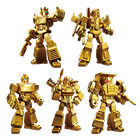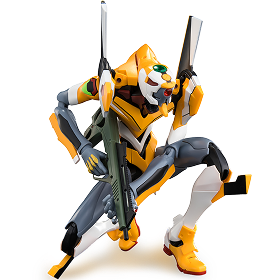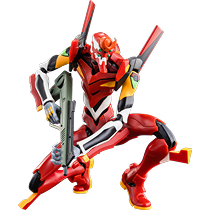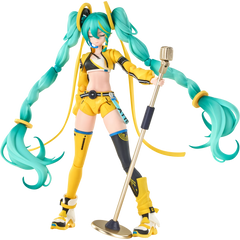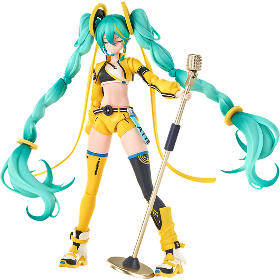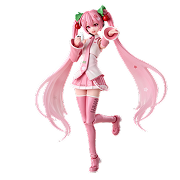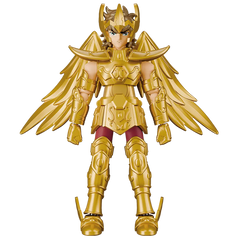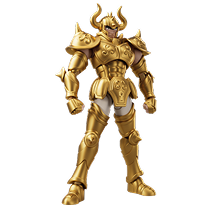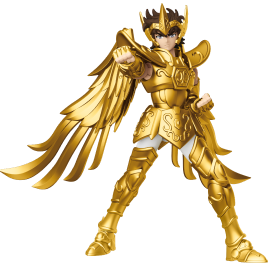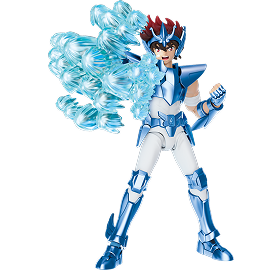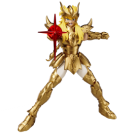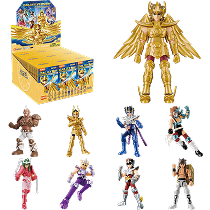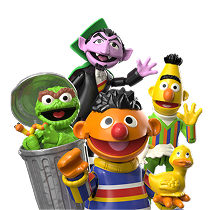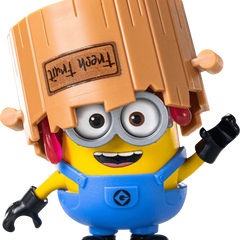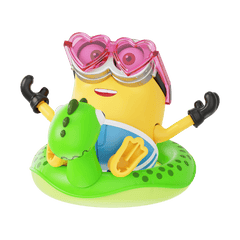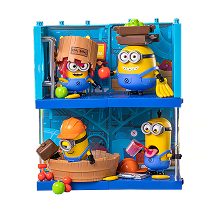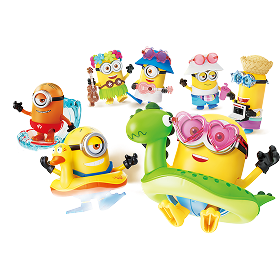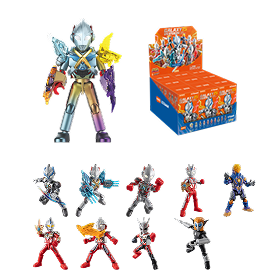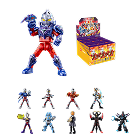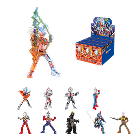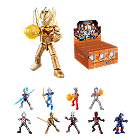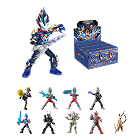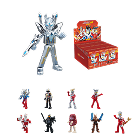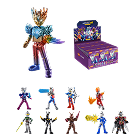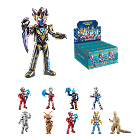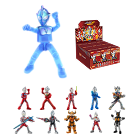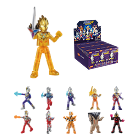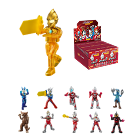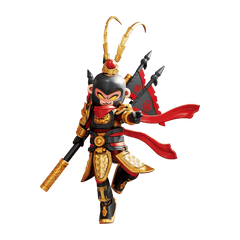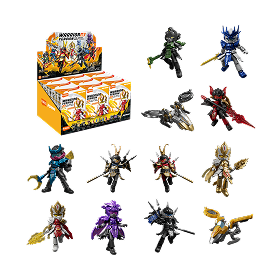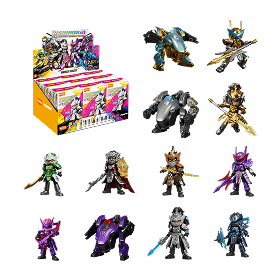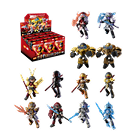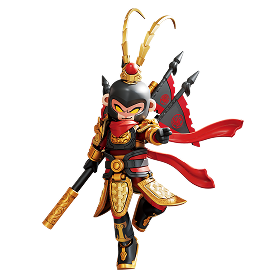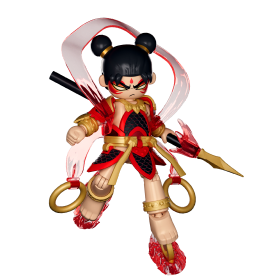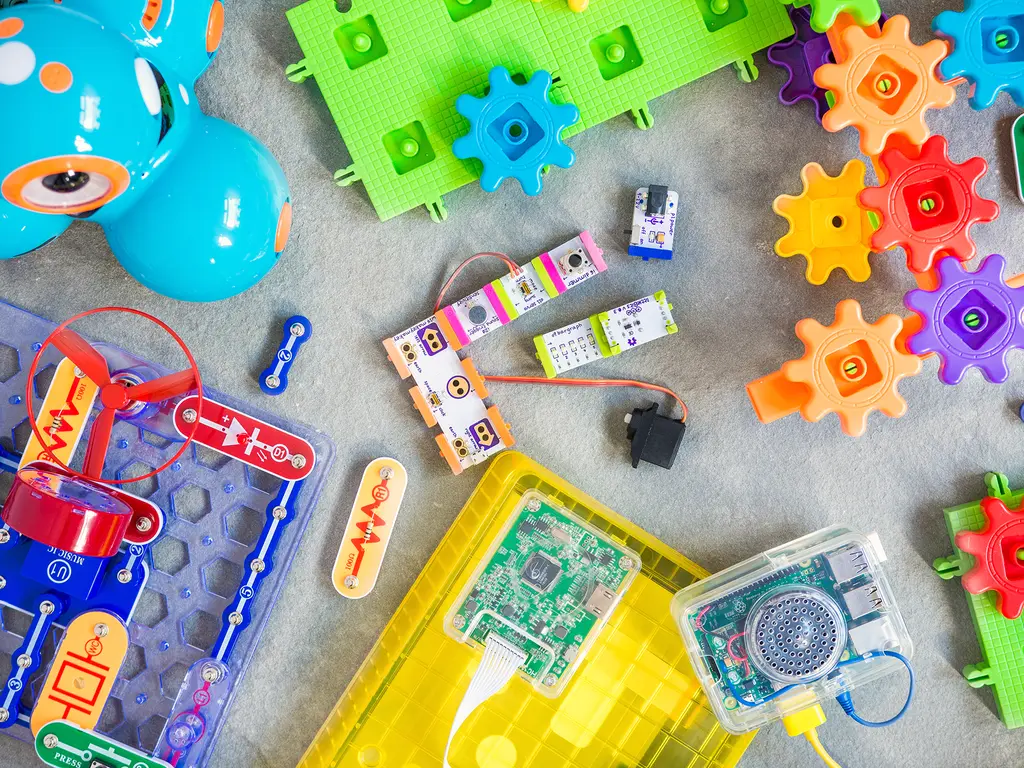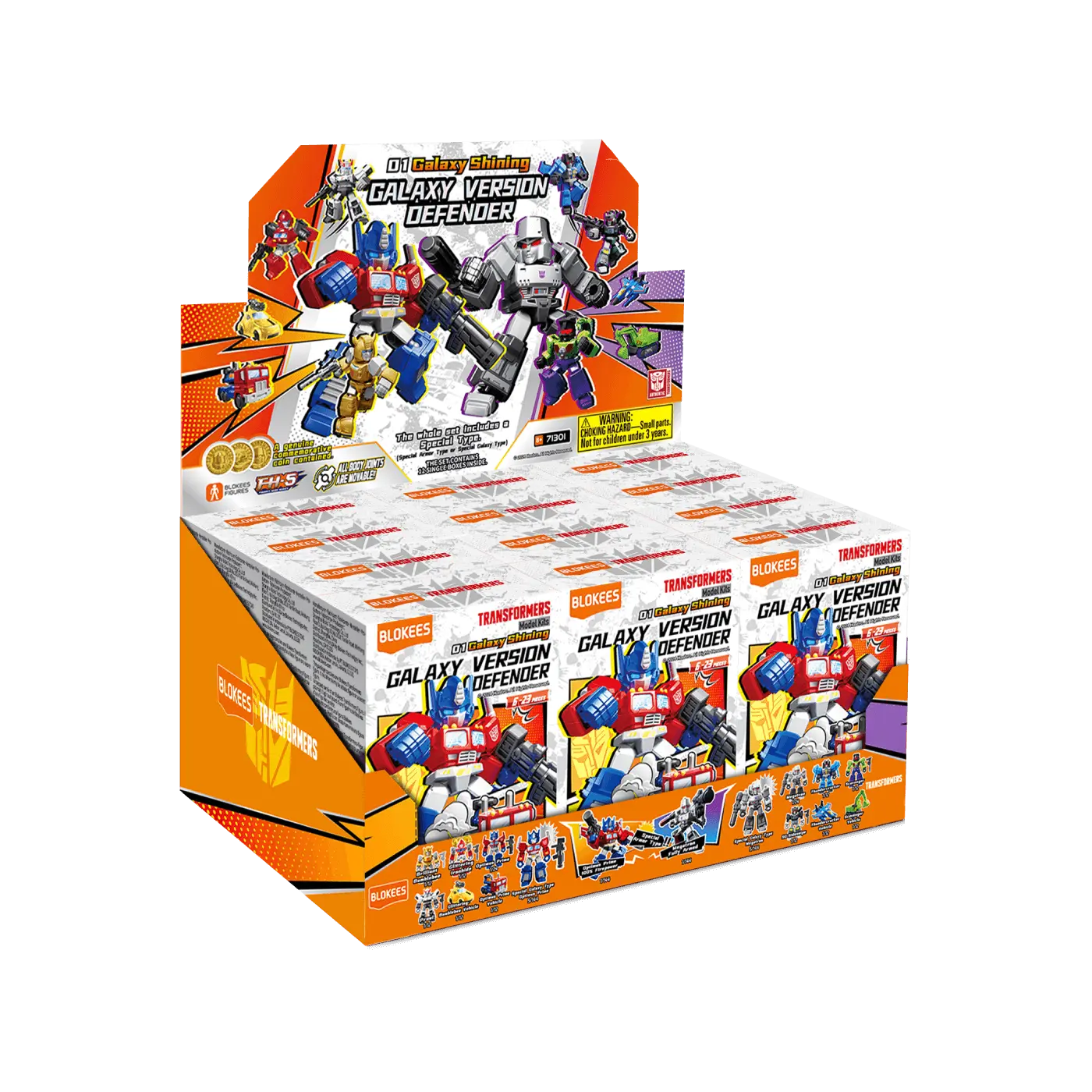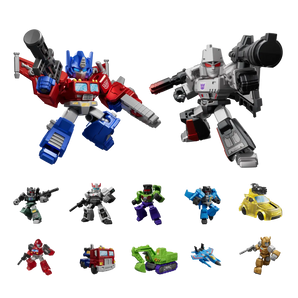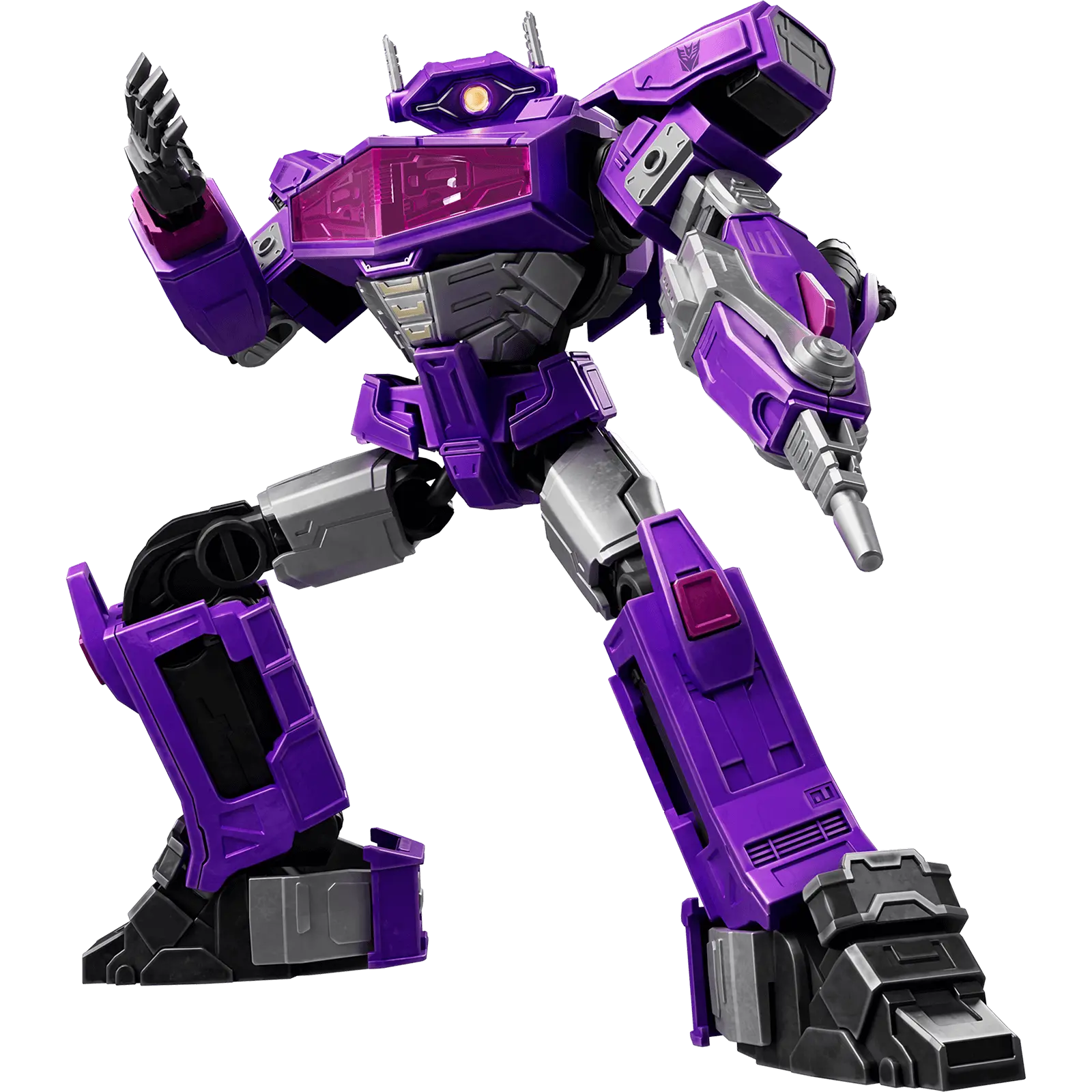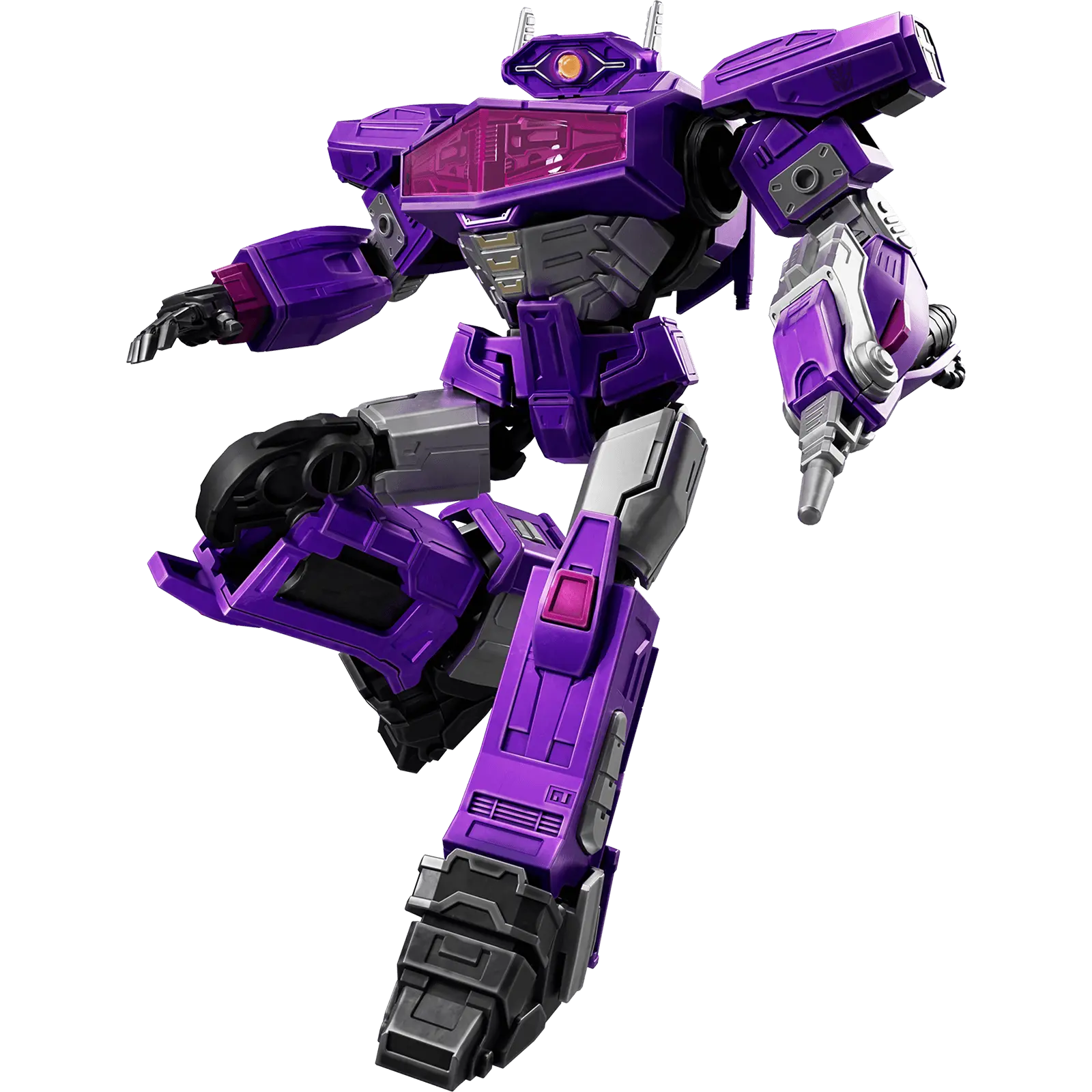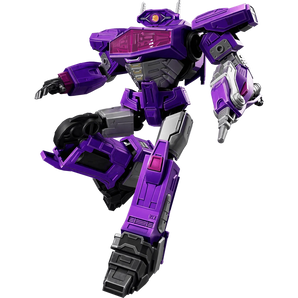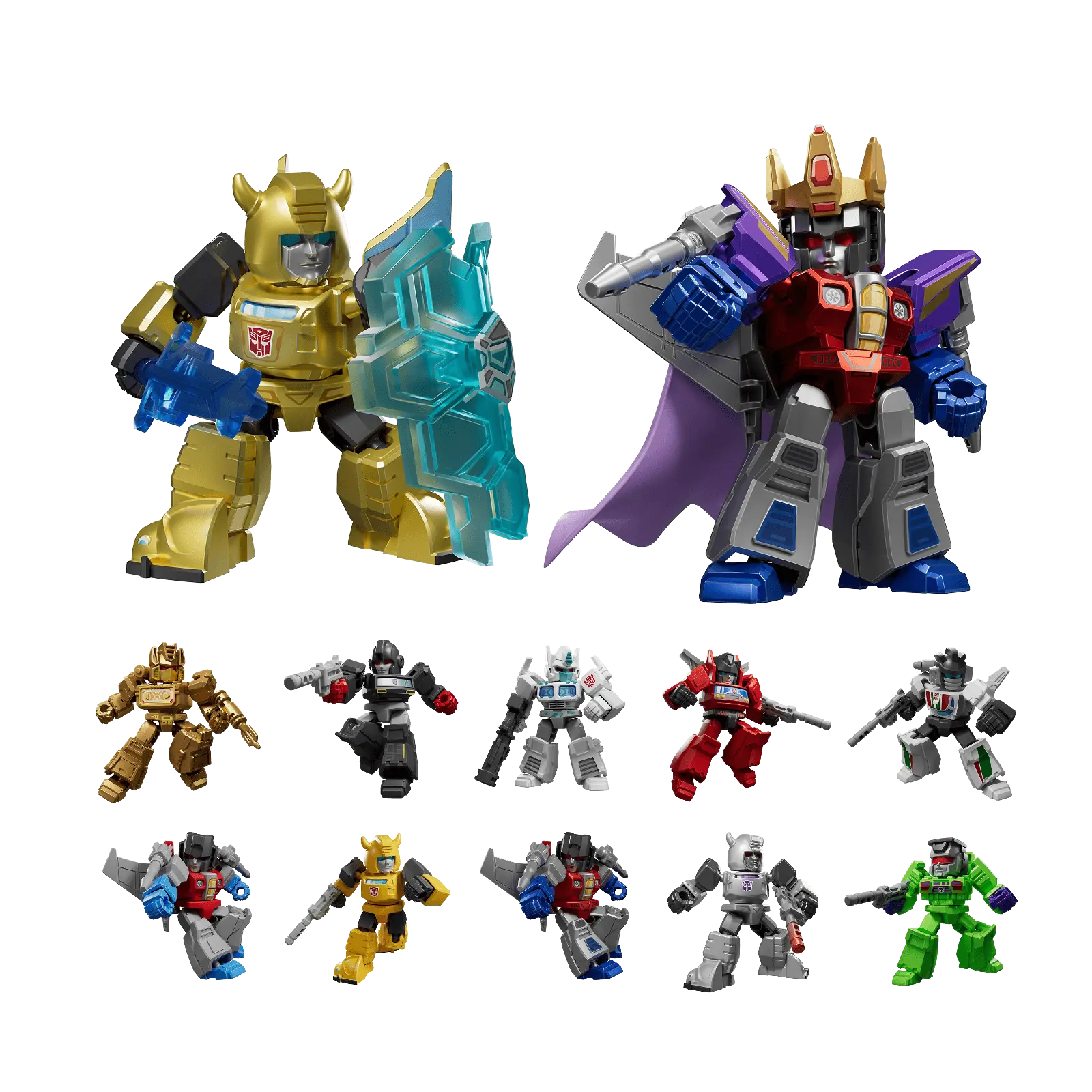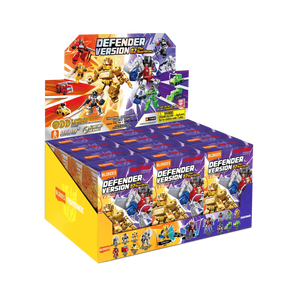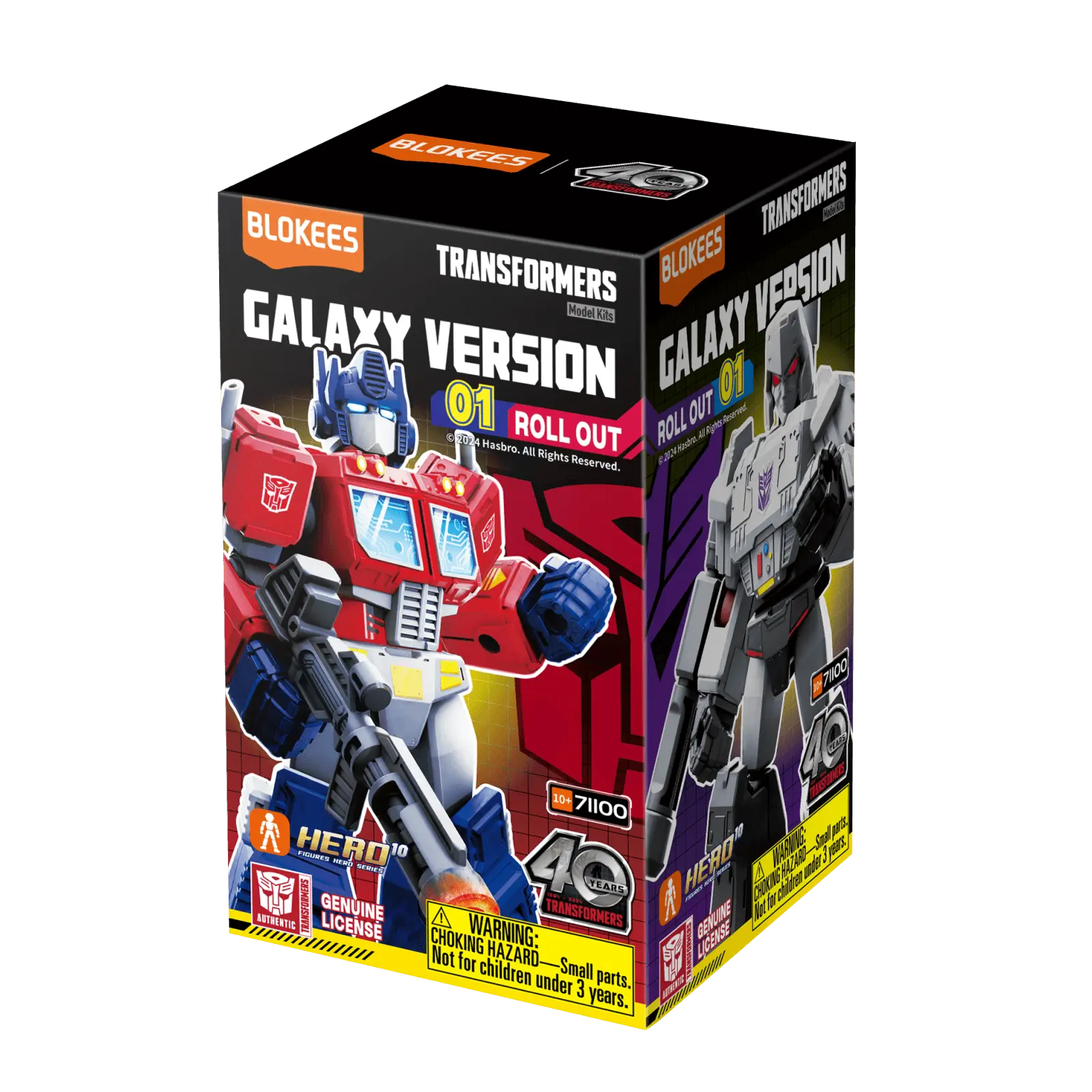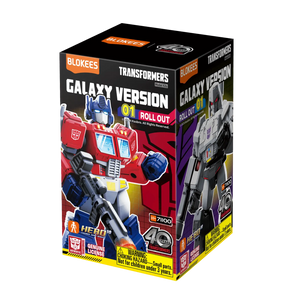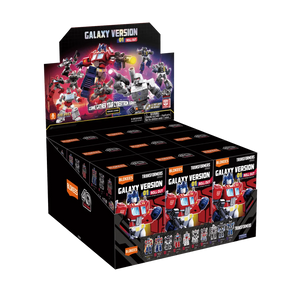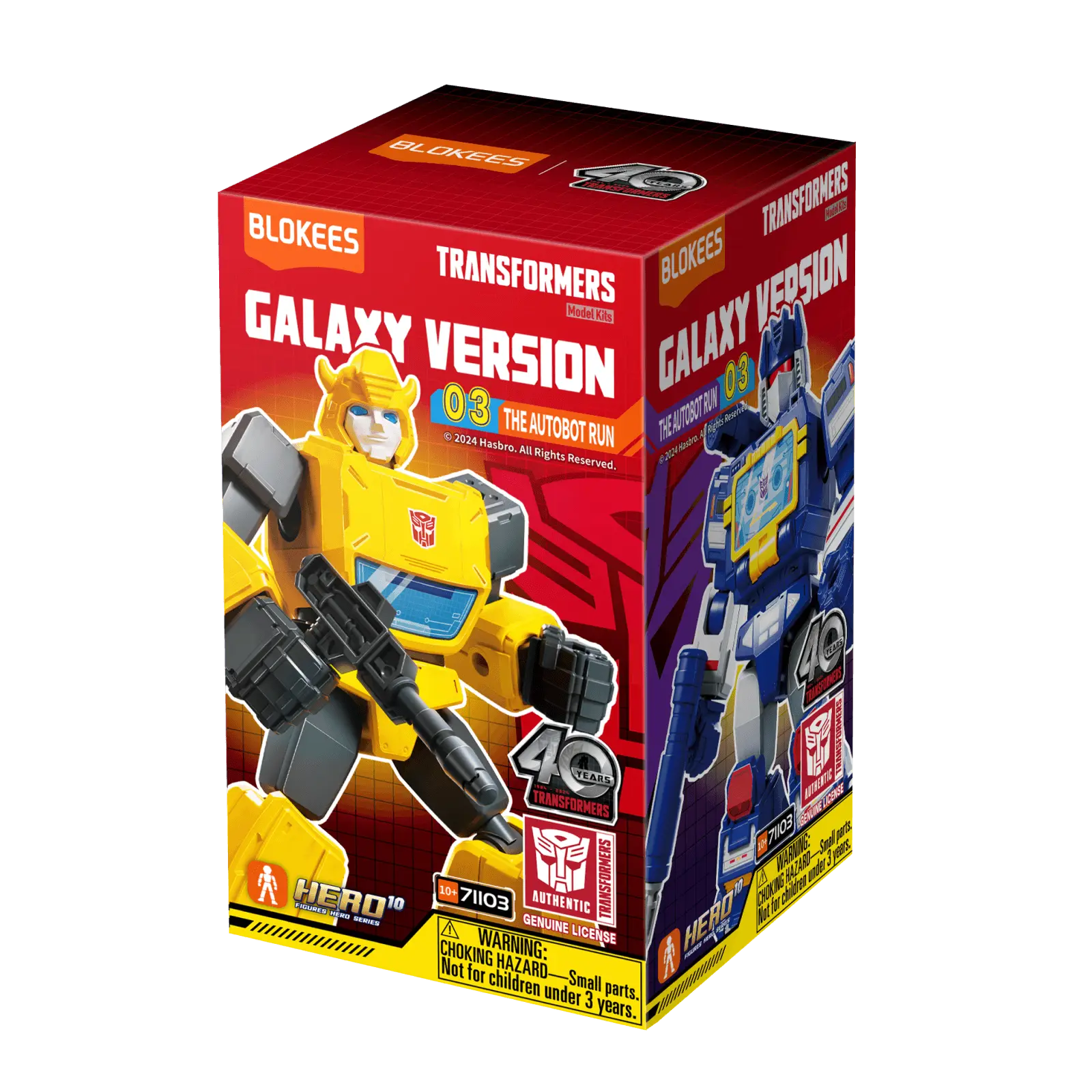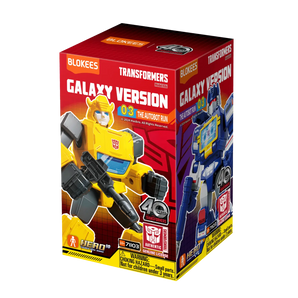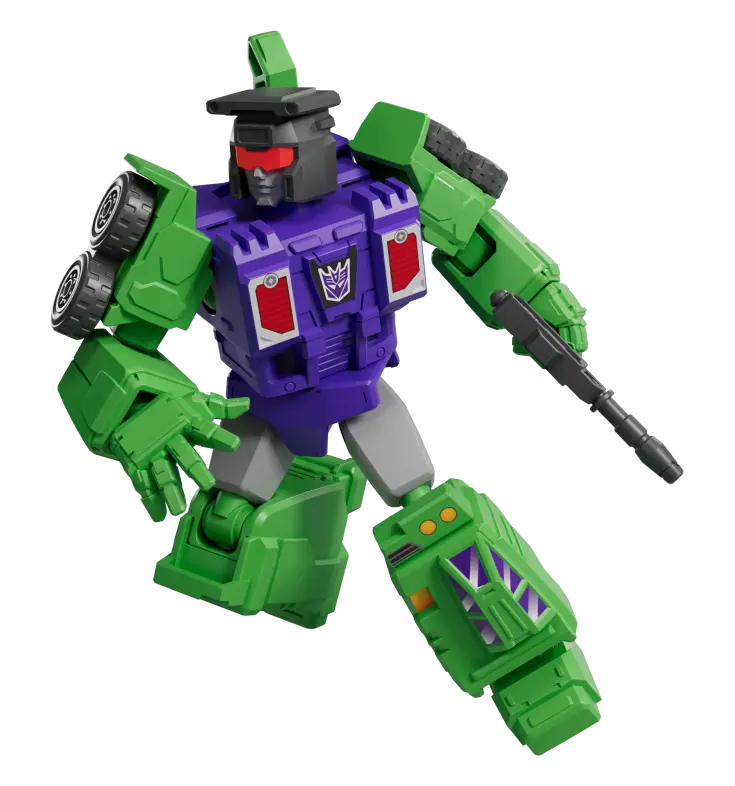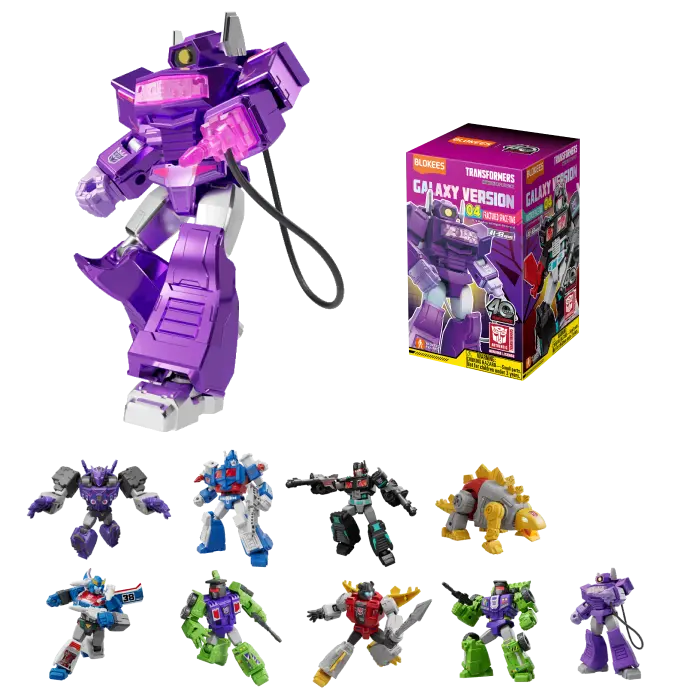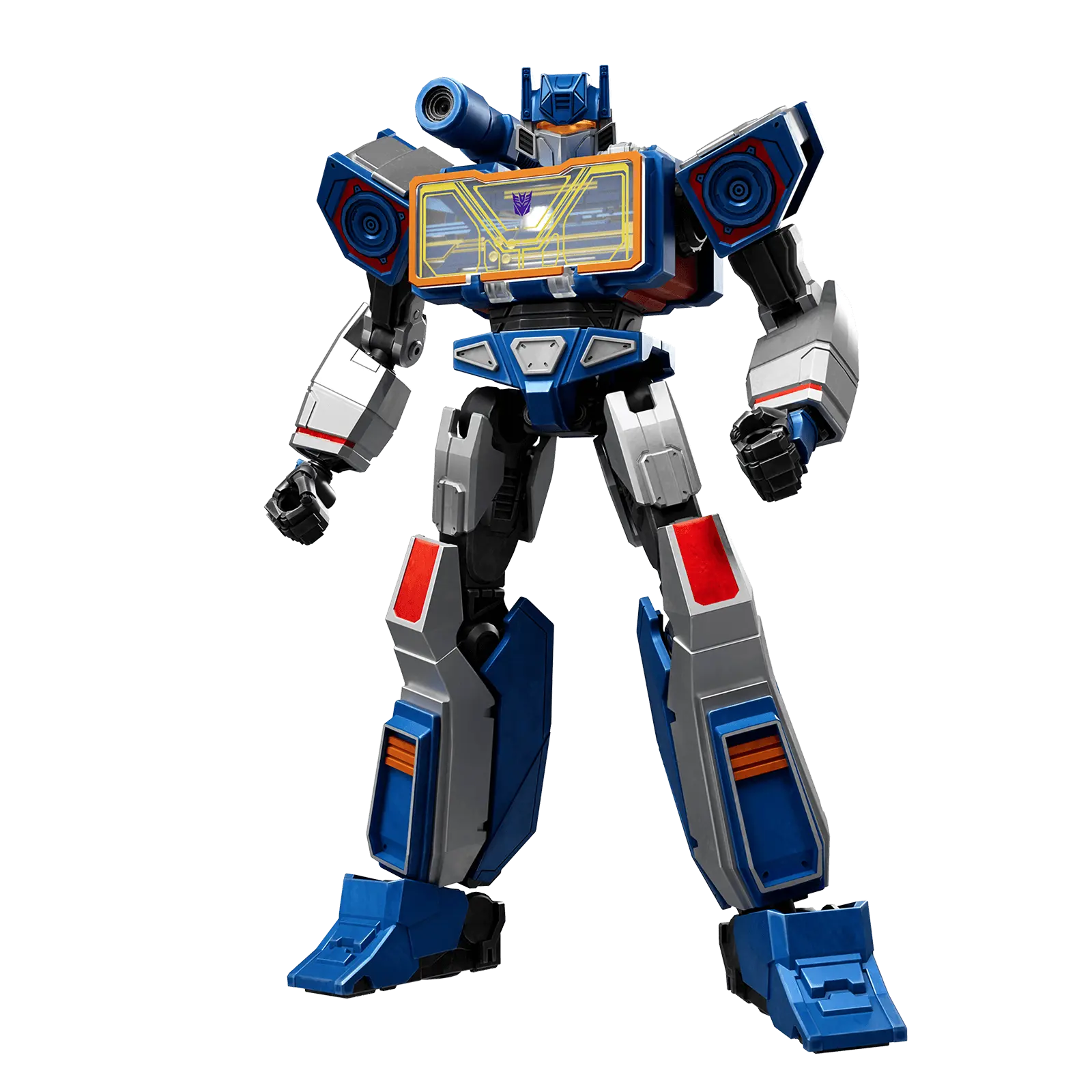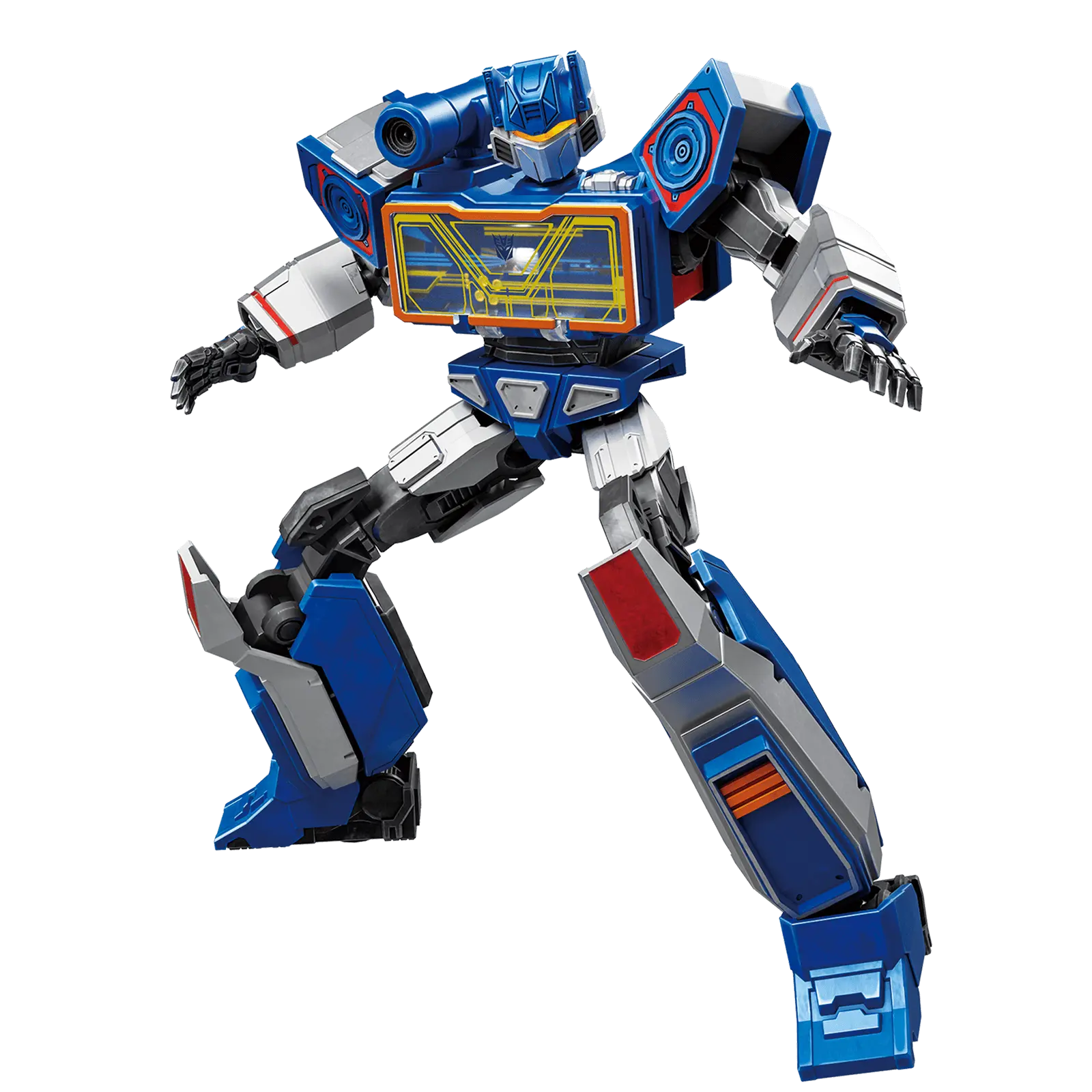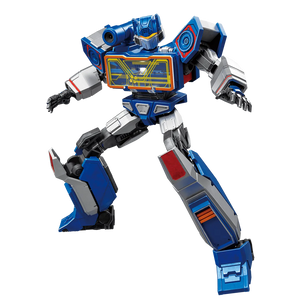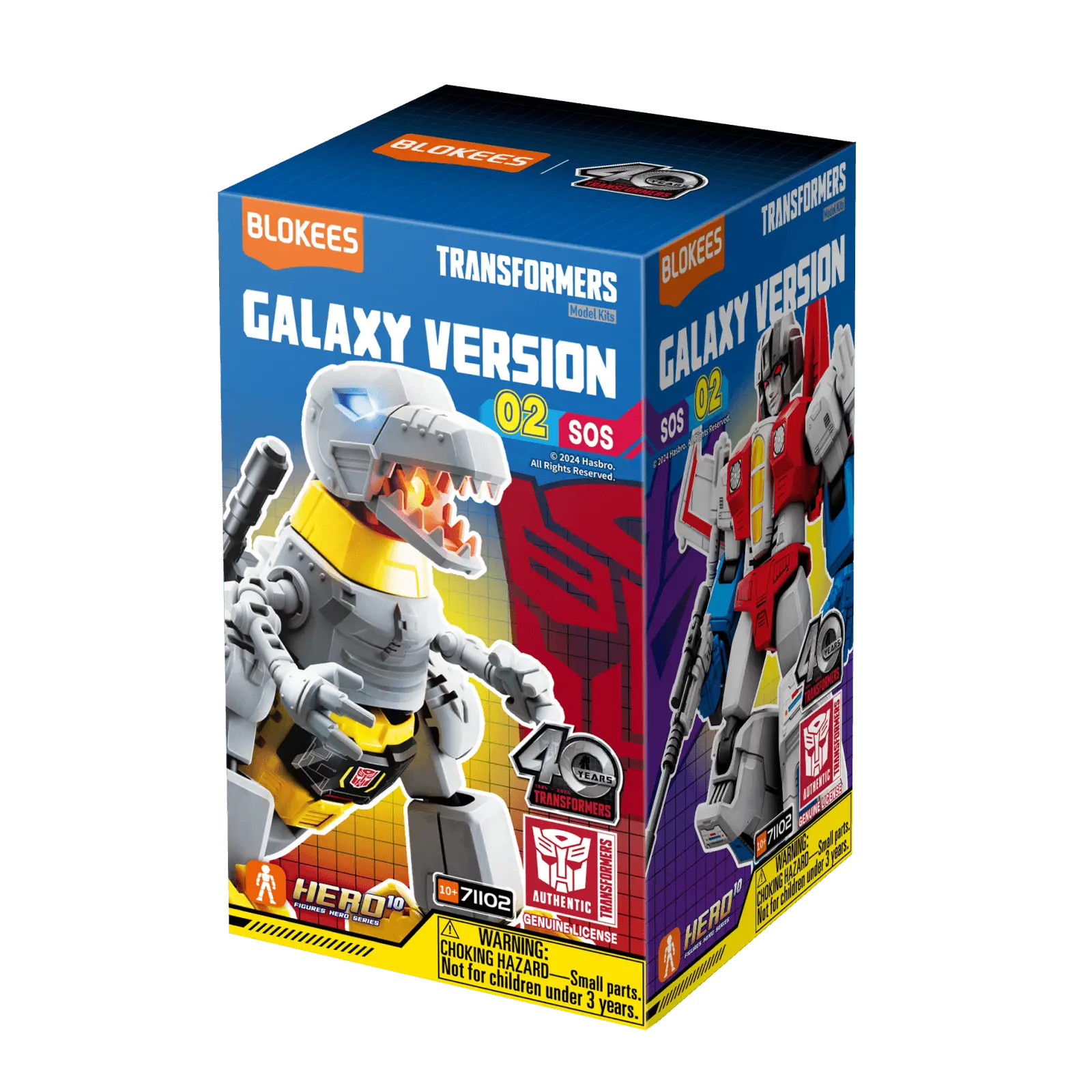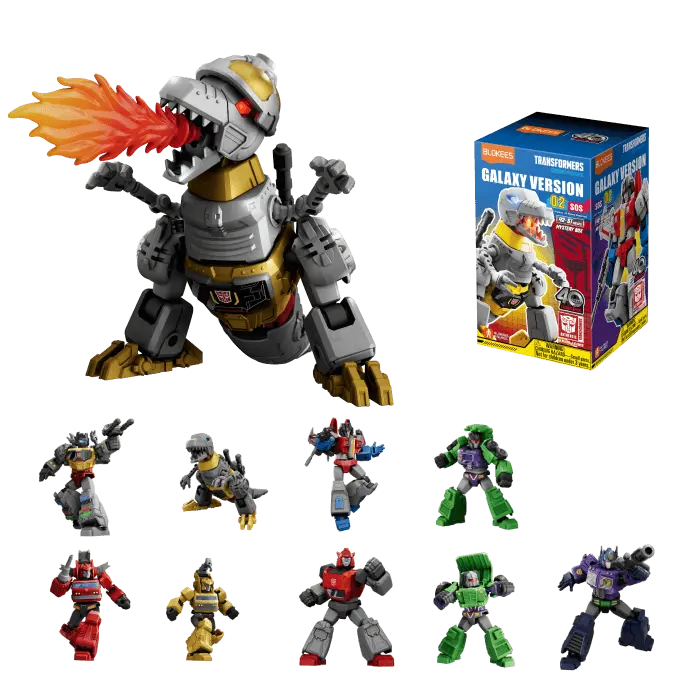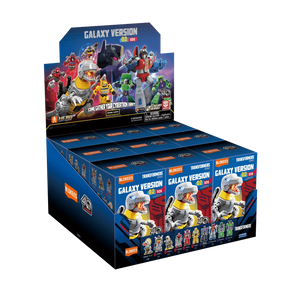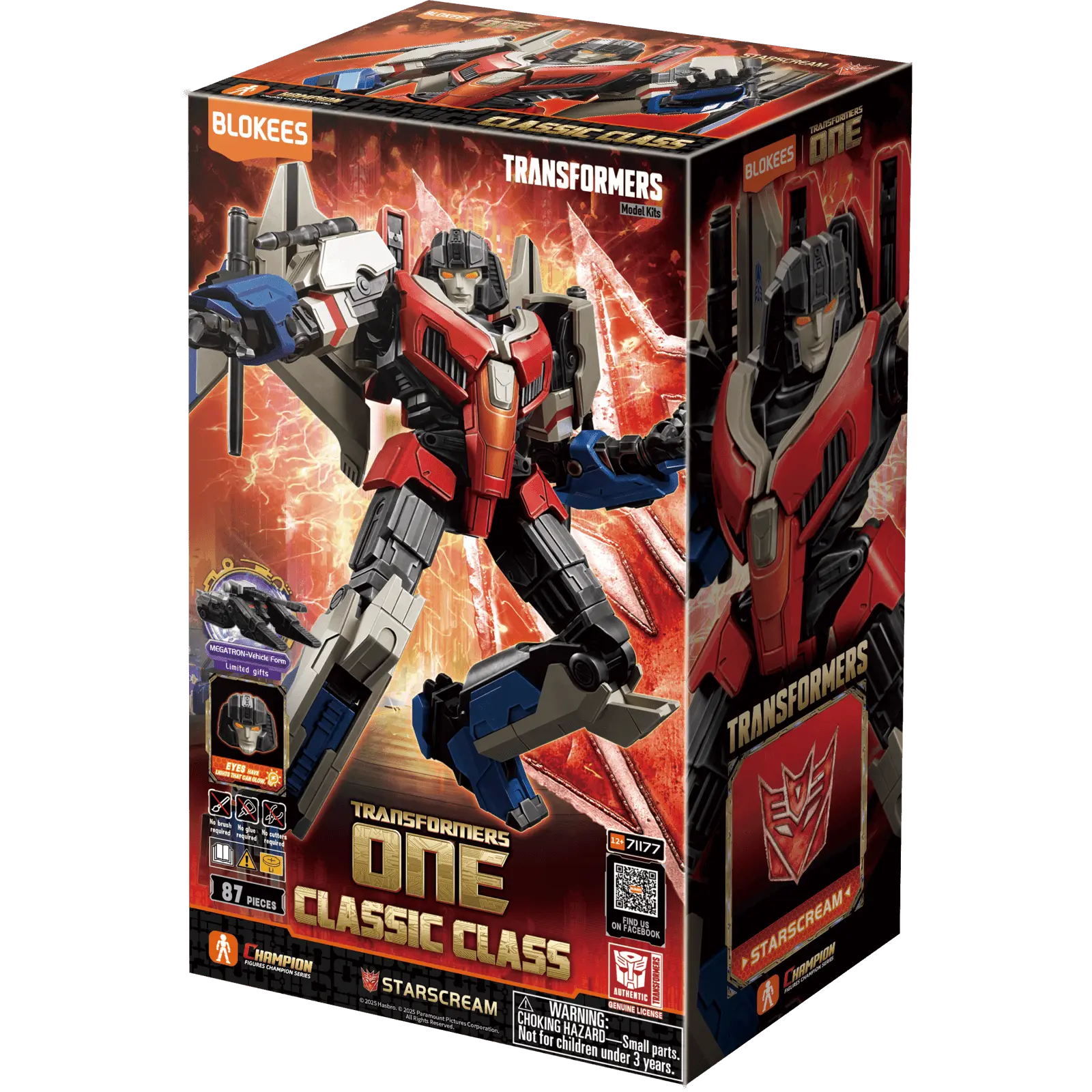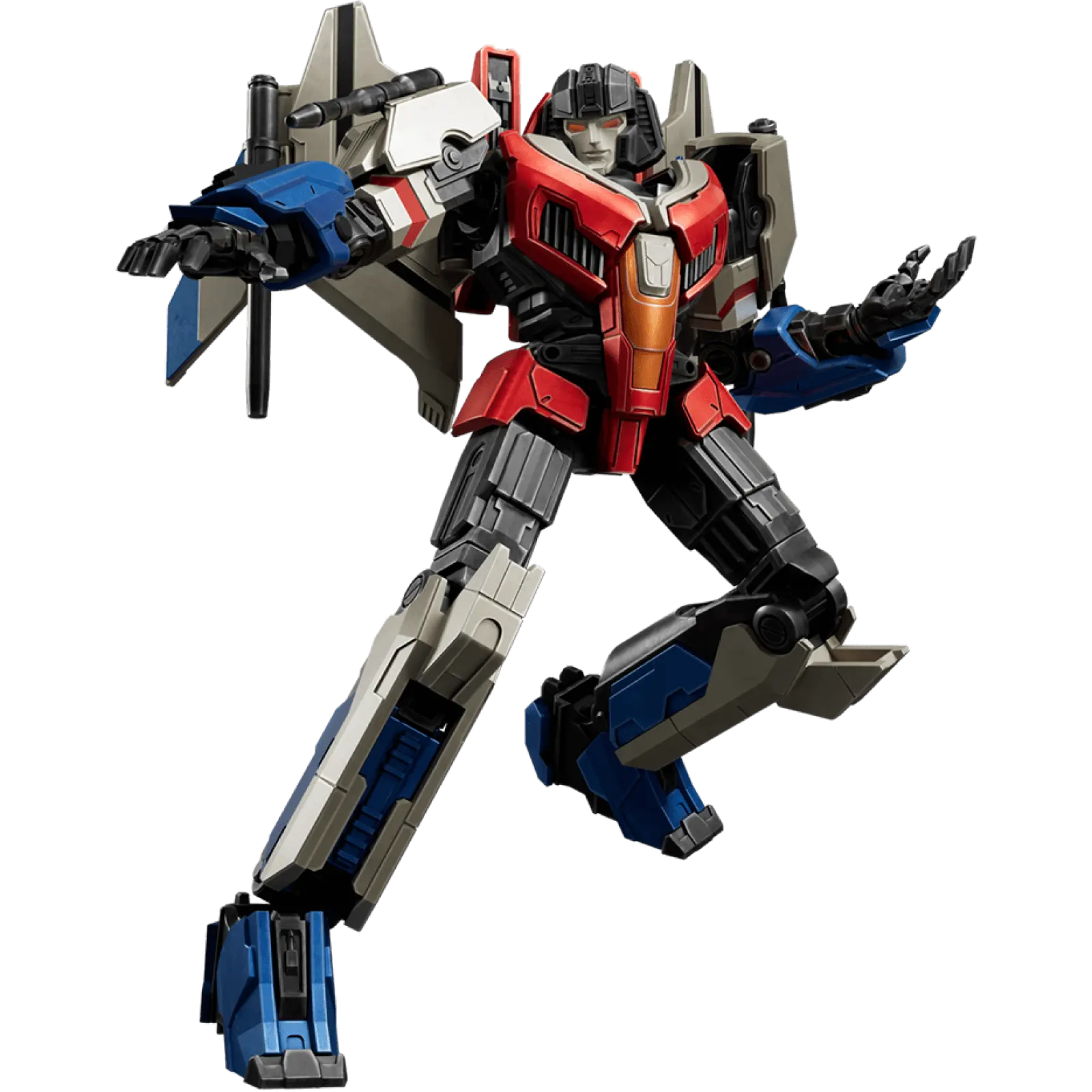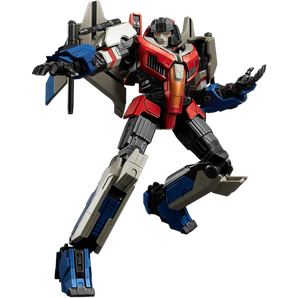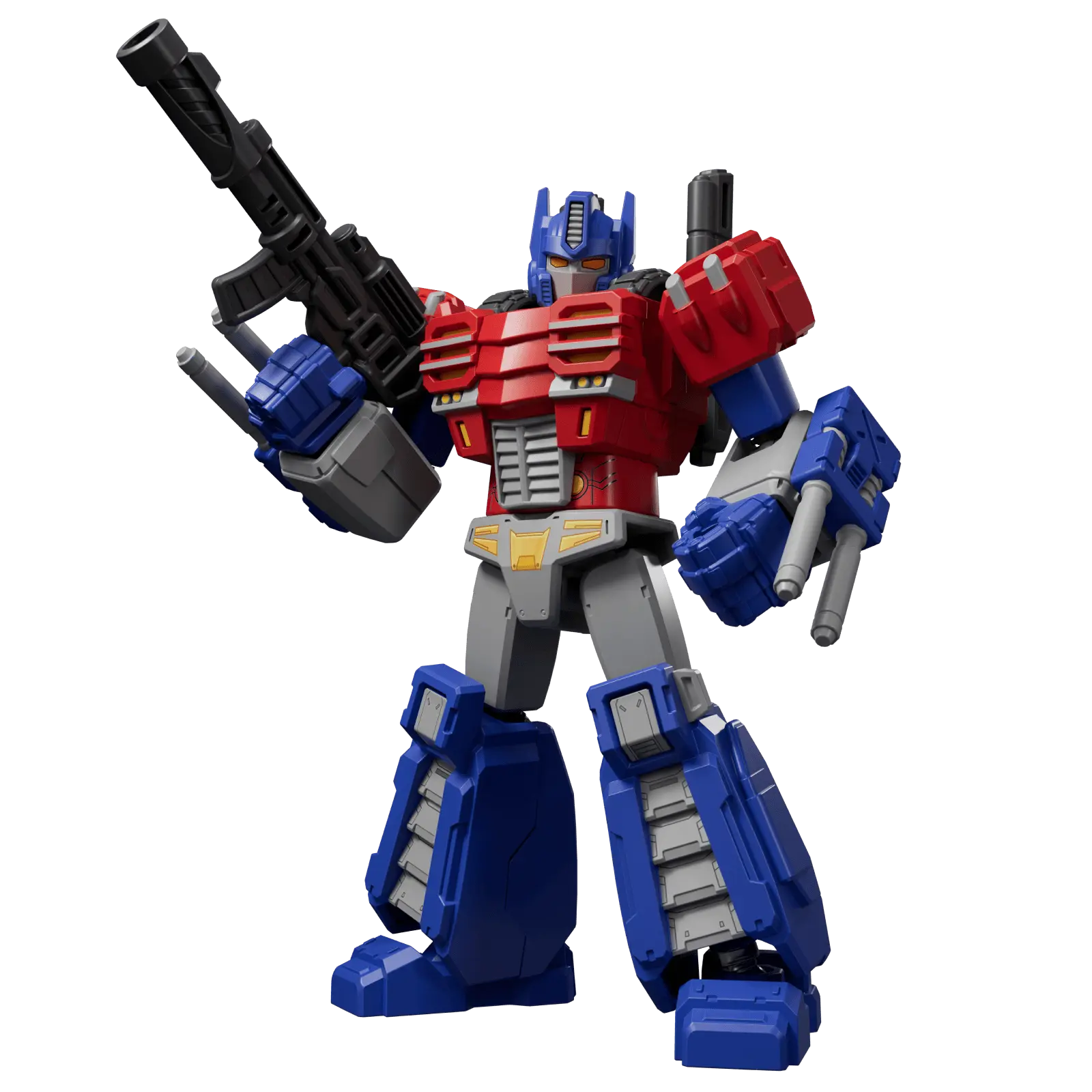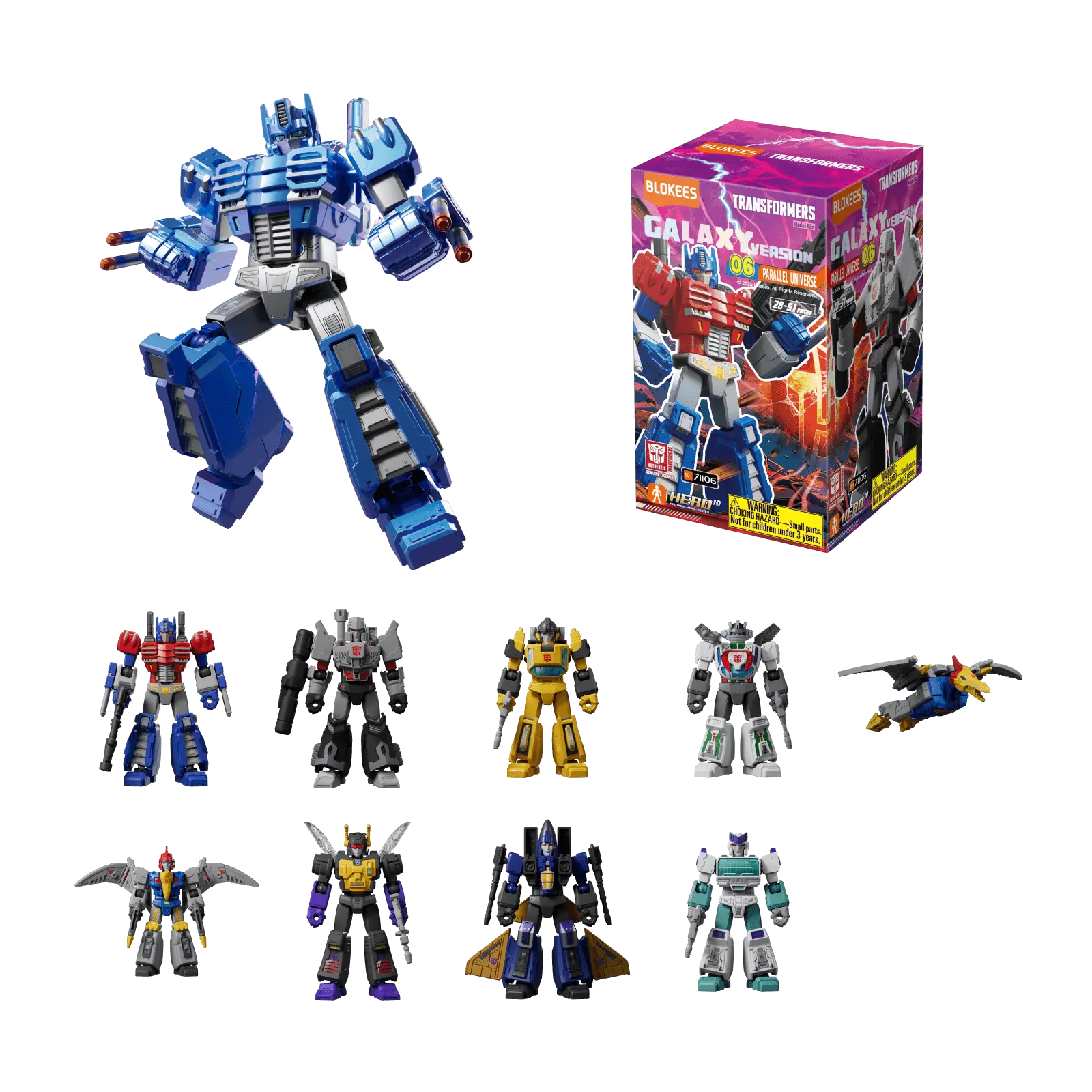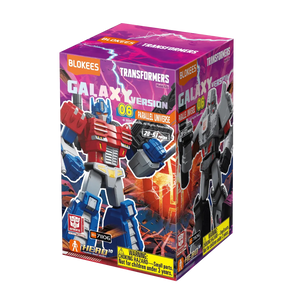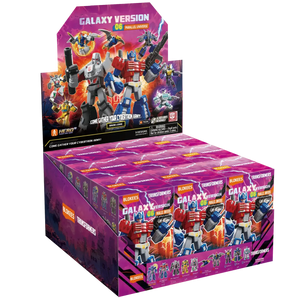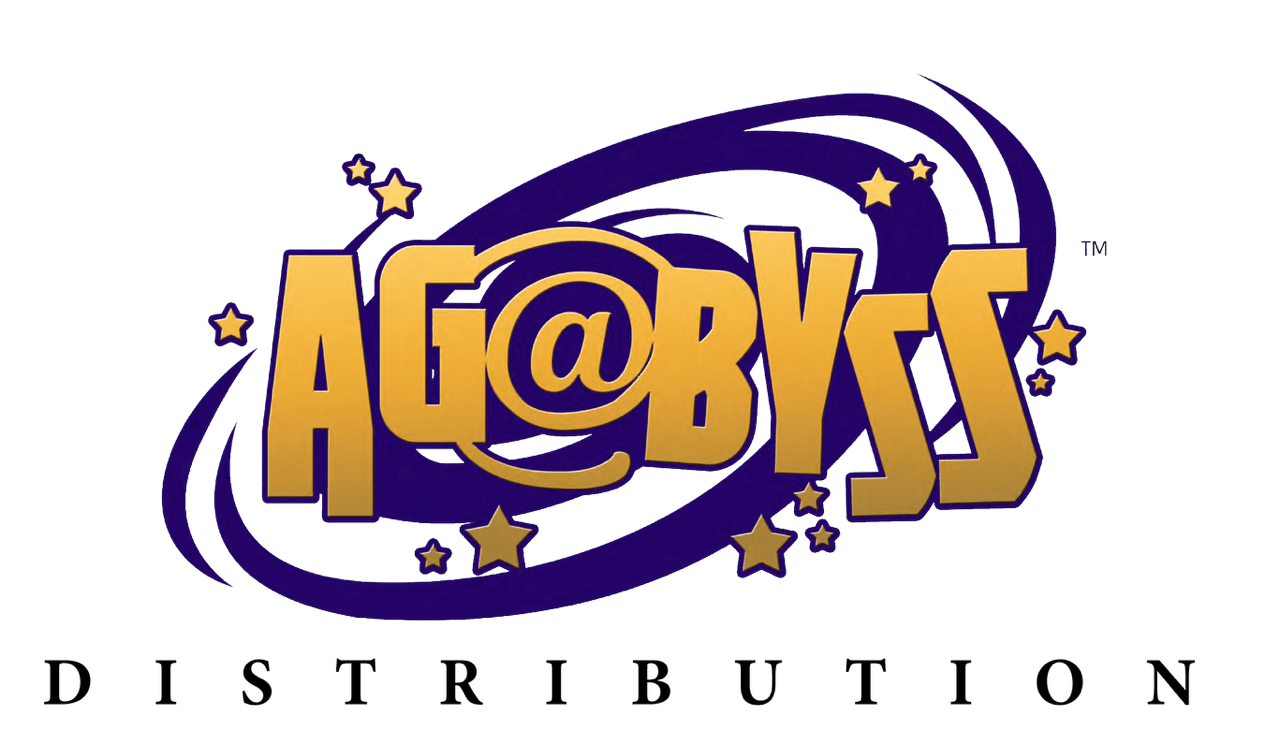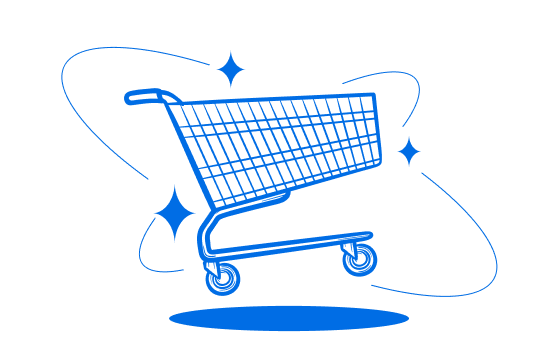Preschool years are critical for a child’s cognitive, social, and emotional development. Choosing the right preschool learning toys can spark creativity, improve problem-solving skills, and lay a foundation for lifelong learning. In 2025, educators and parents increasingly focus on educational play that combines fun with developmentally appropriate challenges.
In this guide, we explore the top rated preschool learning toys, explain their benefits, and provide tips on selecting toys that match your child’s interests and developmental stage.
Criteria for Choosing Top Rated Preschool Learning Toys

Selecting the best learning toys requires more than just looking at ratings. Consider:
- Age Appropriateness: Toys designed for ages 3–5 support fine motor skills, problem-solving, and early literacy.
- Educational Value: Look for toys promoting STEM (science, technology, engineering, math), language, and creativity.
- Safety Standards: Ensure toys are non-toxic, have no small parts that pose choking hazards, and meet safety regulations.
- Durability: Preschoolers can be rough on toys, so choose high-quality materials.
- Engagement Level: Toys should hold attention and encourage imaginative play.
Tip: Check user reviews, educational certifications, and expert recommendations to identify top rated preschool learning toys.
STEM Toys for Preschoolers
STEM learning is crucial even before children enter formal schooling. STEM toys teach early math, science, and problem-solving skills through hands-on activities.
Examples:
- Building blocks and magnetic tiles
- Counting and sorting sets
- Simple science kits (like water and sand exploration kits)
These toys improve logical thinking, hand-eye coordination, and spatial awareness, essential for later academic success.
Language and Literacy Development Toys
Preschoolers are developing vocabulary, phonics, and reading comprehension skills. The best learning toys can make literacy fun.
Recommended Toys:
- Alphabet puzzles and letter magnets
- Storytelling and interactive reading toys
- Voice recording and playback devices
These toys help children recognize letters, associate sounds, and develop early writing skills.
Creative and Artistic Toys
Encouraging creativity fosters self-expression and emotional development.
Top Choices:
- Crayons, washable markers, and art kits
- Playdough and modeling clay
- Musical instruments like mini keyboards or tambourines
Creative play also helps develop fine motor skills and hand dexterity, preparing children for writing tasks.
Fine Motor Skill Toys
Preschoolers refine their hand-eye coordination and dexterity through targeted activities. Toys focusing on fine motor skills include:
- Lacing beads and threading kits
- Shape sorters and stacking toys
- Pegboards and large building blocks
These activities support precision, concentration, and problem-solving, which are essential for early learning.
Social and Emotional Development Toys

Toys that encourage cooperative play build social skills. Preschoolers learn empathy, sharing, and conflict resolution through interactive games.
Top Examples:
- Pretend play sets (kitchen, doctor, or store kits)
- Dollhouses and figurine sets
- Board games designed for 3–5-year-olds
Social play also supports emotional intelligence, an essential skill for preschool success.
Outdoor and Gross Motor Toys
Learning isn’t limited to the classroom. Physical activity enhances brain development and overall health.
Recommended Outdoor Toys:
- Balance bikes or tricycles
- Foam balls and soft climbing sets
- Tunnels, slides, and obstacle courses
Outdoor STEM toys, like water tables, combine physical activity with learning concepts such as measurement and gravity.
Technology-Integrated Learning Toys
In moderation, tech toys provide interactive learning experiences:
- Tablets with age-appropriate apps
- Learning robots and coding kits
- Interactive storybooks
These toys teach problem-solving, pattern recognition, and basic programming concepts, bridging traditional play with digital literacy.
Top Rated Preschool Learning Toys for 2025
Based on expert reviews, parent feedback, and developmental benefits, here are some highly rated toys:
- Melissa & Doug Wooden Puzzles – Develops shape recognition and problem-solving skills.
- LEGO Duplo Creative Building Blocks – Encourages STEM thinking and fine motor development.
- VTech Touch & Learn Activity Desk – Combines reading, numbers, and music for interactive learning.
- Fat Brain Toys Dimpl – Perfect for tactile sensory development and color recognition.
- Hape Pound & Tap Bench – Combines cause-and-effect learning with music.
How to Rotate Toys to Maximize Learning

Preschoolers can lose interest quickly. Rotating toys keeps play fresh and stimulates multiple skills:
- Introduce STEM toys one week, then switch to creative play the next.
- Use language toys during quiet time and gross motor toys for active play.
- Limit the number of accessible toys to encourage focus and problem-solving.
Budget-Friendly Top Rated Toys
High educational value doesn’t require a high price. Consider:
- DIY learning activities (sorting beans, building towers from cardboard)
- Discounted or used high-quality blocks and puzzles
- Multi-functional toys that cover STEM, literacy, and creativity.
Frequently Asked Questions
What are the best learning toys for preschool age?
Toys that promote STEM, literacy, creativity, and social skills are best. Examples include building blocks, alphabet puzzles, and pretend play sets.
How do I know if a toy is age-appropriate?
Check the manufacturer’s age recommendation, ensure safety standards are met, and observe if the child engages without frustration.
Are tech toys good for preschoolers?
When used in moderation, tech toys like interactive storybooks and coding robots can enhance learning and digital literacy.
Can I combine indoor and outdoor toys for learning?
Absolutely! Outdoor toys can teach STEM concepts while encouraging physical development, complementing indoor creative and literacy activities.
How often should I rotate toys?
Every 1–2 weeks is ideal to maintain novelty and encourage new skills without overwhelming your child.
Conclusion
Investing in top rated preschool learning toys is more than a fun purchase—it supports early development in STEM, literacy, creativity, and social skills. In 2025, parents and educators can find a wide variety of safe, engaging, and educational toys. By selecting age-appropriate toys and rotating play options, children thrive both cognitively and emotionally.
For curated options for ages 3+, explore our age 3+ collection and discover top rated preschool learning toys that inspire curiosity, learning, and fun.

































